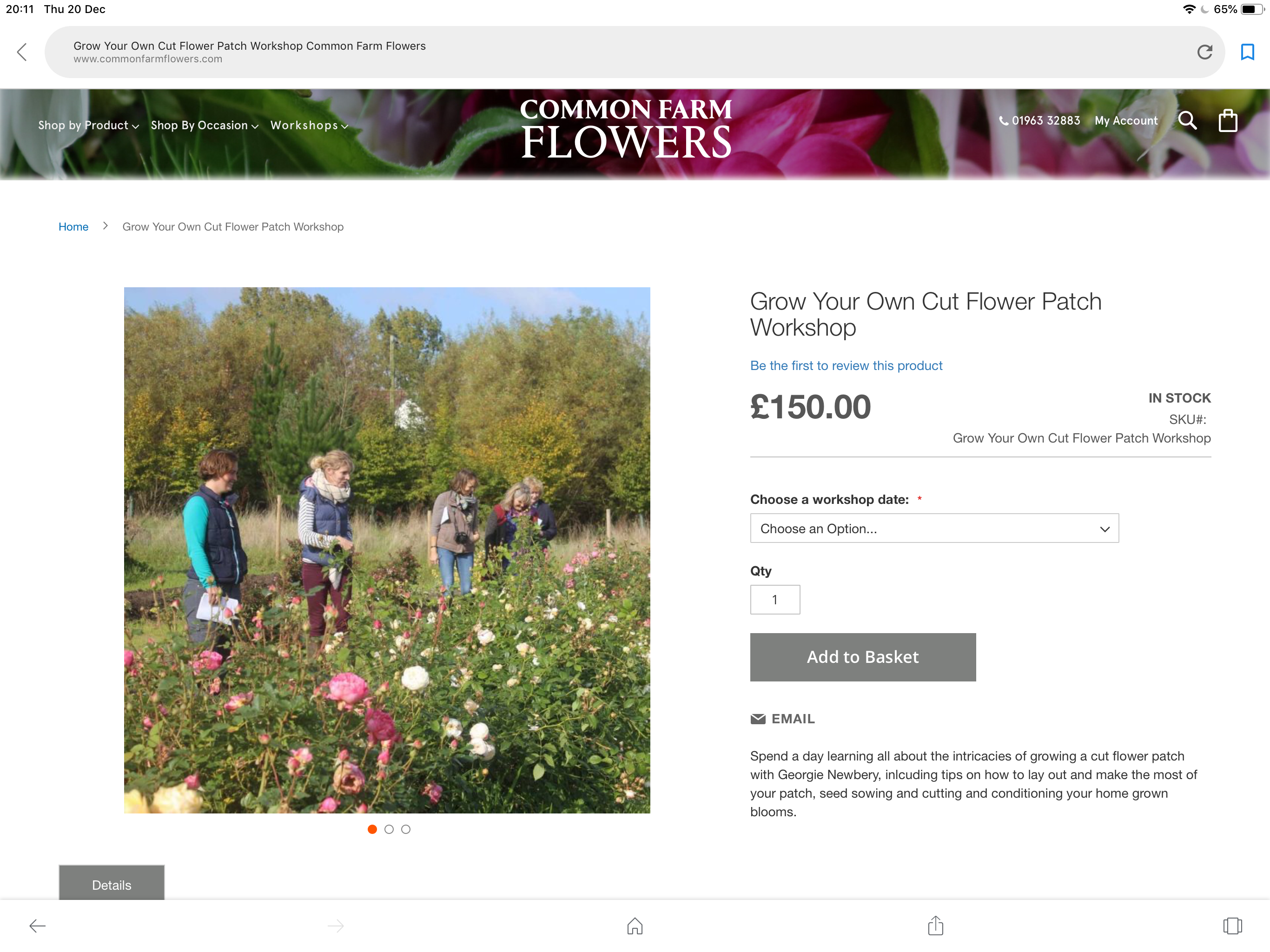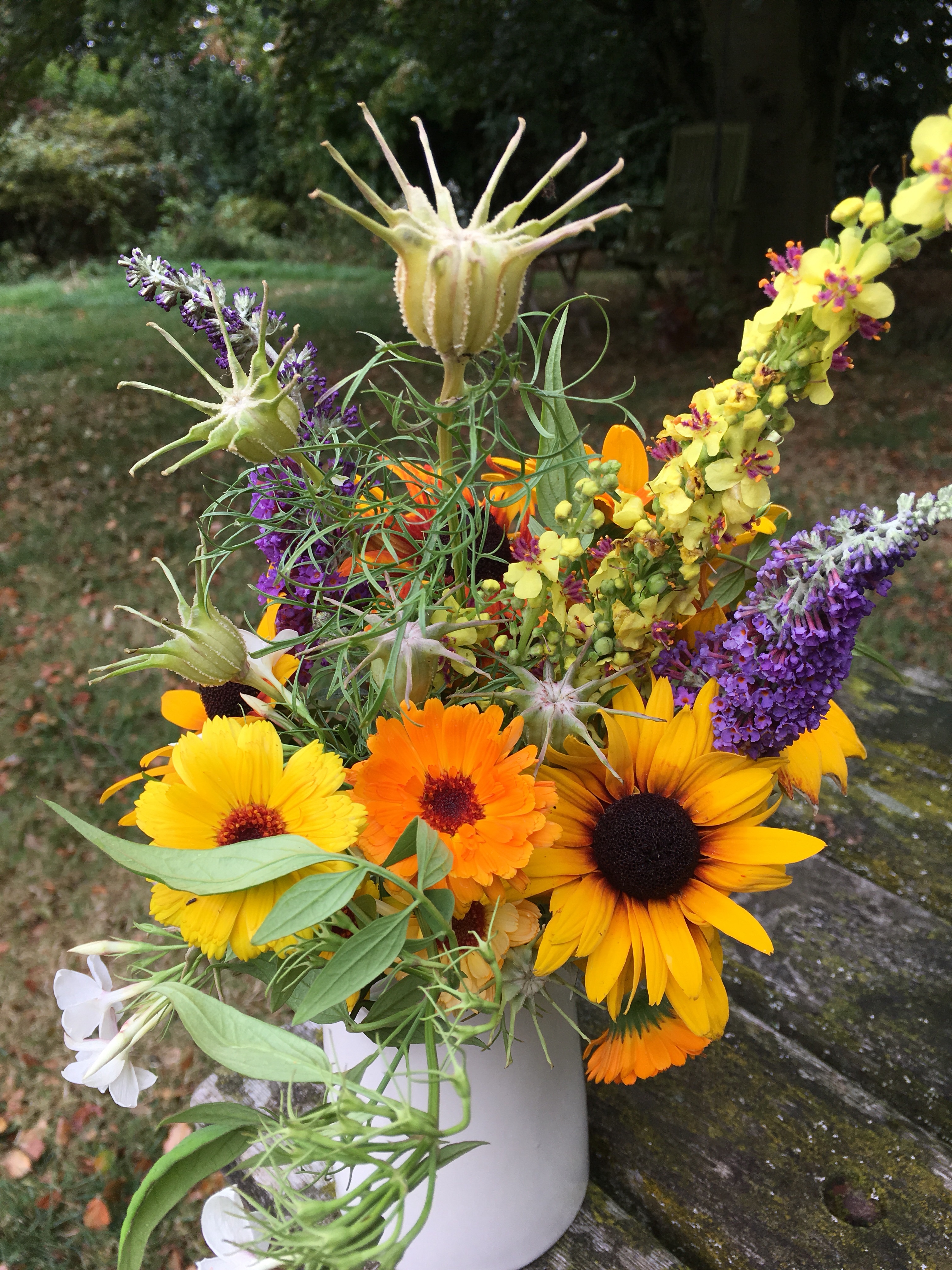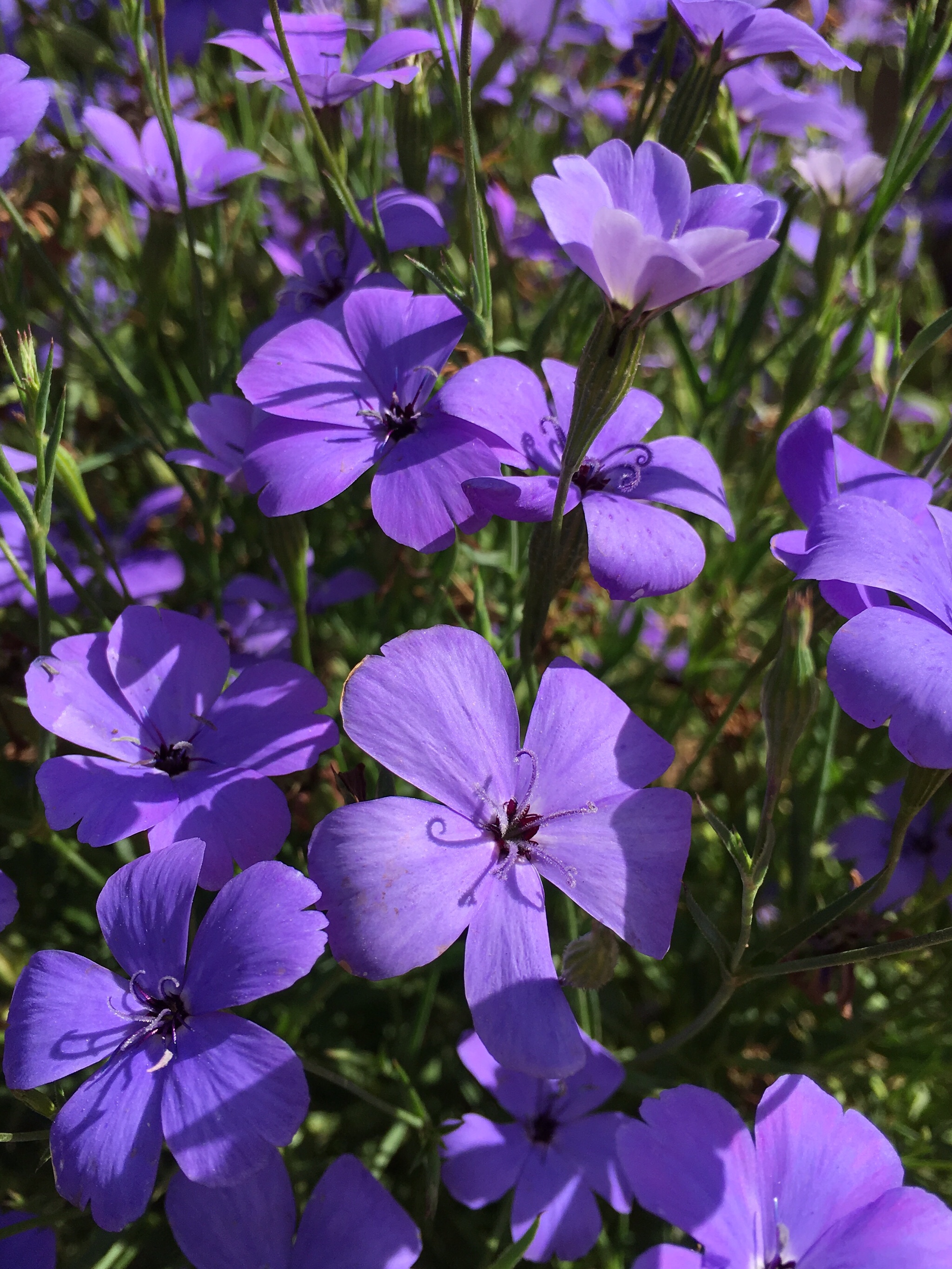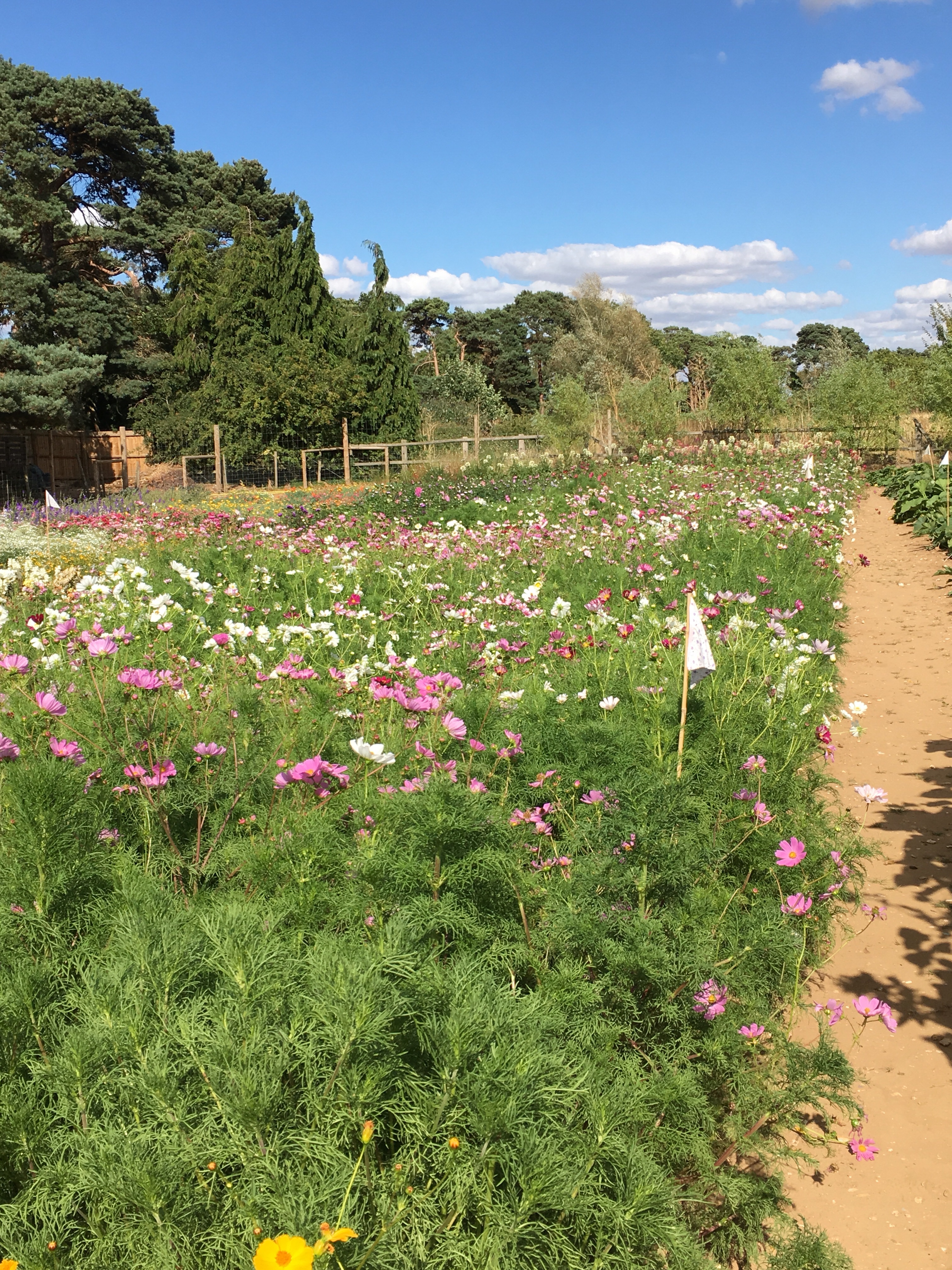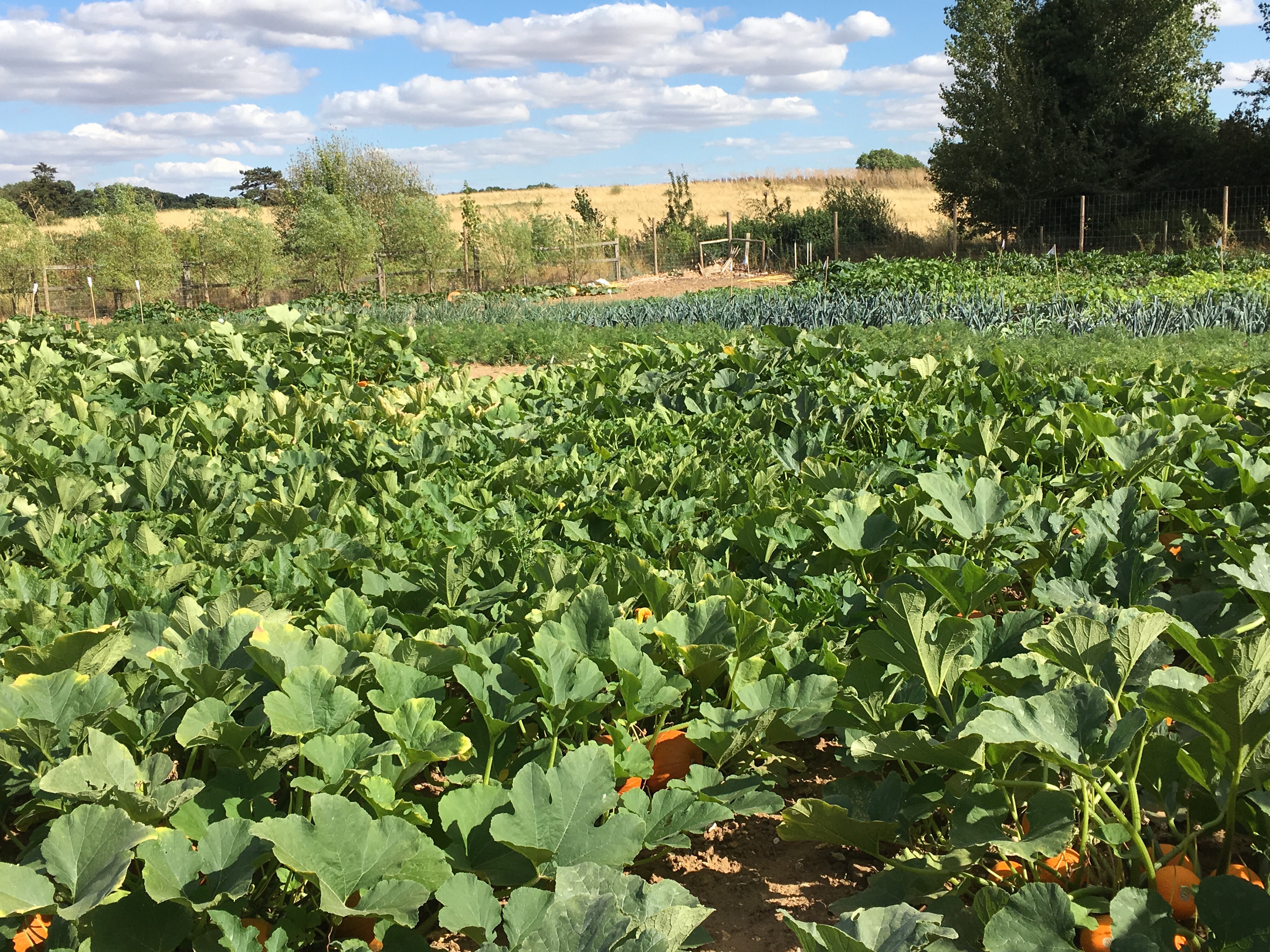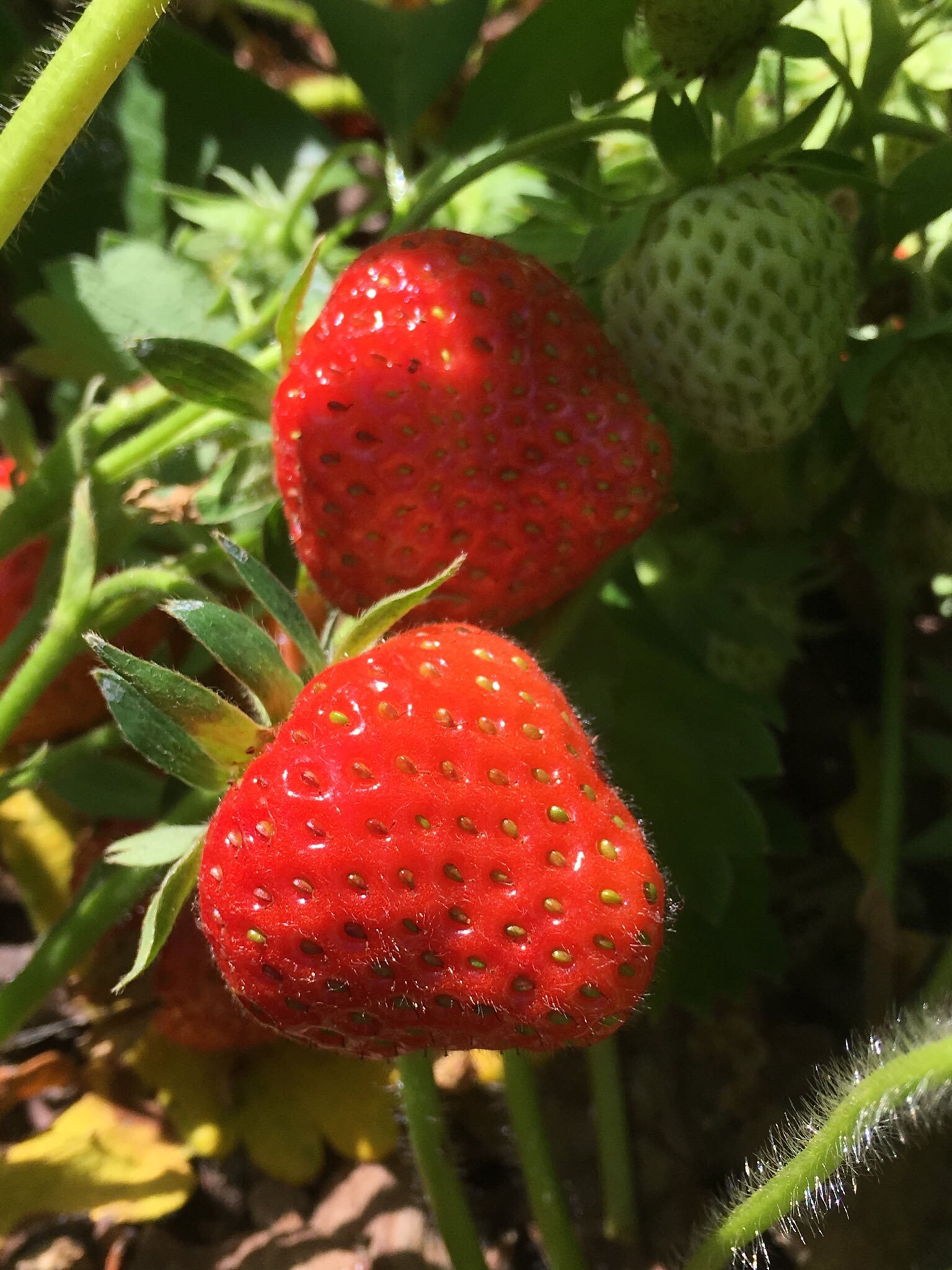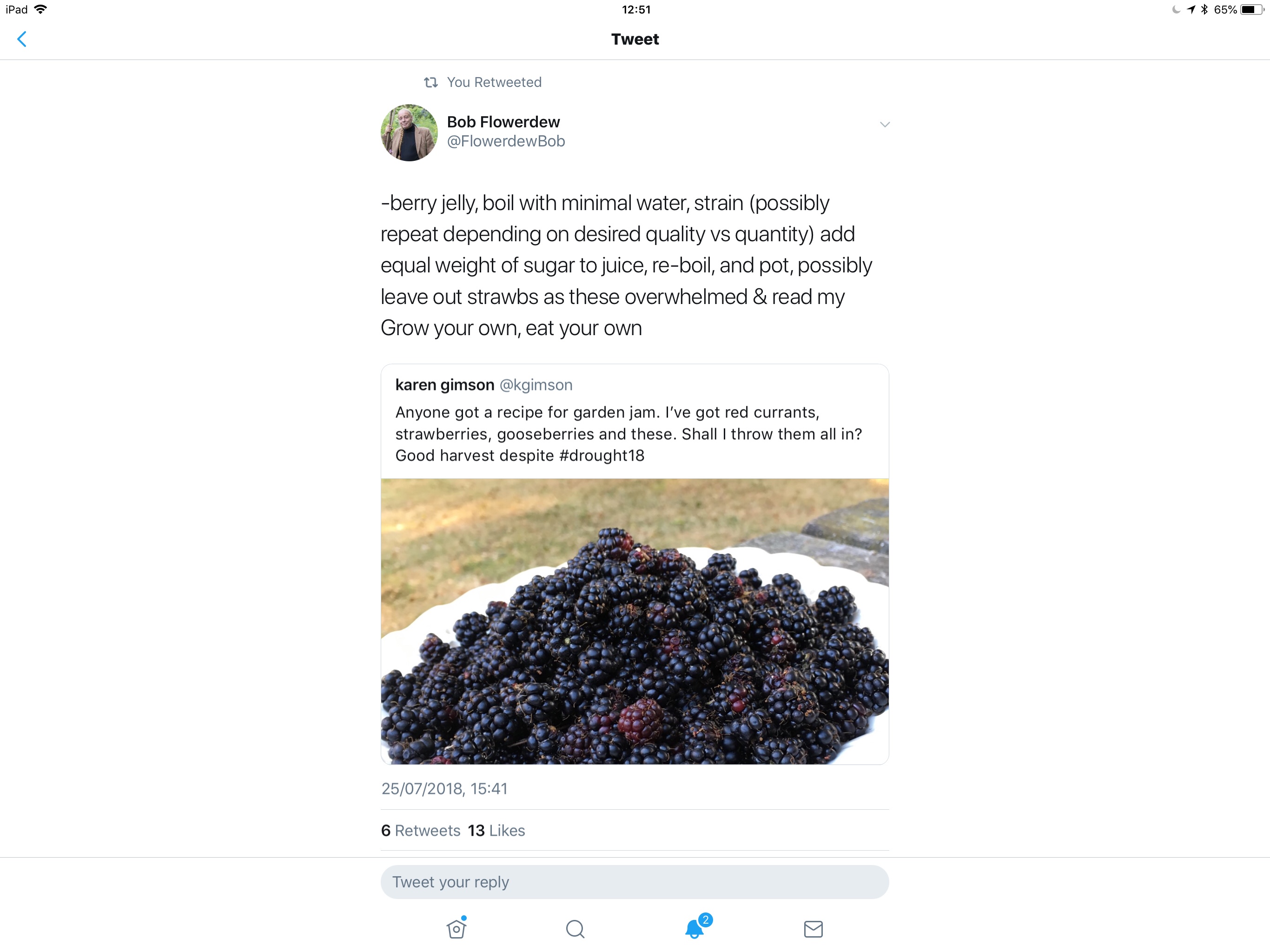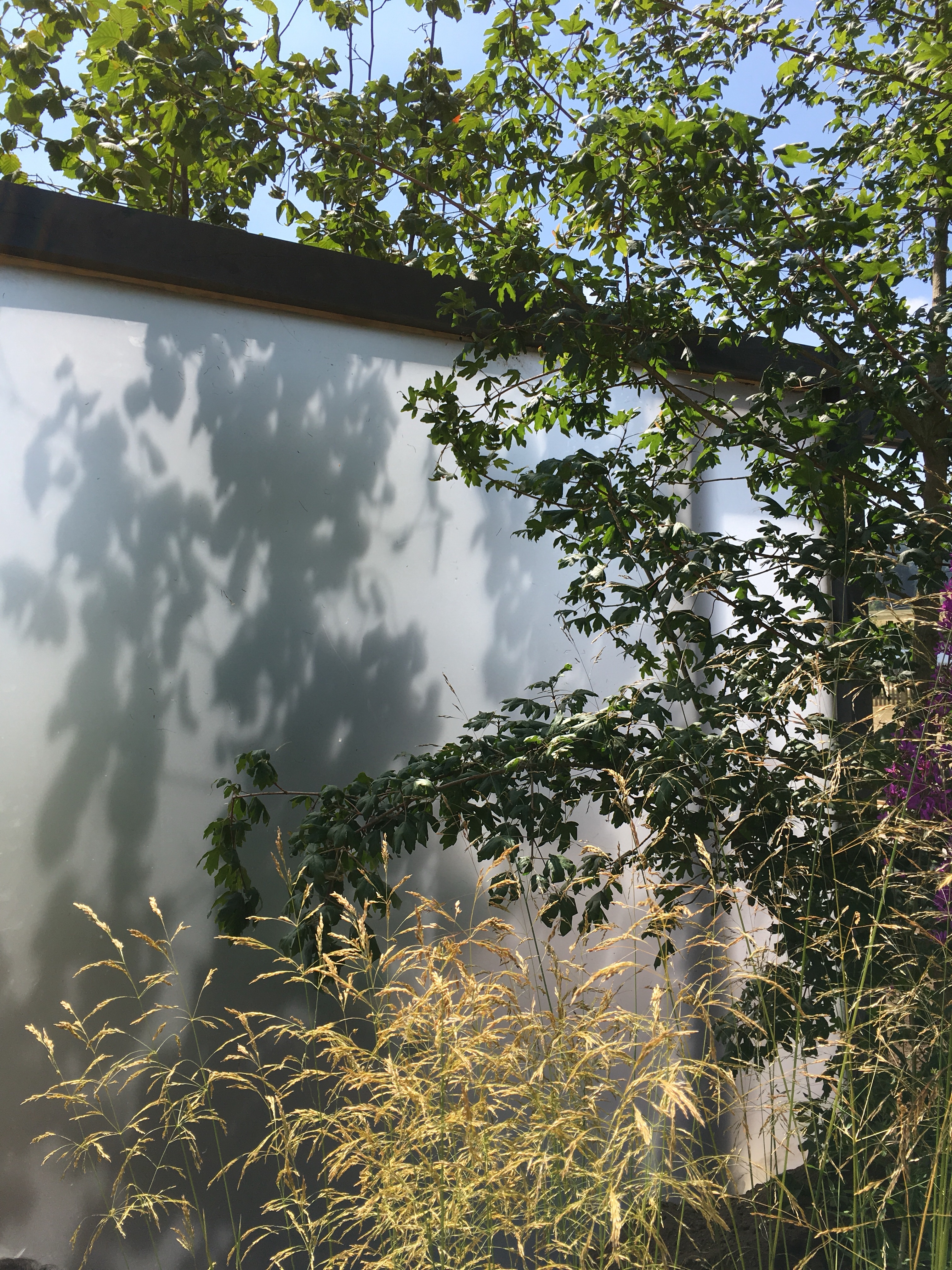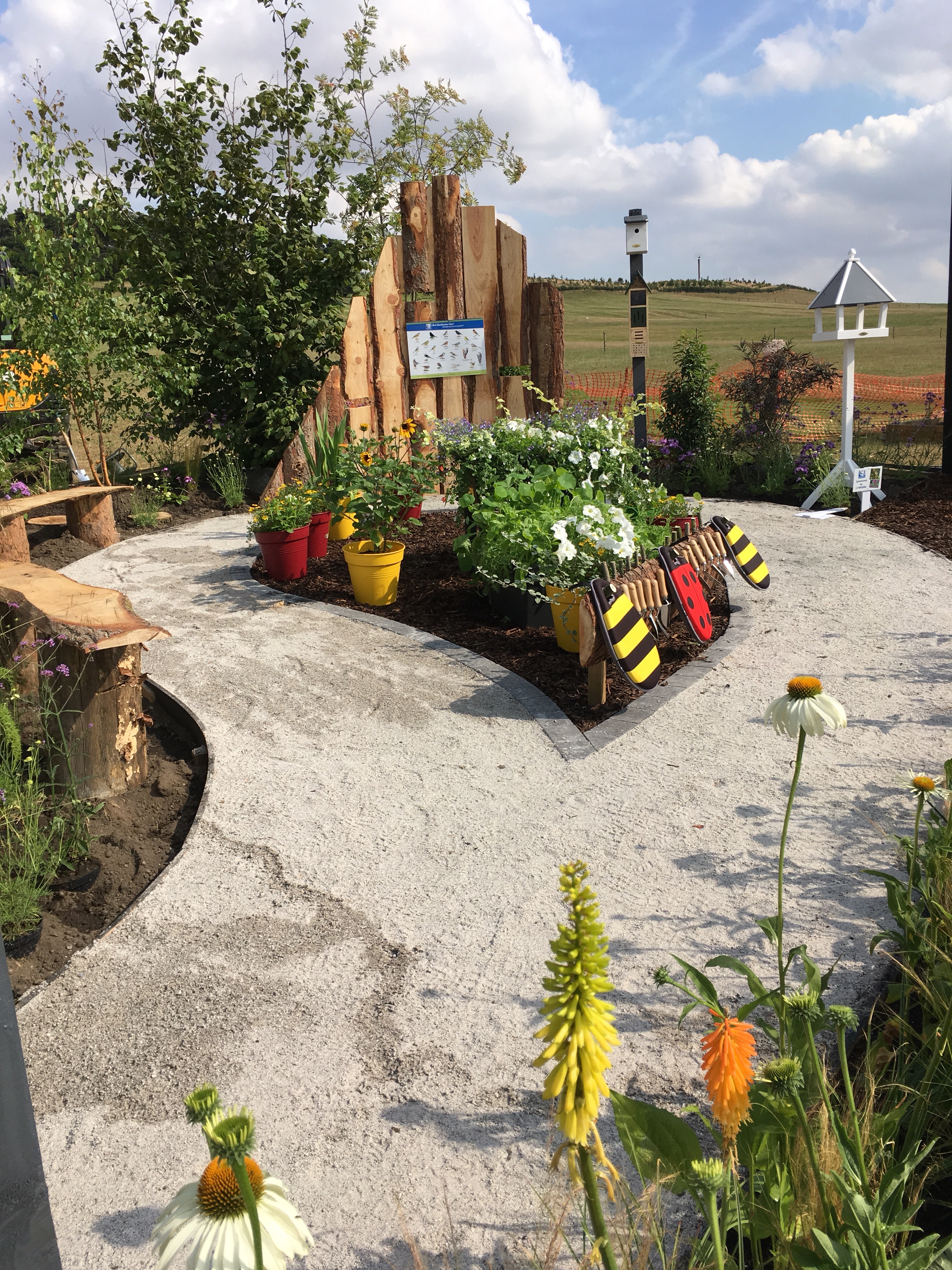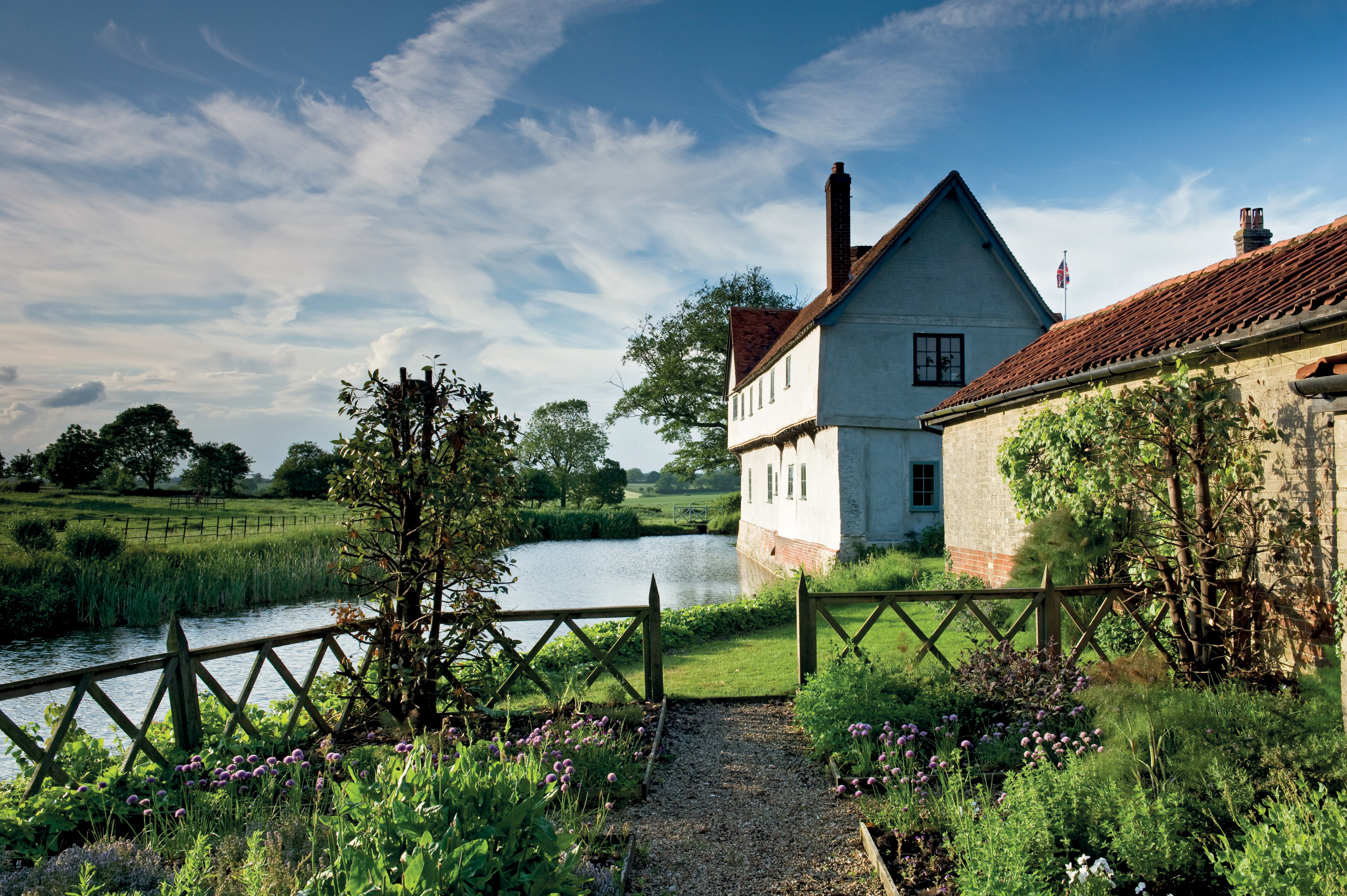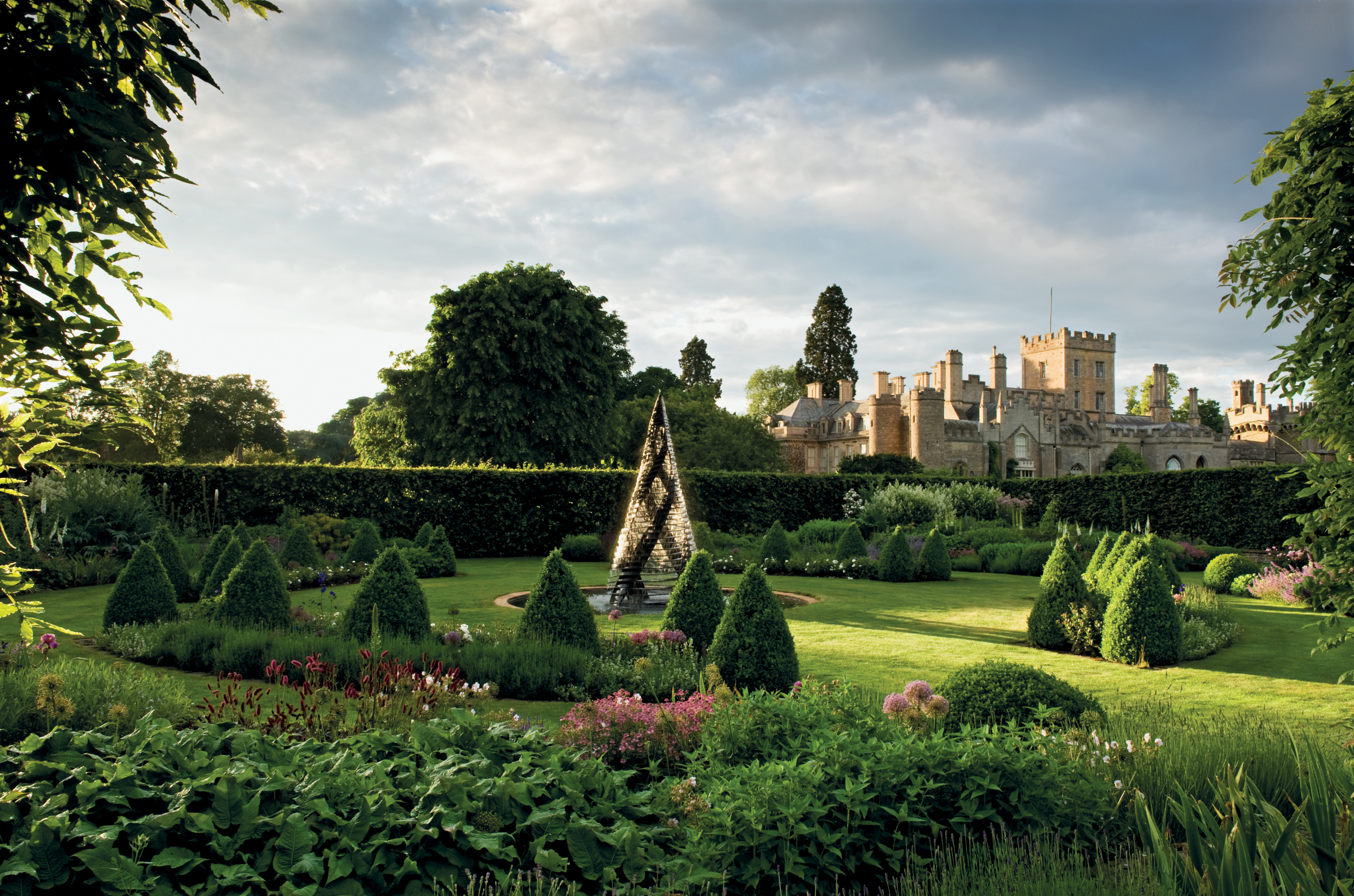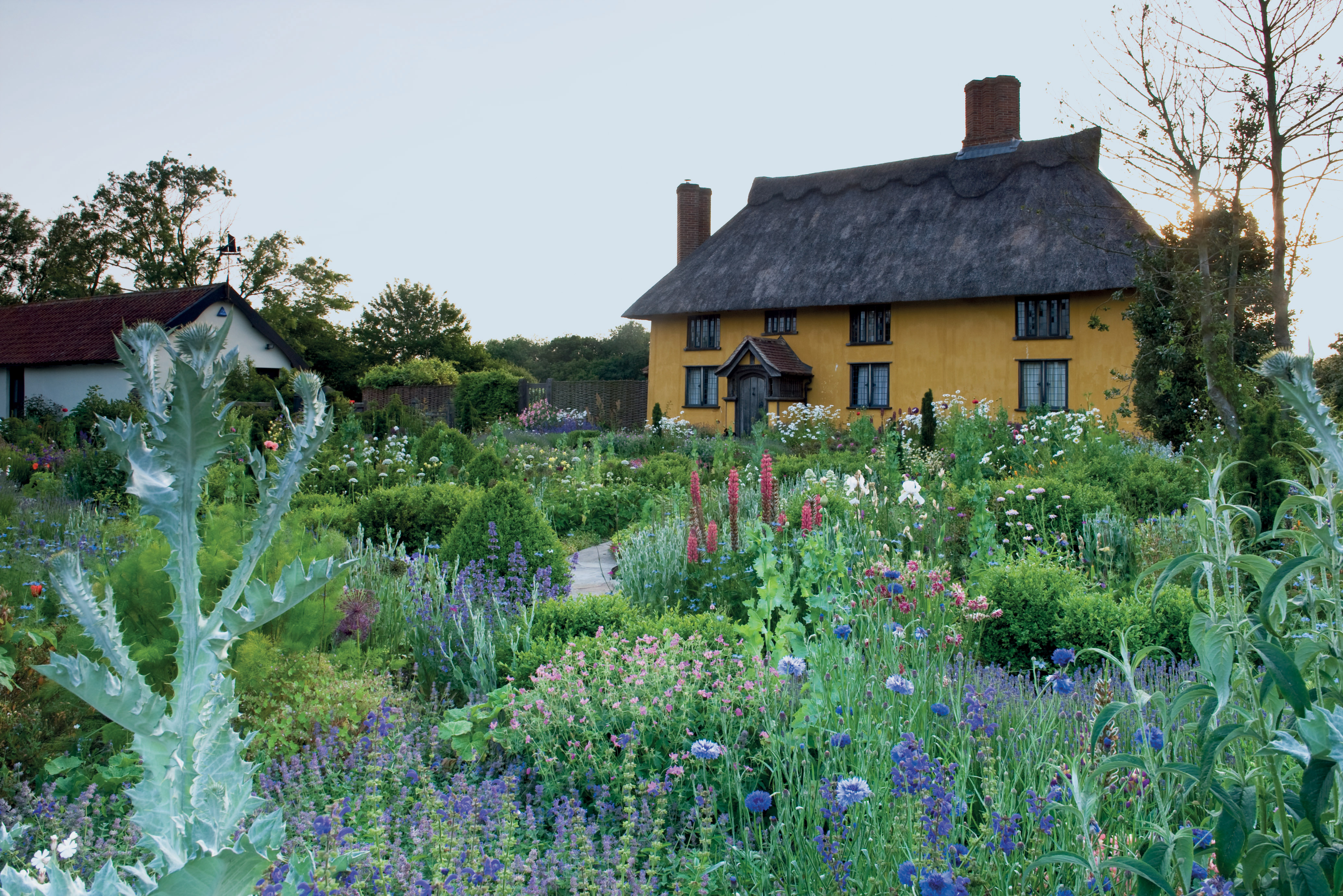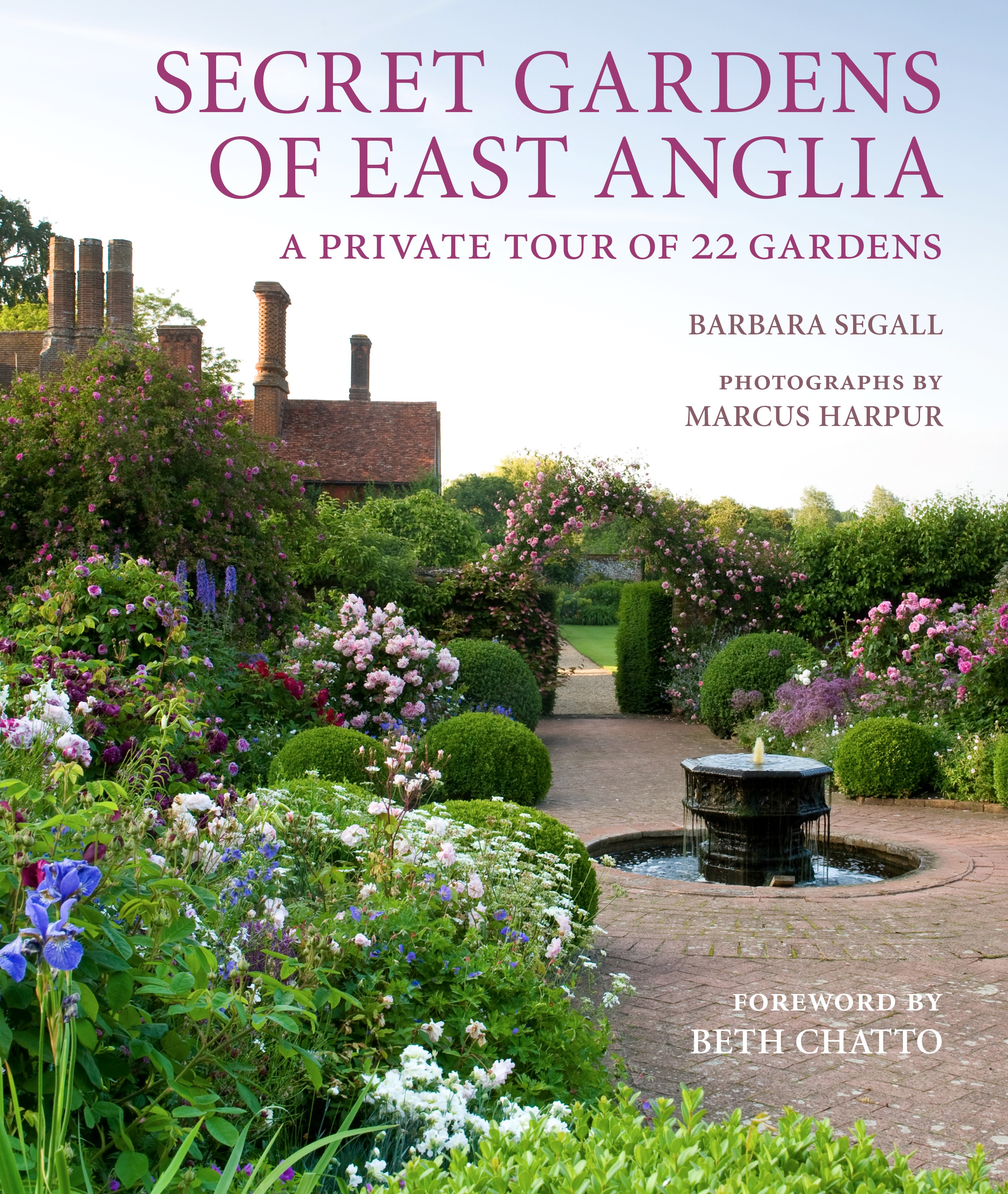
Following my recent post on the 60th anniversary celebrations of the Azalea Bowl at Exbury Gardens, here are further details of events for the rest of the year.
Highlights include:
June – In collaboration with the Friends of The New Forest Airfields, a children’s art exhibition to coincide with the 80th anniversary of D-Day. Exbury House was requisitioned by the Admiralty, commissioned as ‘stone frigate’ HMS Mastodon and used for D-Day planning.
Also in June will be the 300th anniversary of landscape designer William Gilpin’s birth. A proponent of the Picturesque style, he promoted the idea that ‘nature knew best’ and encouraged Exbury’s owner at the time, William Mitford, to open up a view from Exbury House to the Isle of Wight, install a ha-ha and create the Glade, all of which still remain today.
Dads can also get half price entrance to the Gardens on Father’s Day 16 June, plus there will be a Model Railway exhibition in the Engine Shed 15-16 June and an Austin Counties Car show 16 June. These are all free with garden admission.
July – For Dragonfly Week, experts Ruary Mackenzie Dodds and Kari de Koenigswarter will be leading walks and talks on these fascinating insects centred around Exbury’s Dragonfly Pond, a British Dragonfly Society hotspot.
August/September – seasonal spotlight on hydrangeas with guided tours by Exbury’s garden team, and over the summer holidays there will be Garden Games for younger visitors throughout the grounds.

Exbury Gardens was created by Lionel de Rothschild, a member of the famous banking family, who bought the Exbury Estate in the New Forest in 1919. Within twenty years he had created a stunning woodland garden of some 200 acres, bred over 1200 hybrids – many of which still survive today – and helped introduce one of the most famous rhododendrons of all, R. yakushimanum. Lionel, who was a passionate plantsman, was fittingly described as ‘a banker by hobby but a gardener by profession’. He had an artist’s eye and a scientist’s brain.

Lionel’s team improved the New Forest soil at Exbury with spent hops to improve the naturally acidic soil and create the perfect growing conditions for the wonderful collection of rhododendrons, azaleas, camellias, cotoneasters, magnolias, viburnums and many other beautiful woodlanders. Twenty miles of pathway was laid, the same of irrigation buried, and a 100 ft water tower and reservoirs were built to help facilitate the much-needed watering of the gardens. One of the largest man-made rock gardens in Europe was constructed by installing a temporary railway to transport rocks to the 2 ½ acre site and took four years to build and plant.

Thousands of rhododendrons have been planted over the years and well over 1,000 hybrids have been raised by three generations of the Rothschild family. The gardens also boast many Champion and rare trees and National Collections for Nyssa and Oxydendrum. In recent years, the gardens have been further developed with a new generation of rare and unusual trees and shrubs, new vistas opened up, the season extended with more unusual summer flowering shrubs and strong emphasis on autumn colour, as well as an extension of its 1 ½-mile Rhododendron Line steam railway.
Links: more information about Exbury here:
I wrote about the Azalea Bowl anniversary here
https://bramblegarden.com/2024/05/03/garden-visiting-exbury-gardens/
Many thanks to photographer Stephen Studd for allowing me to use his stunning photos of Exbury which I thought you would all enjoy.

Thank you for reading my blog and leaving your comments. I hope you’ve all had a fantastic Bank Holiday weekend. Happy Gardening!









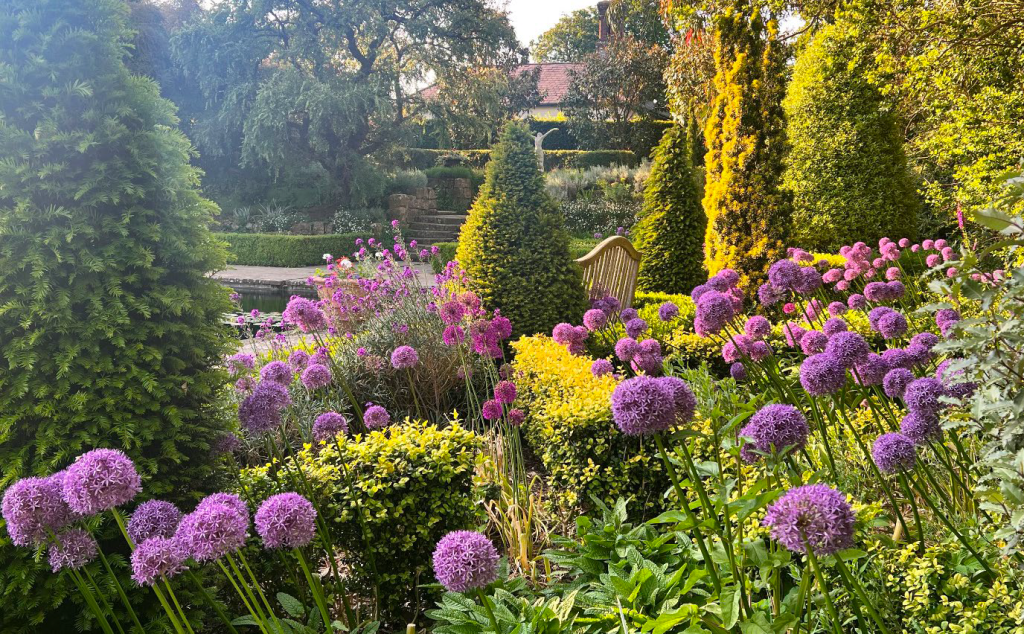
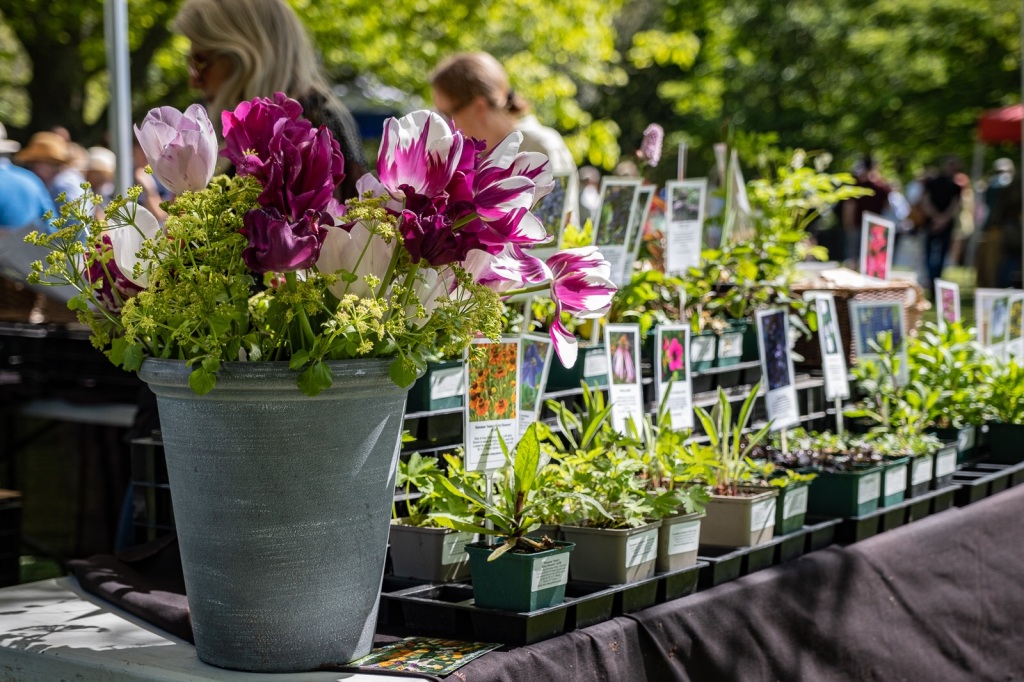


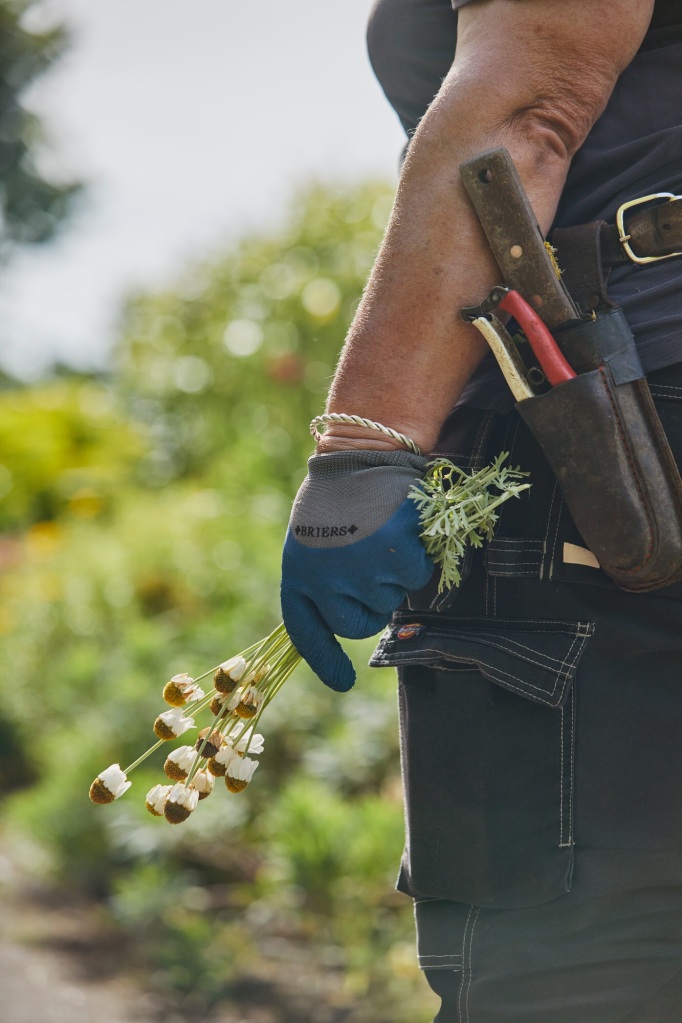





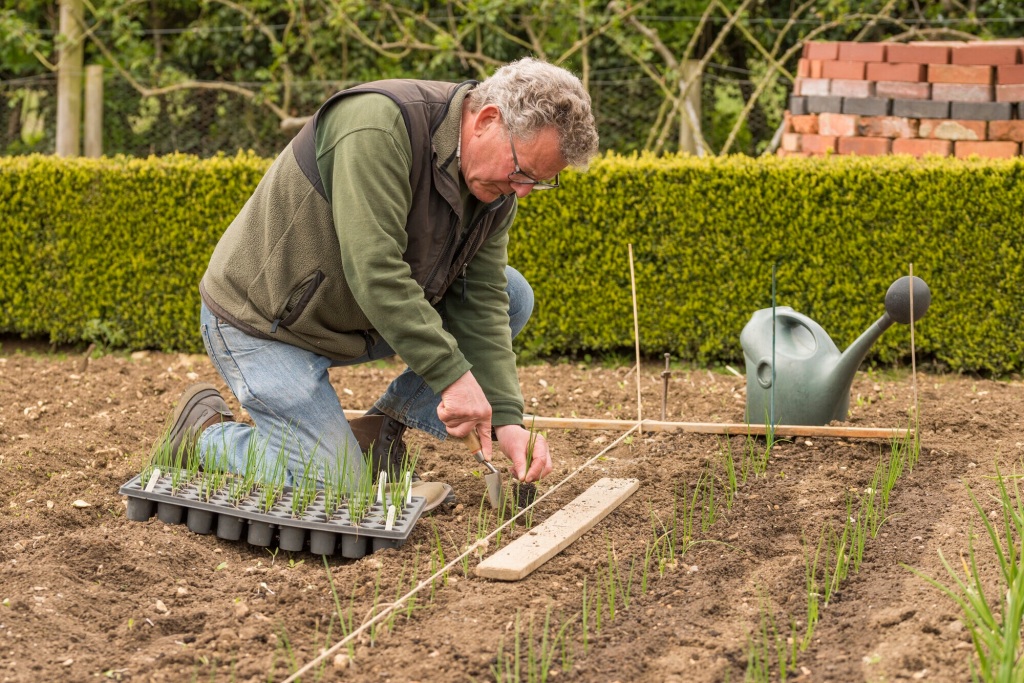

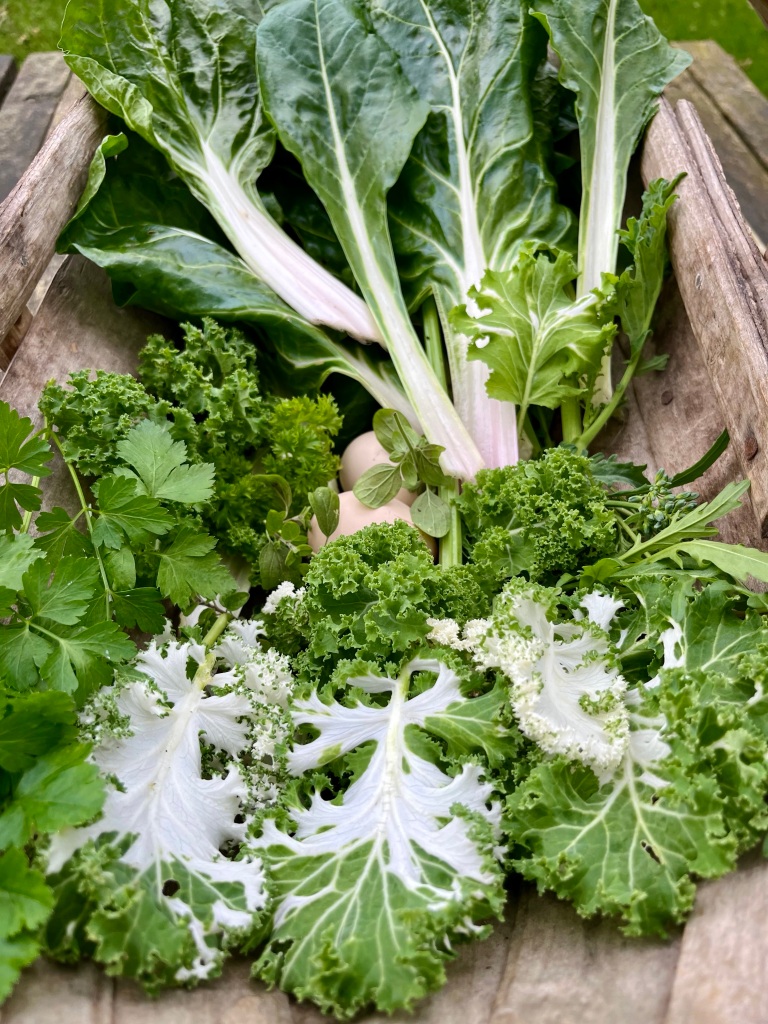

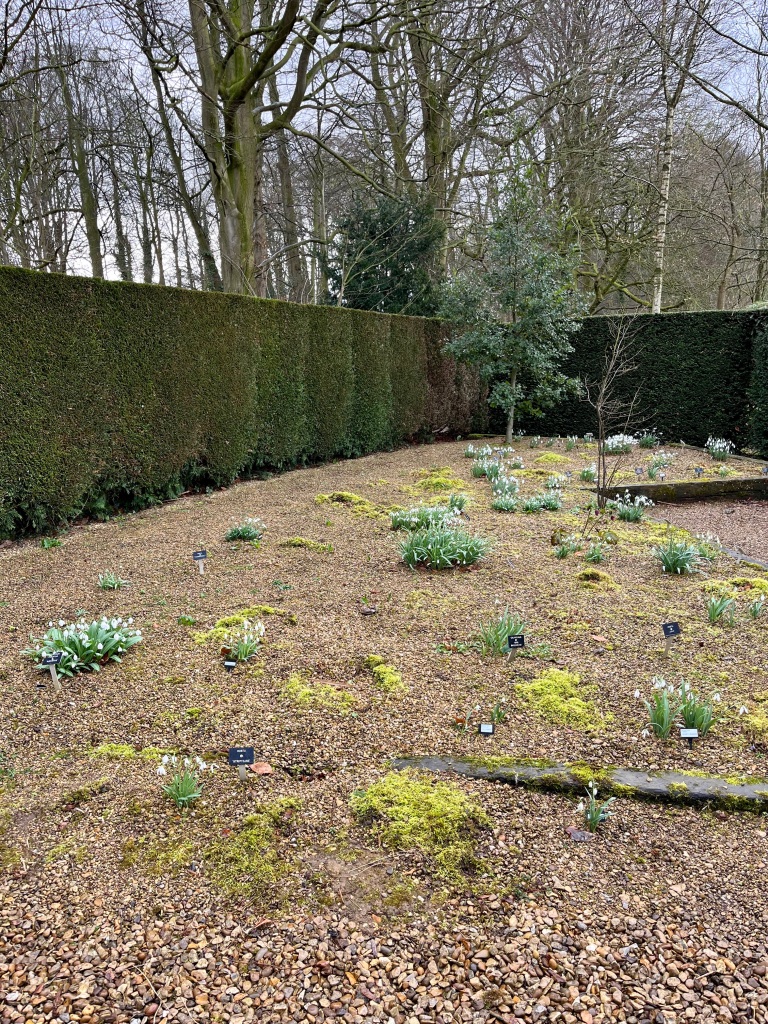

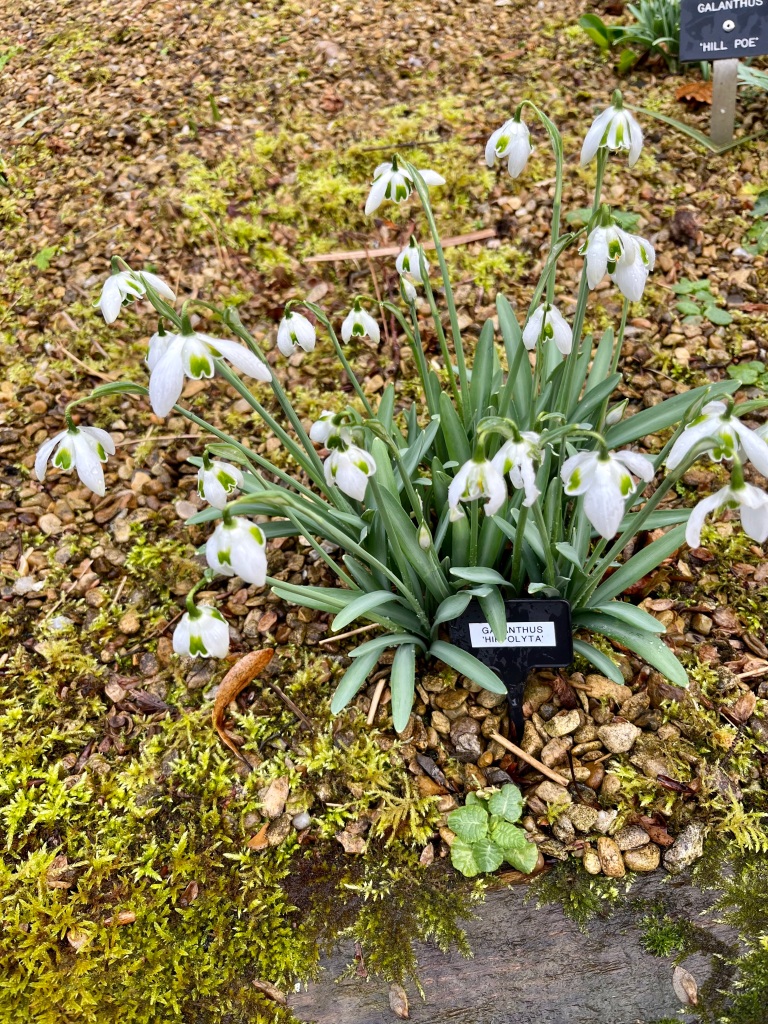

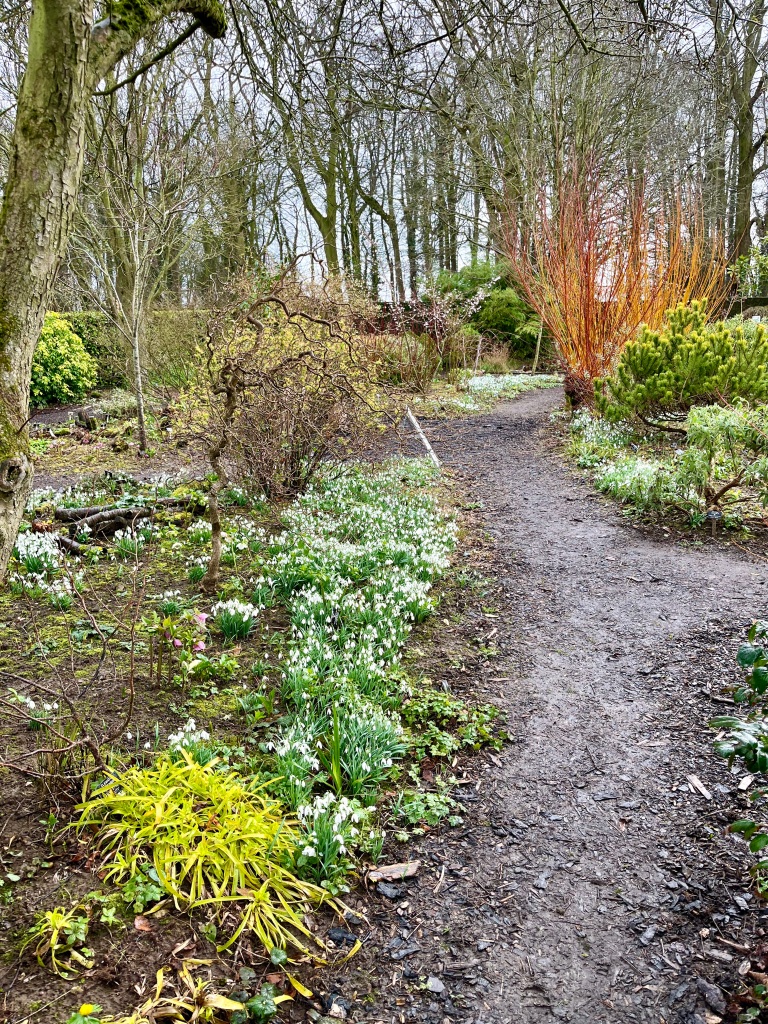
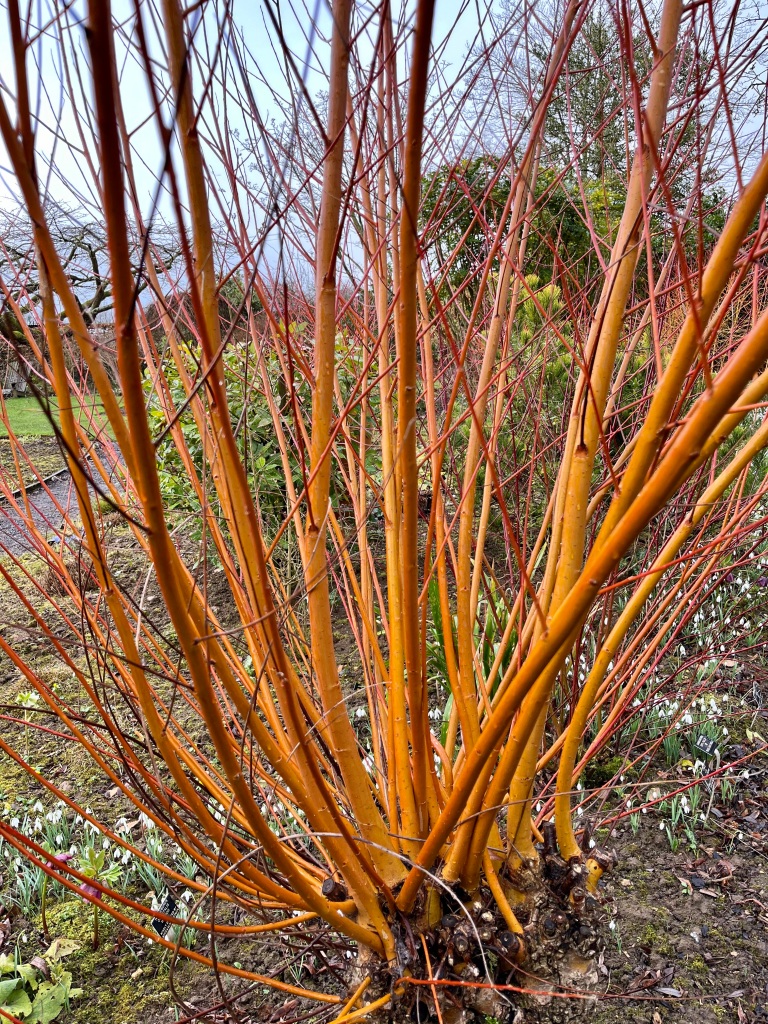


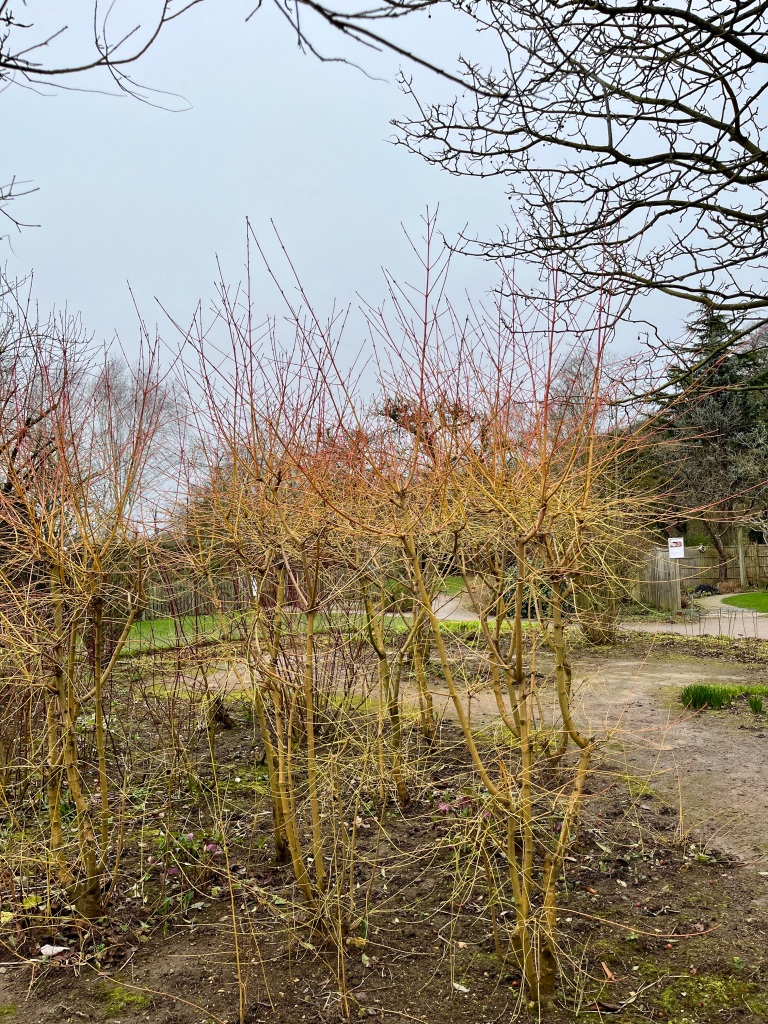



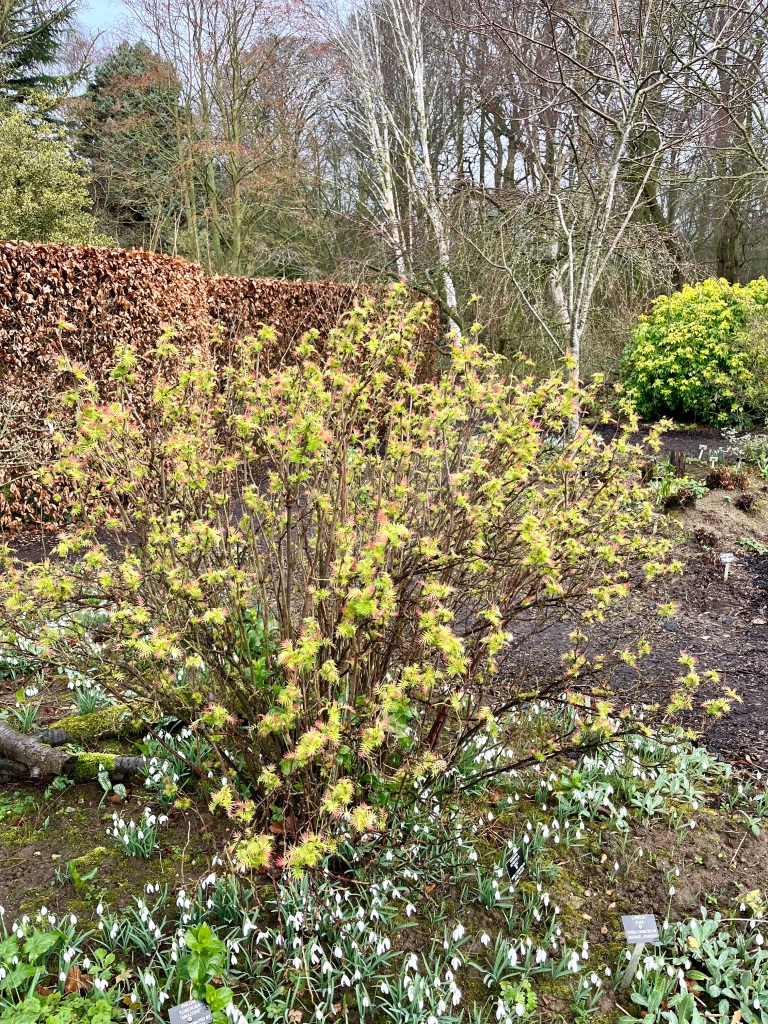

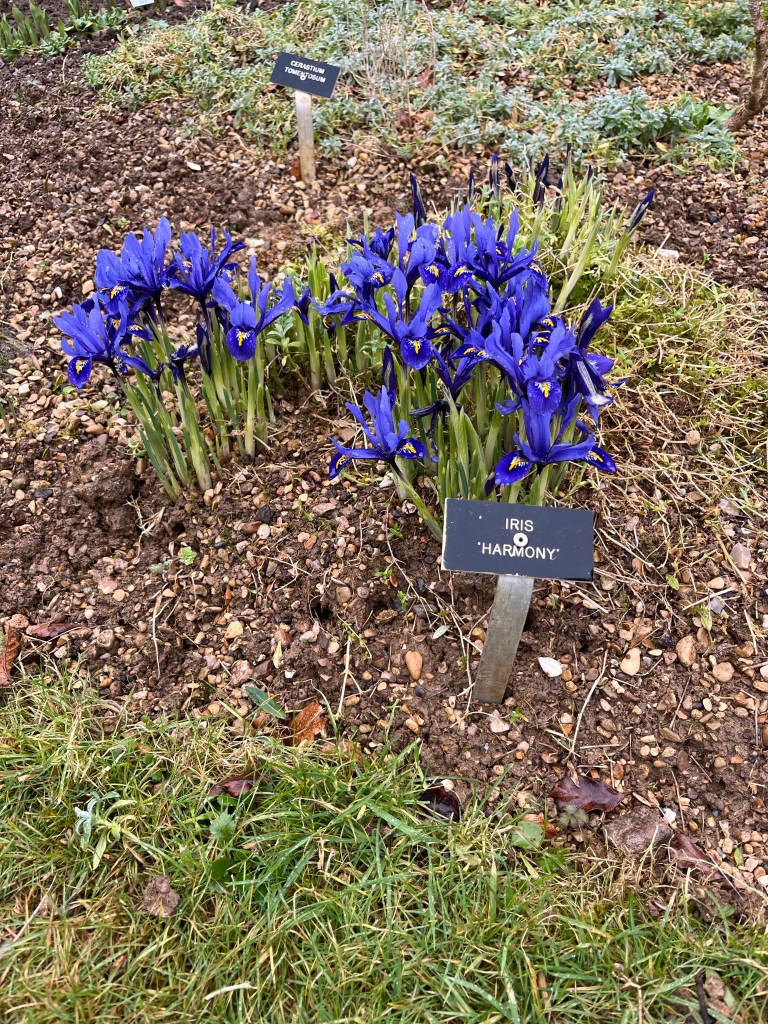


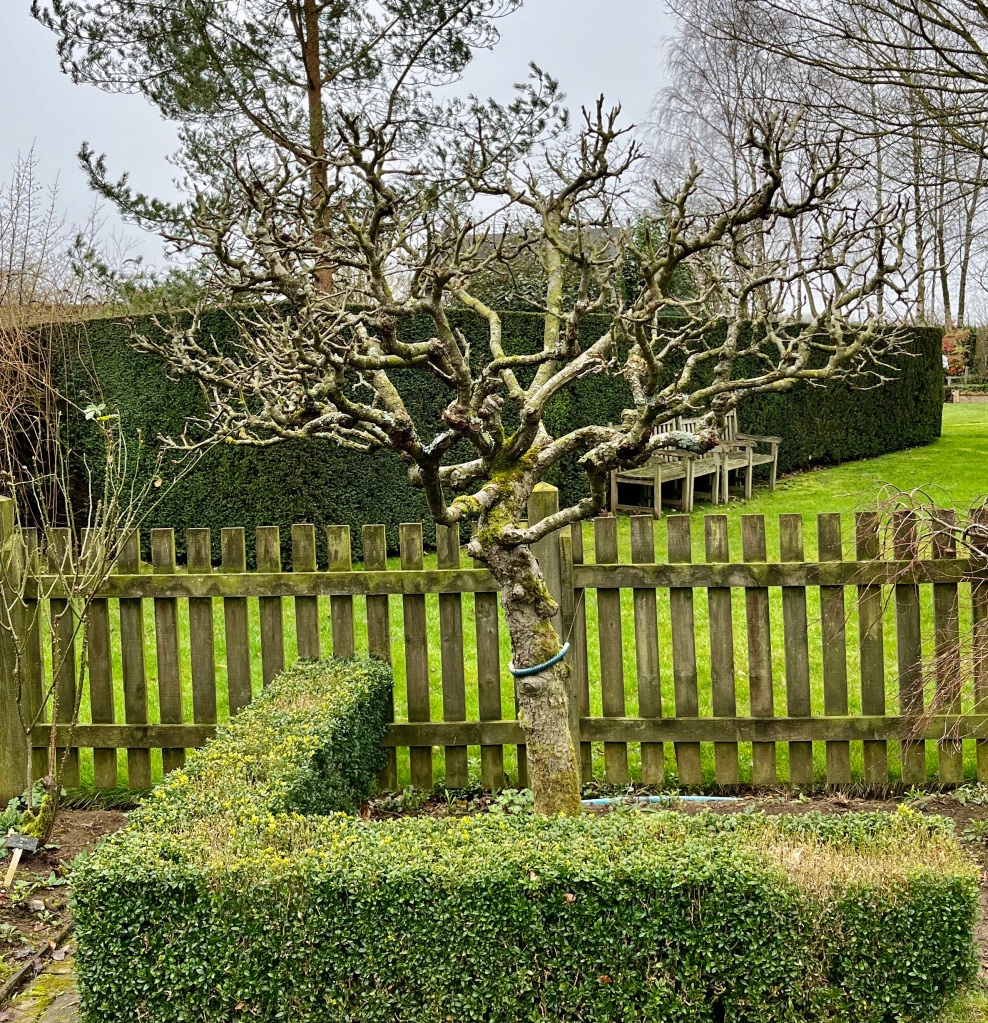






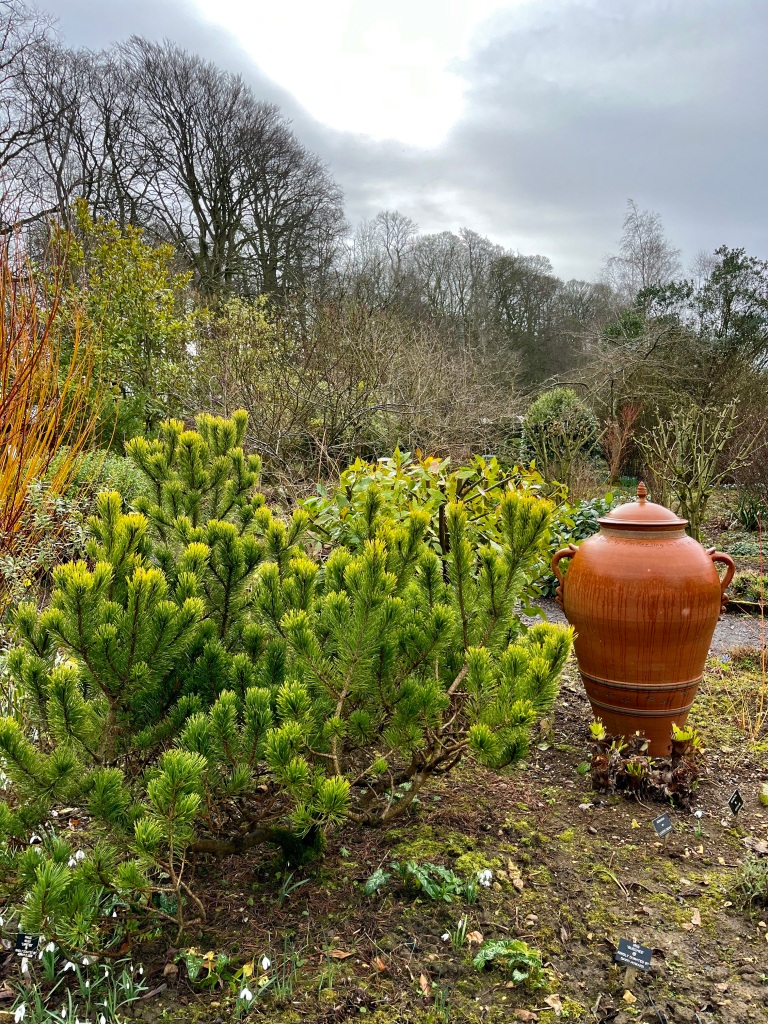
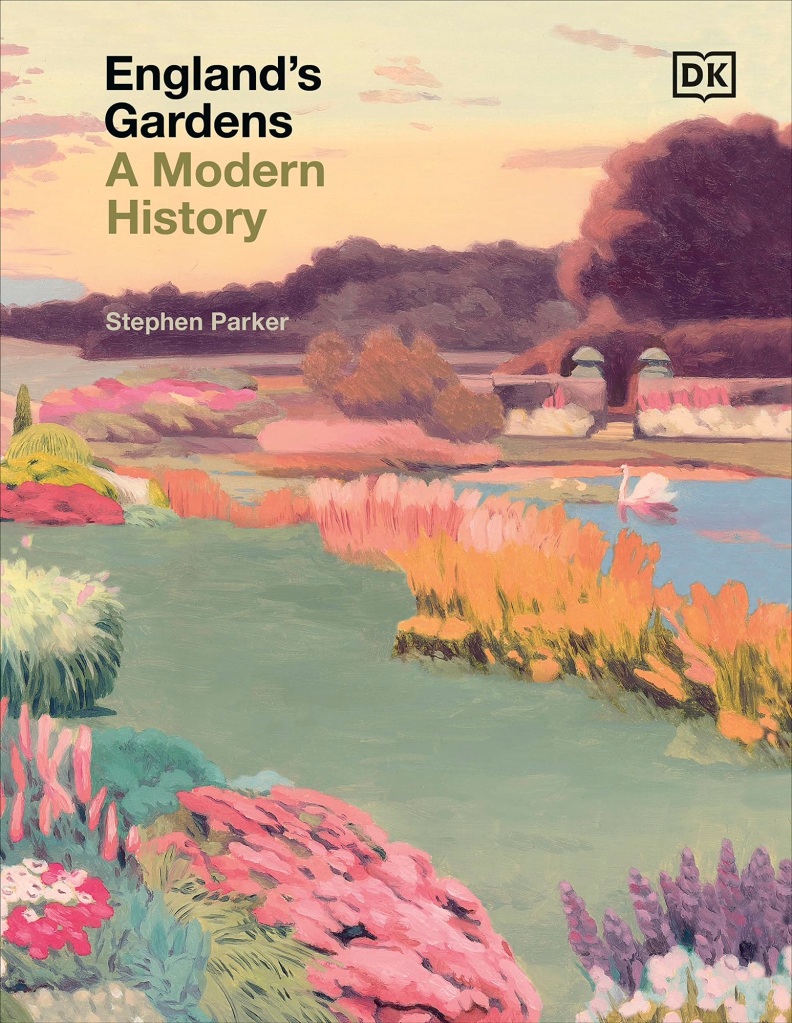







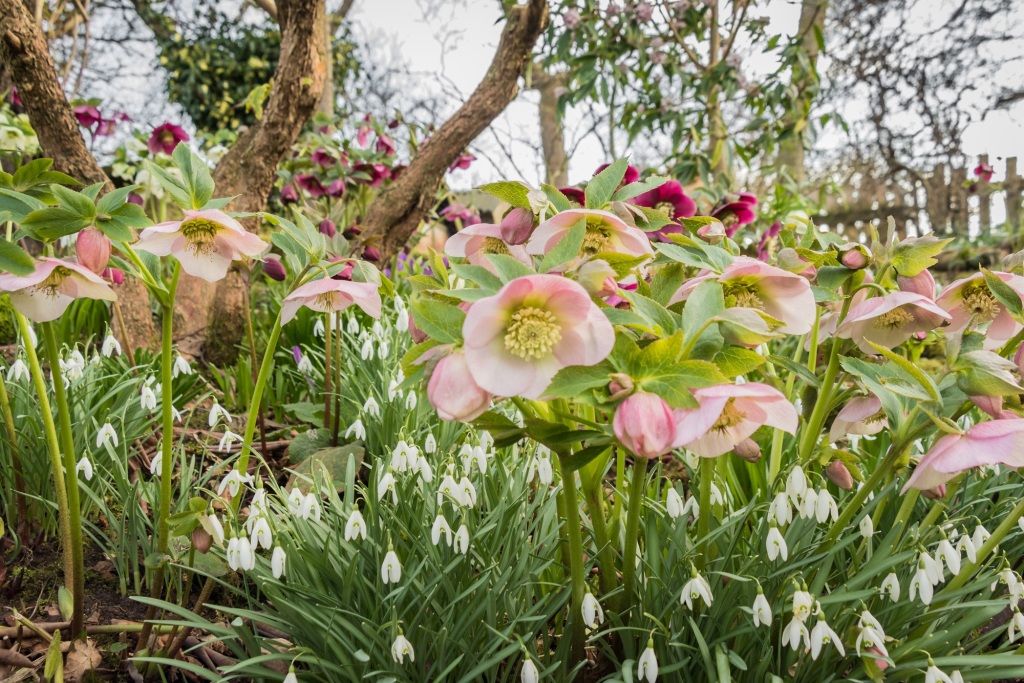

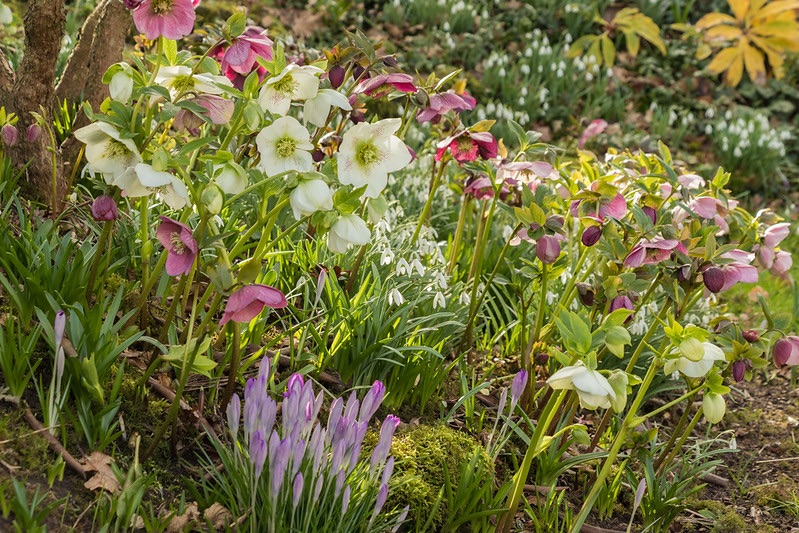
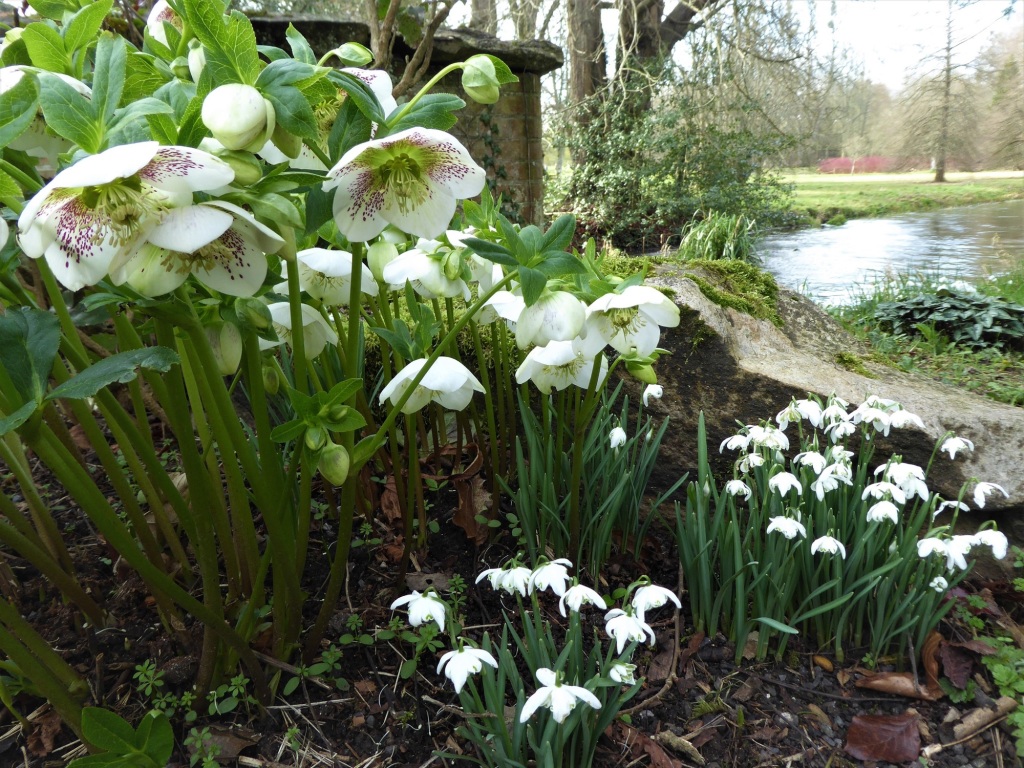
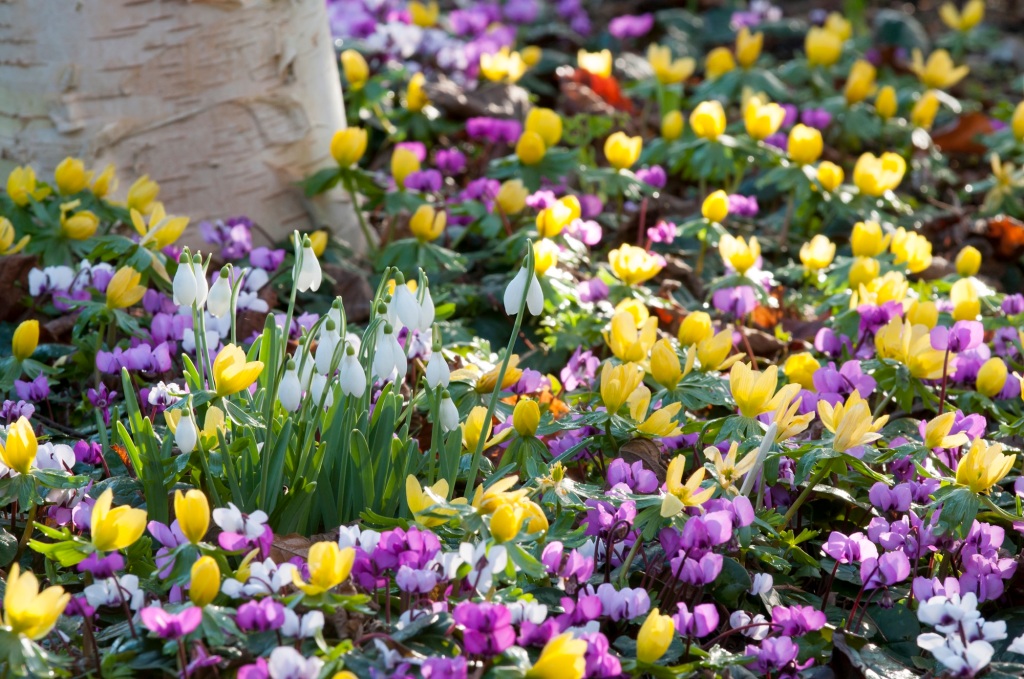
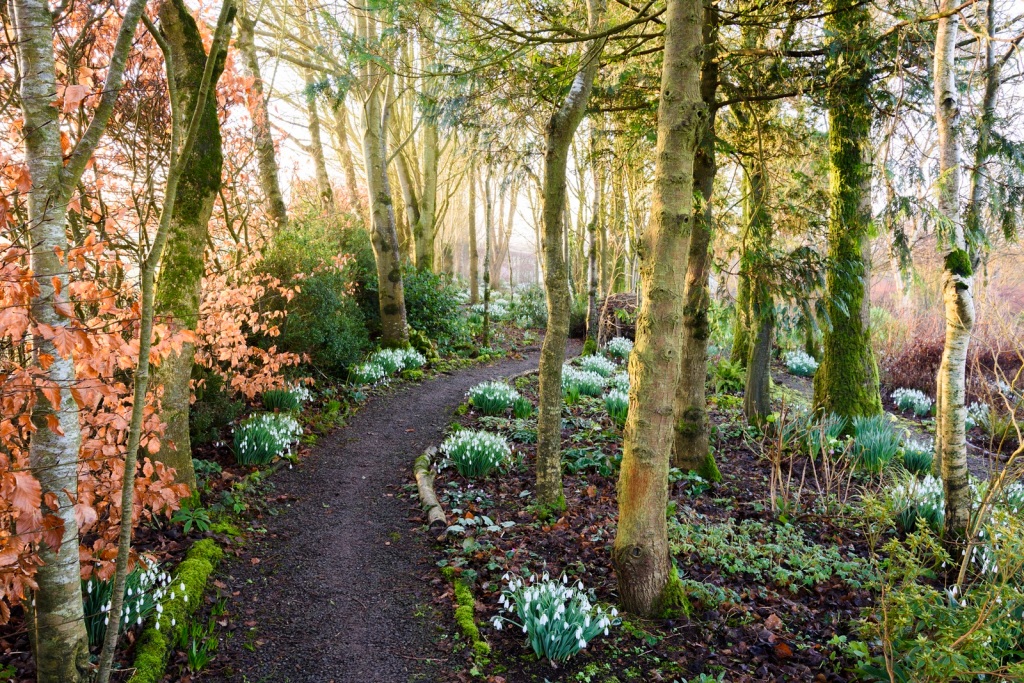




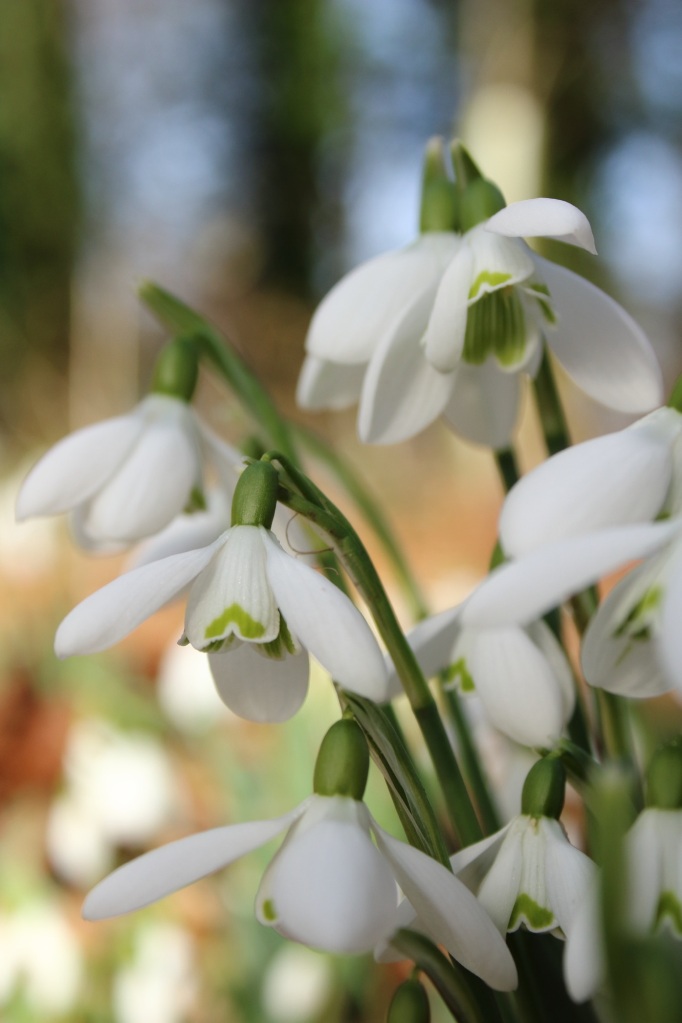











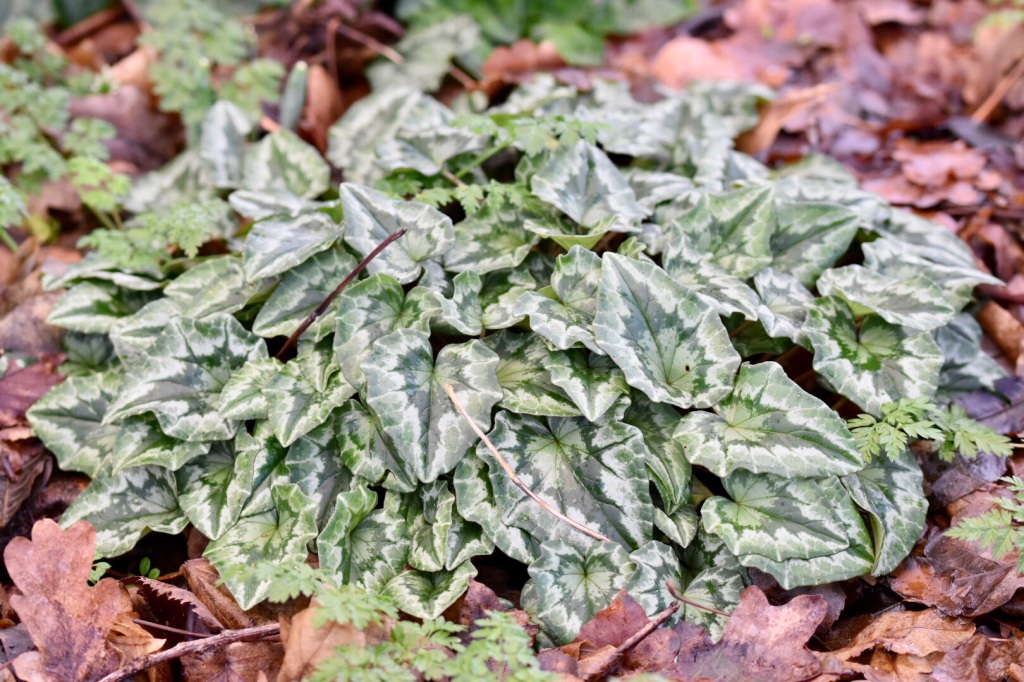
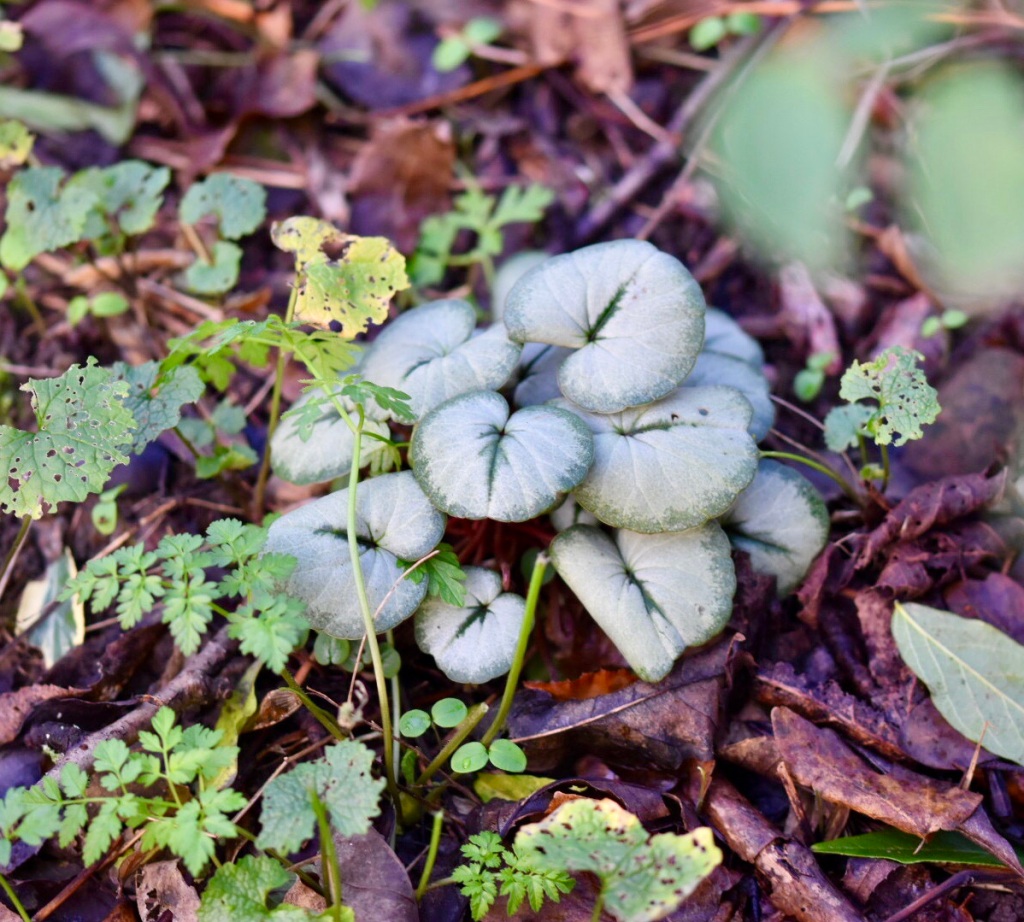


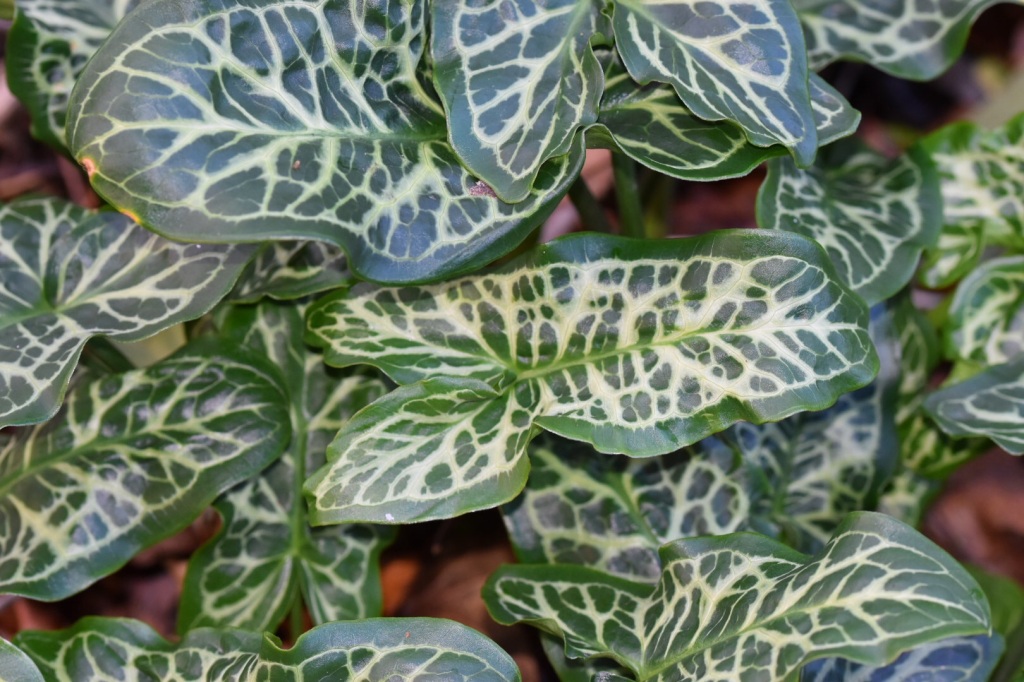
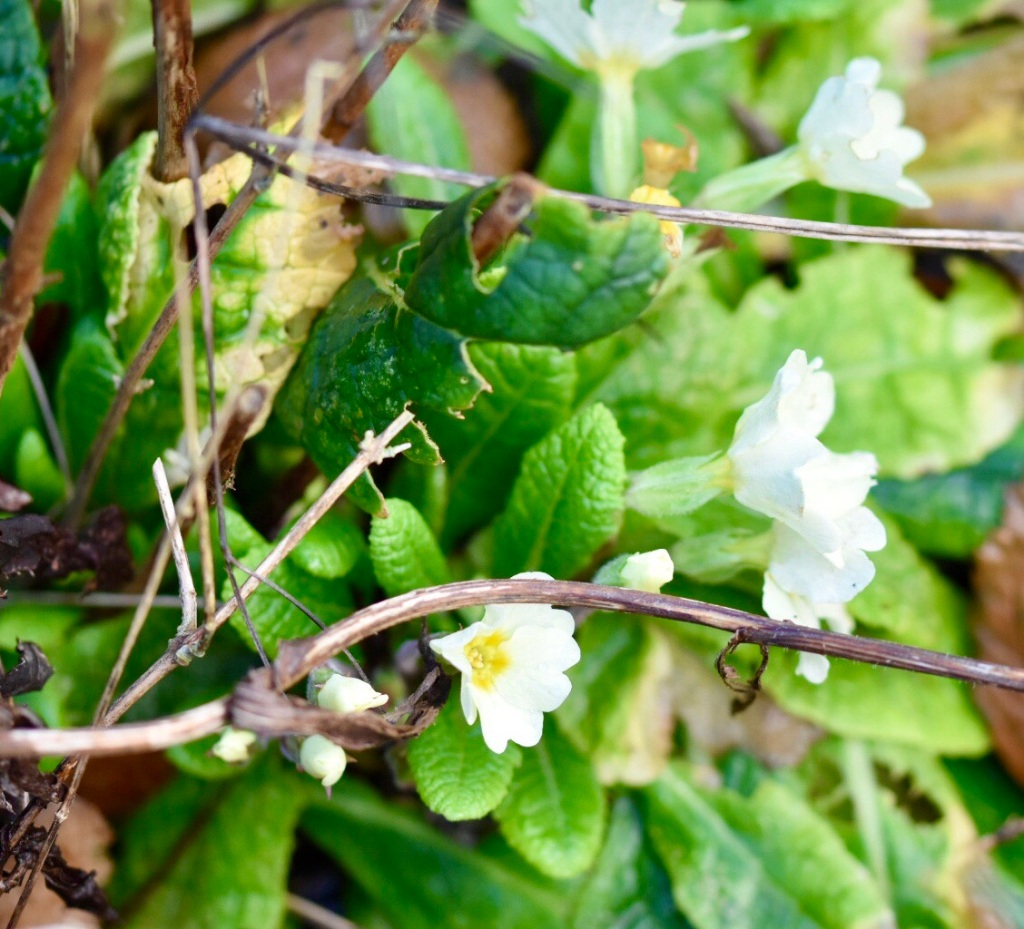
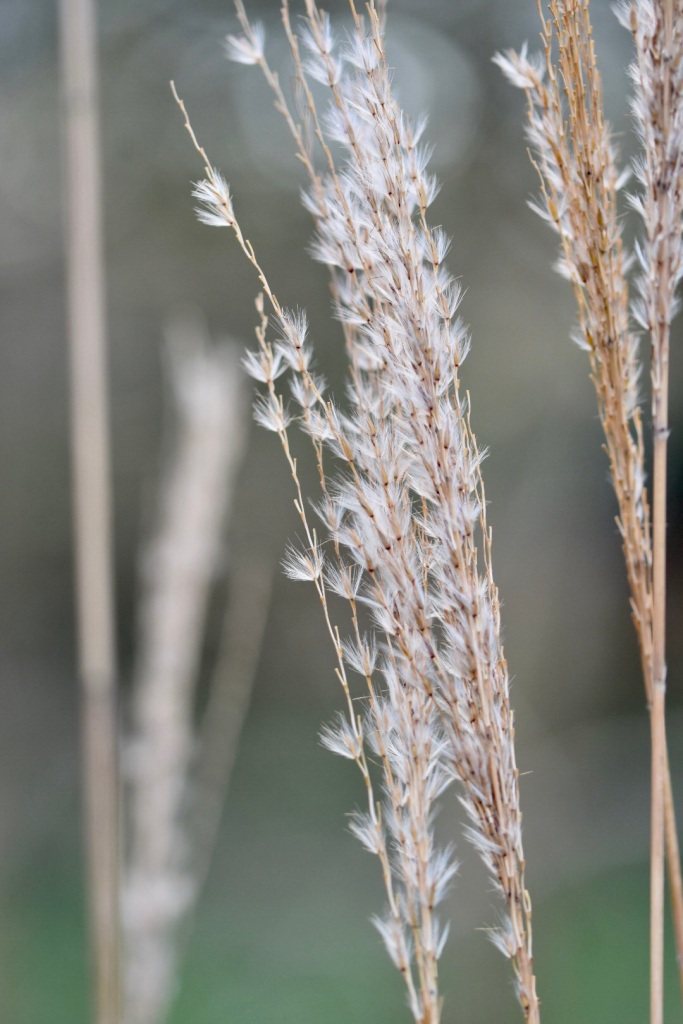


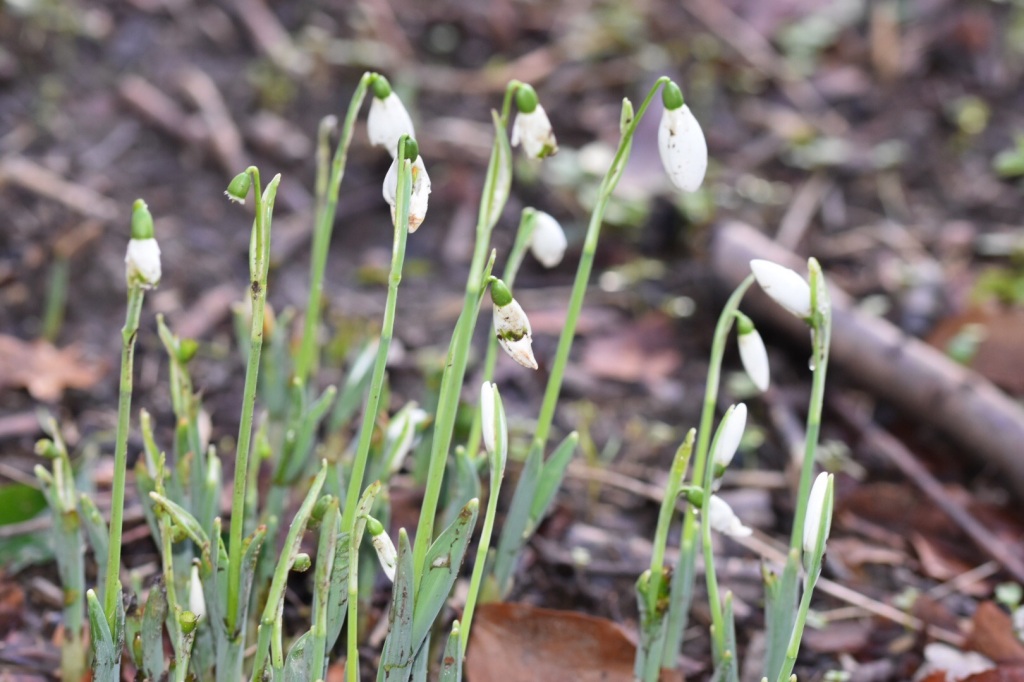


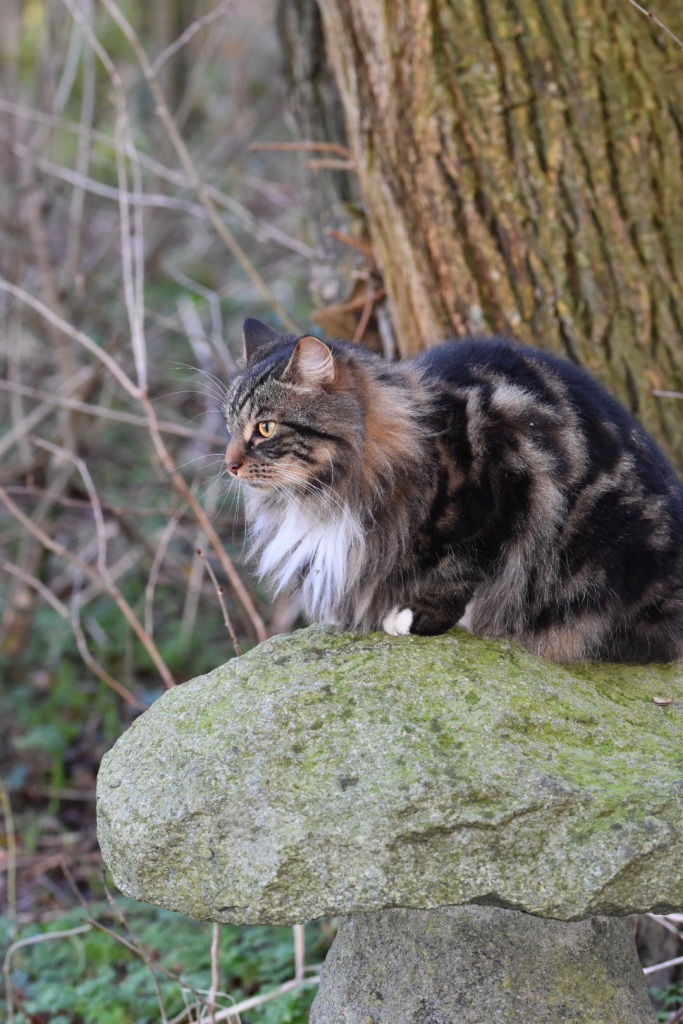




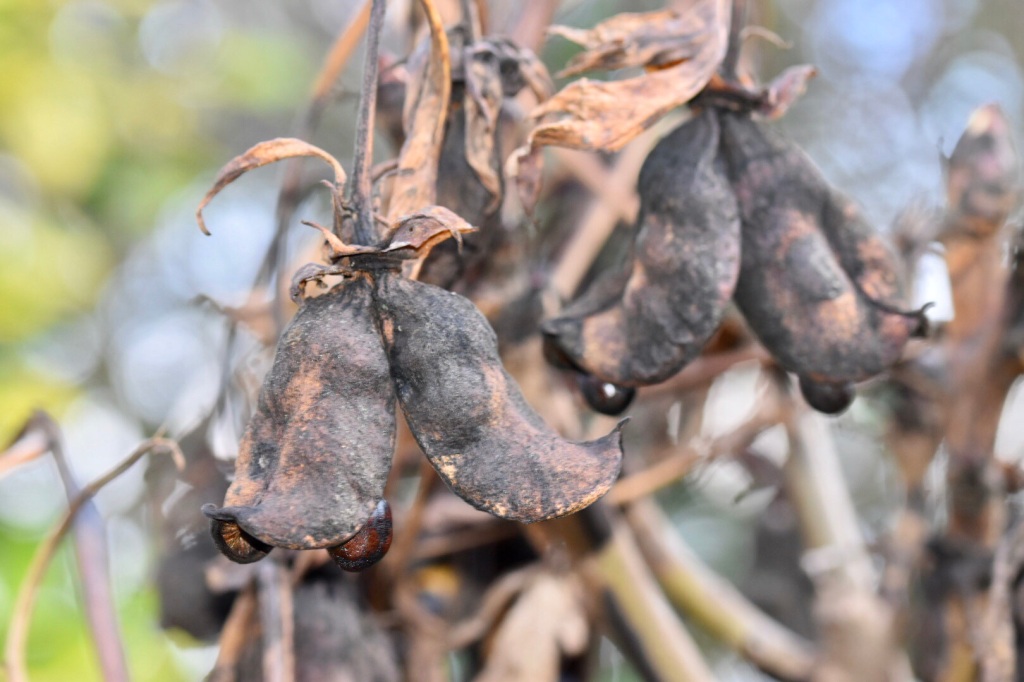

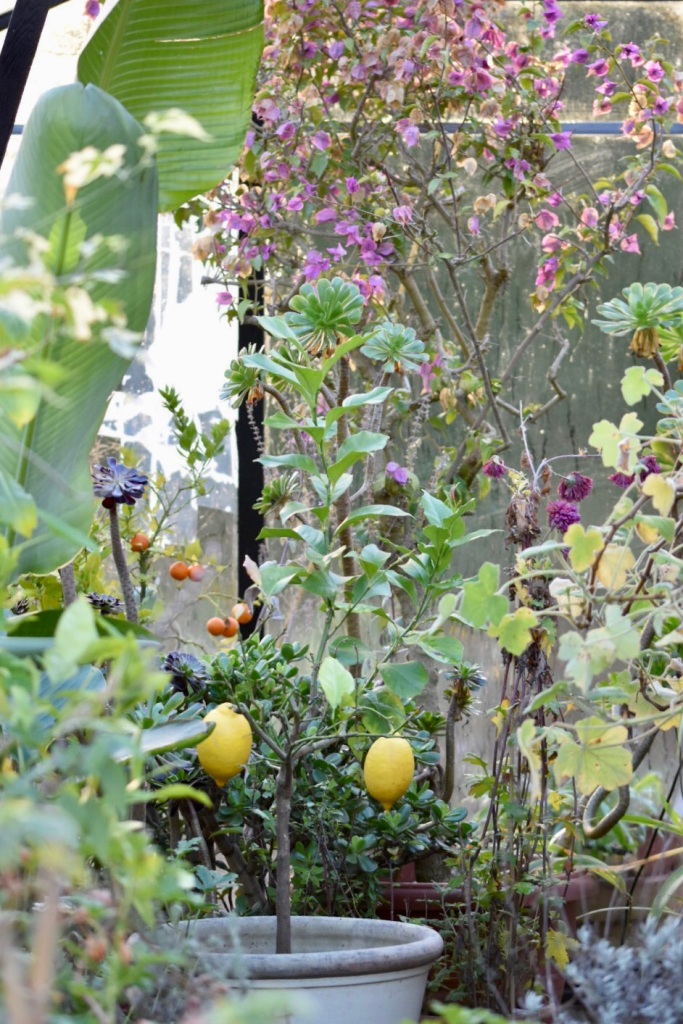
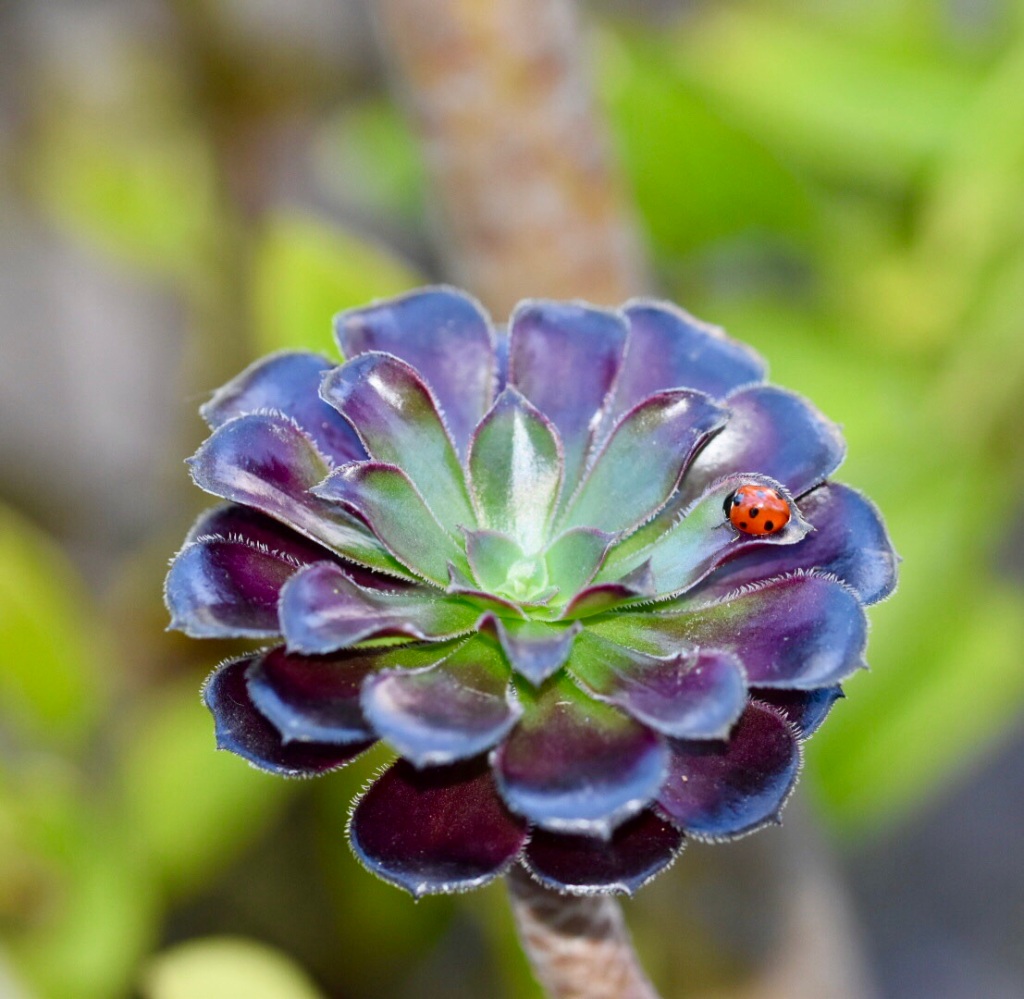



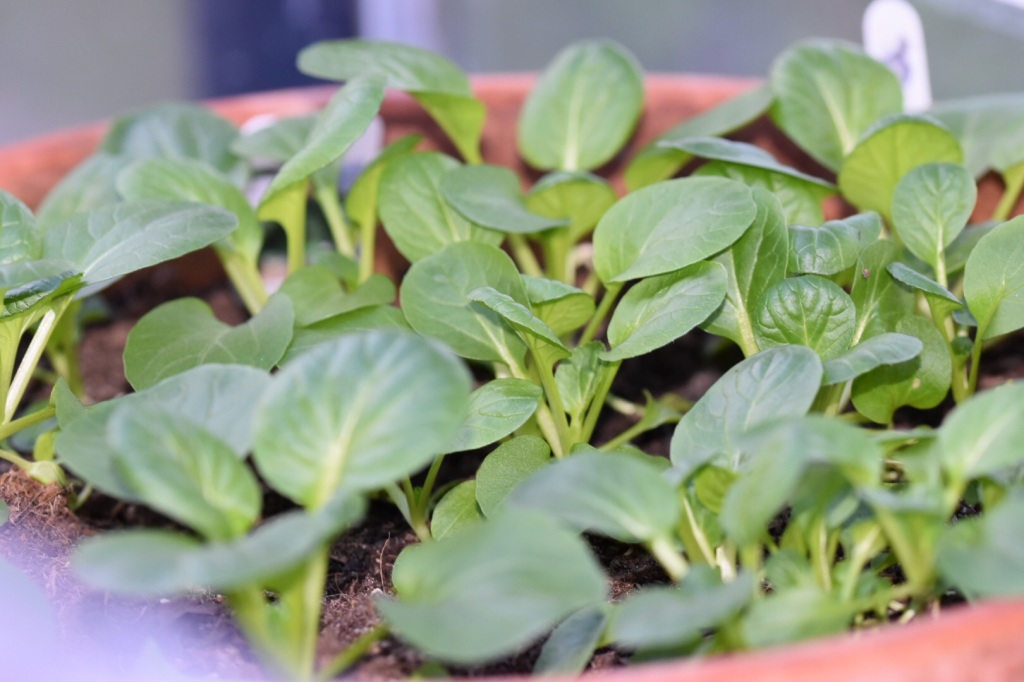

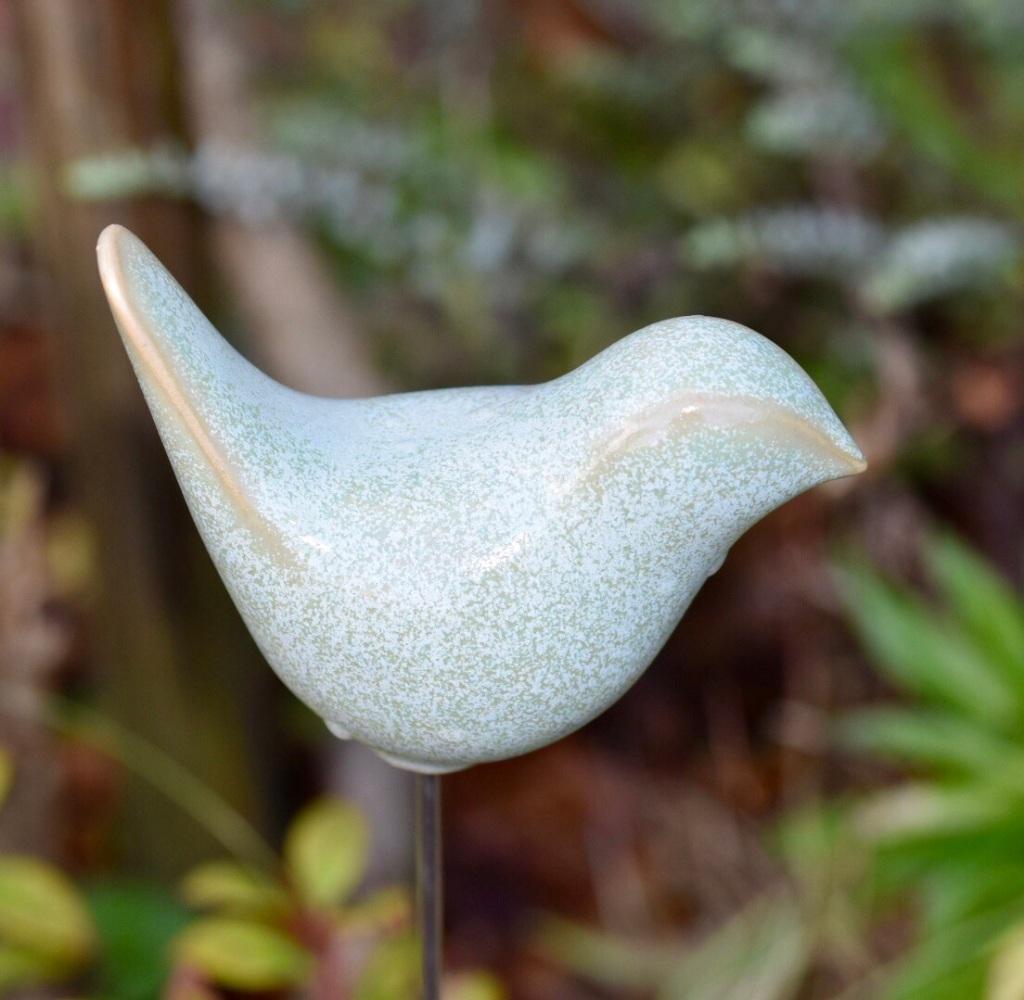

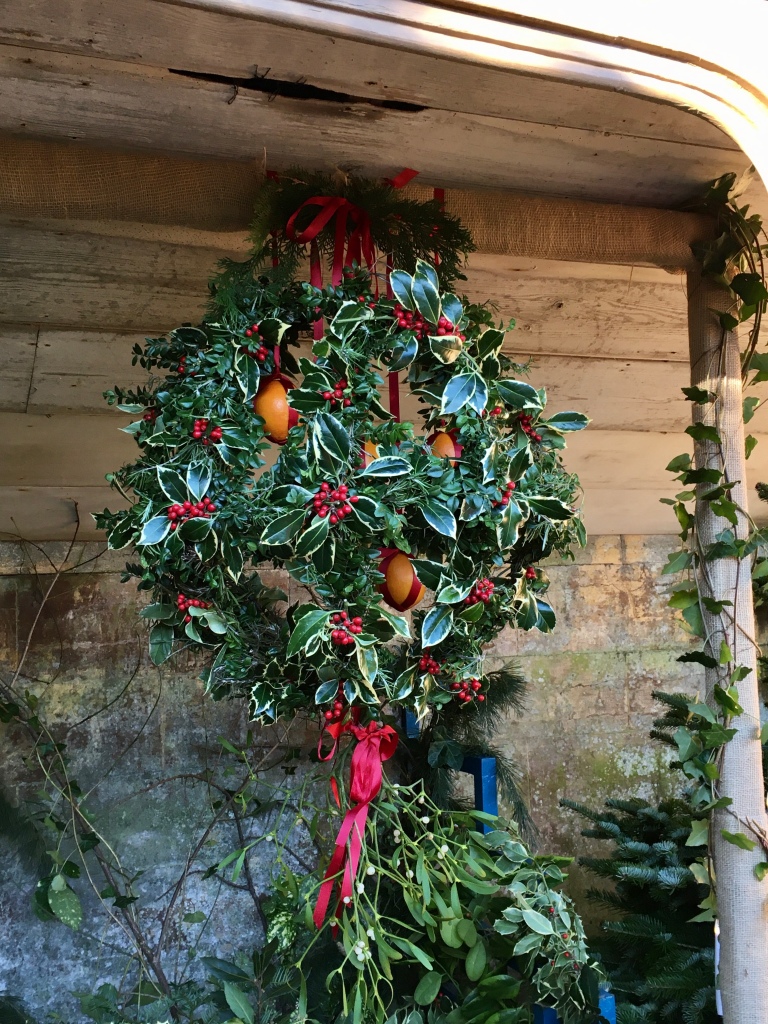





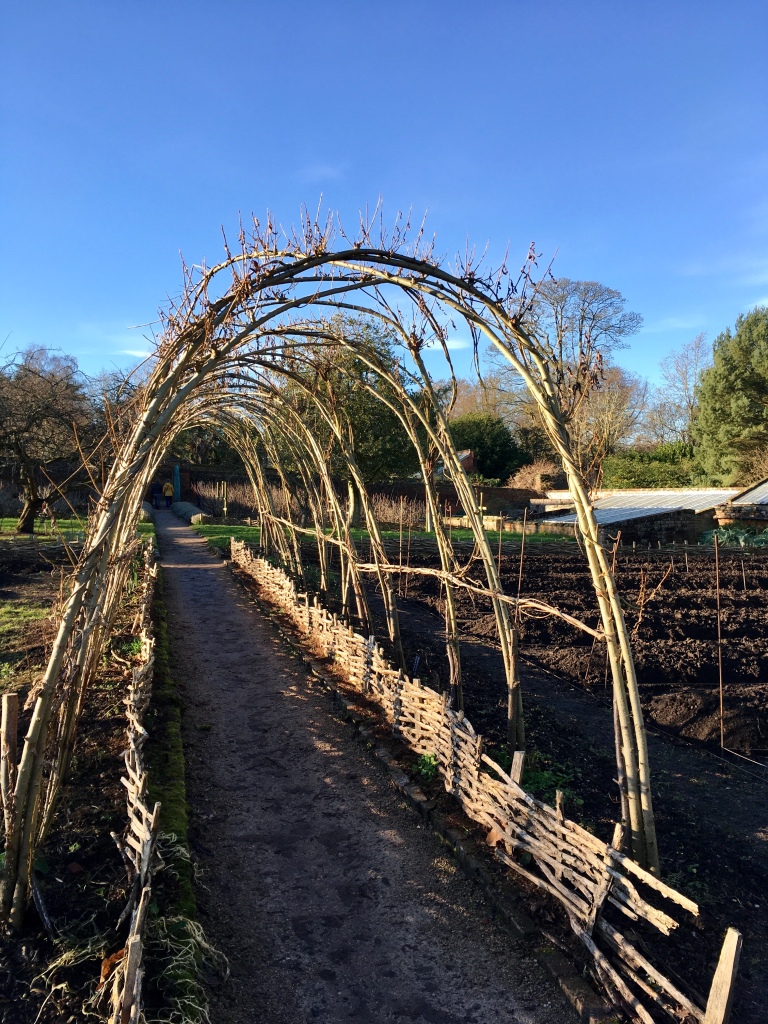







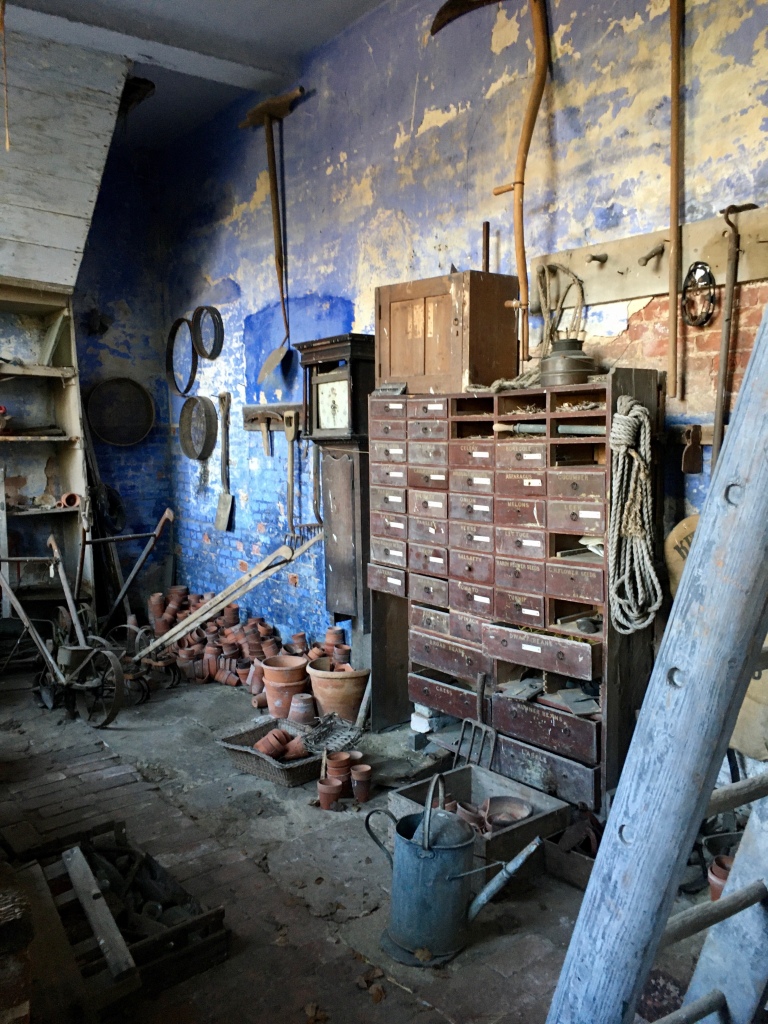




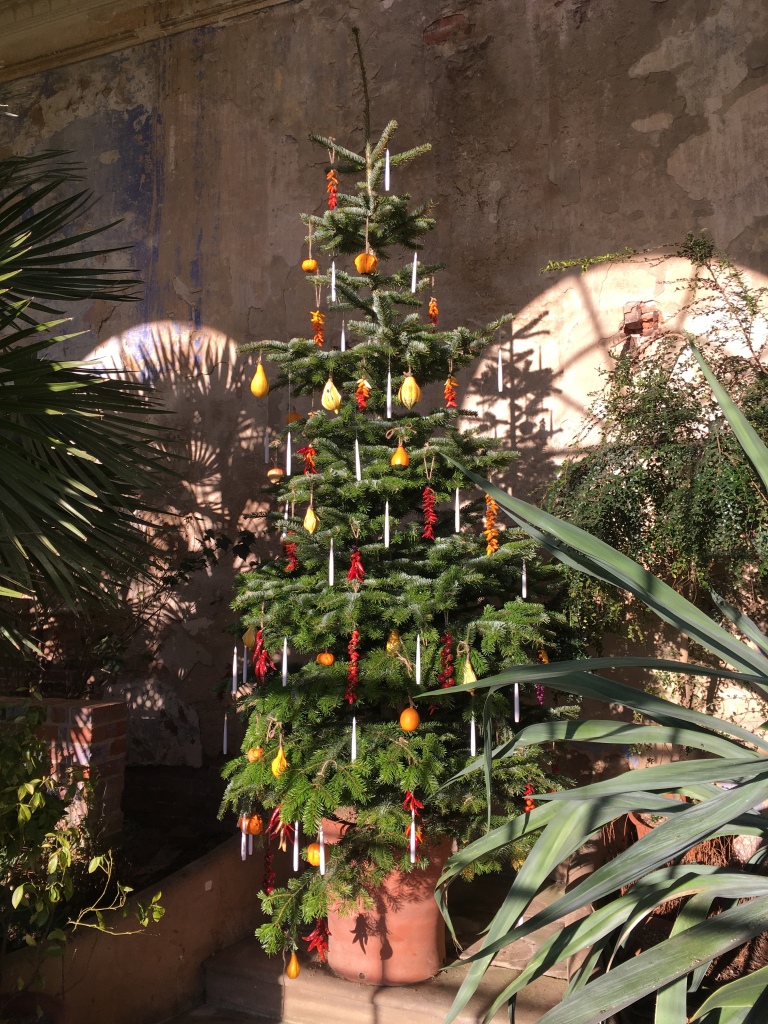

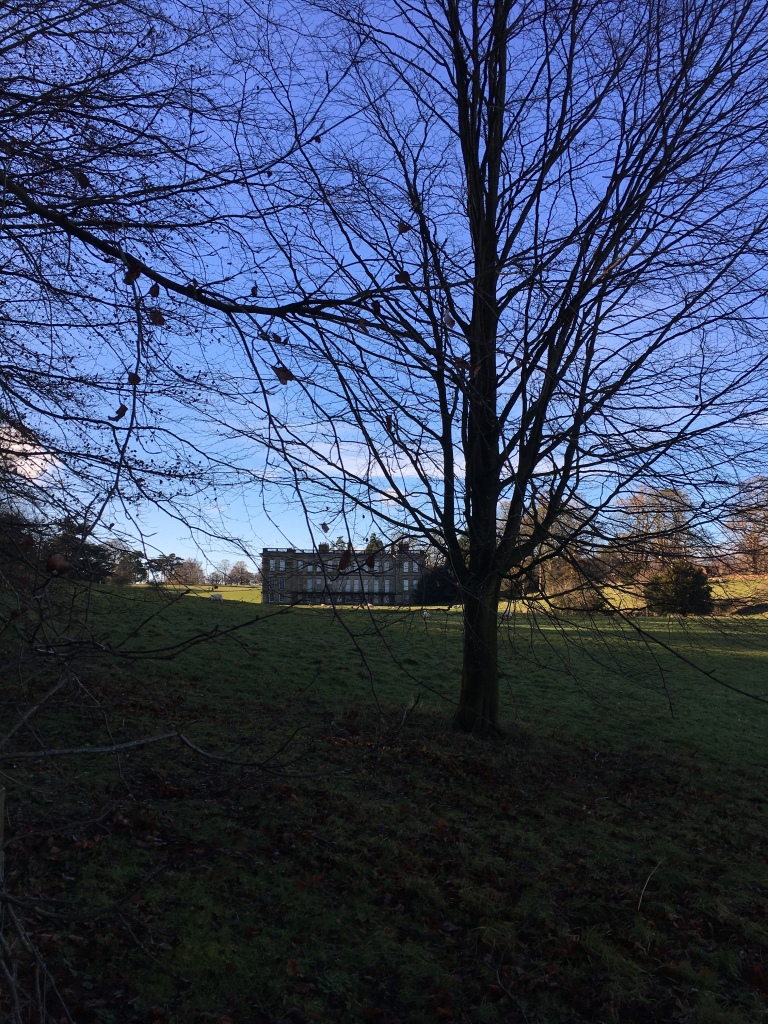





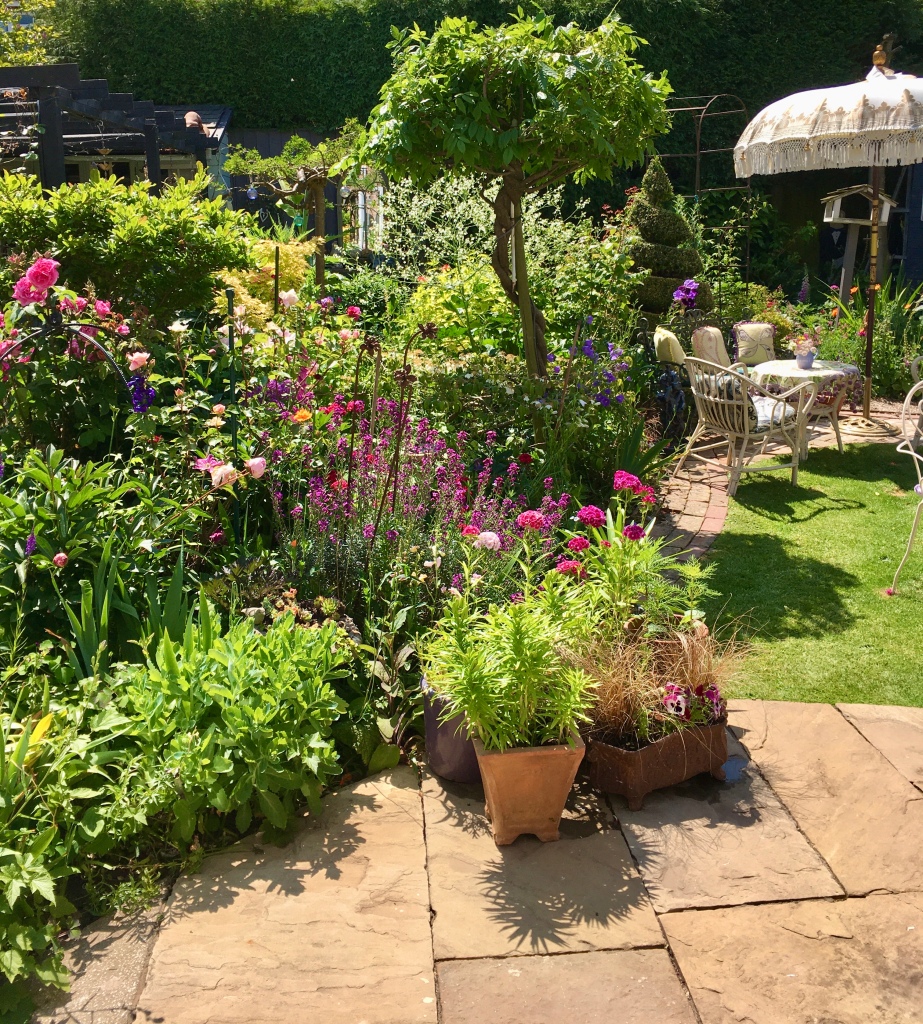

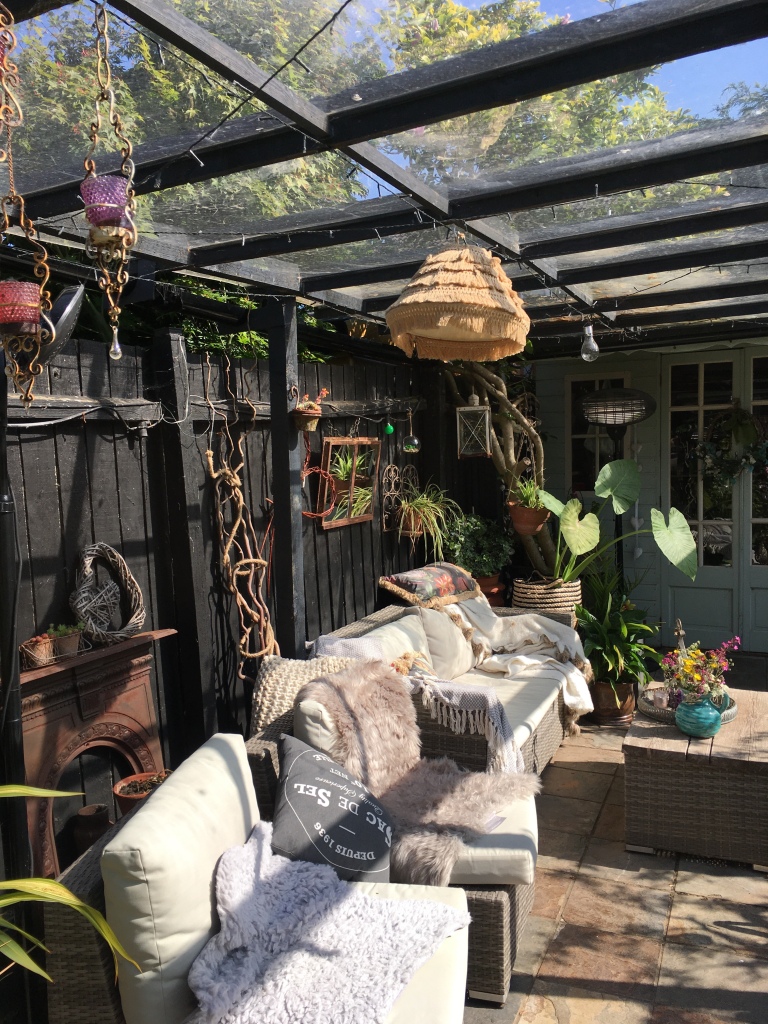
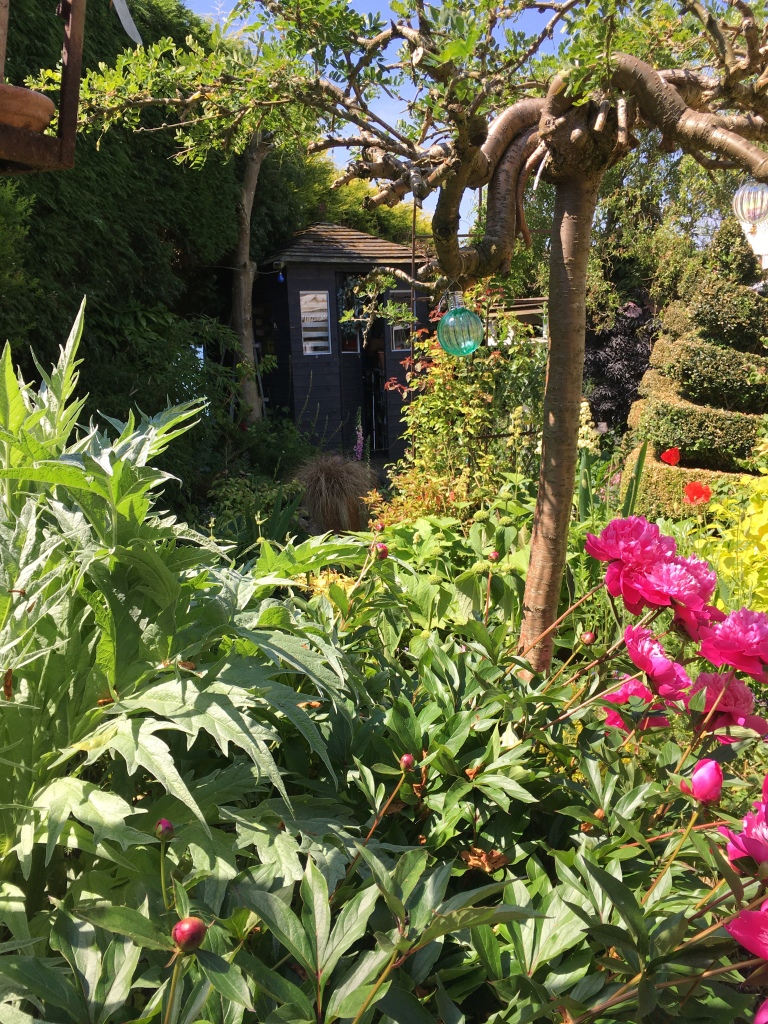


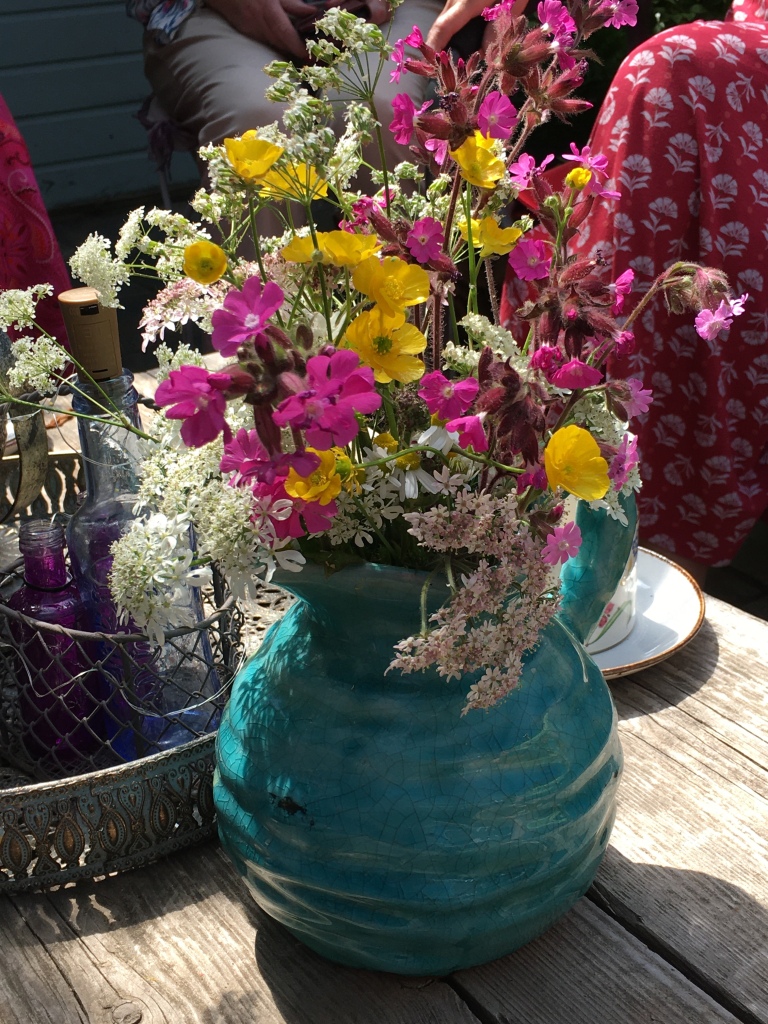






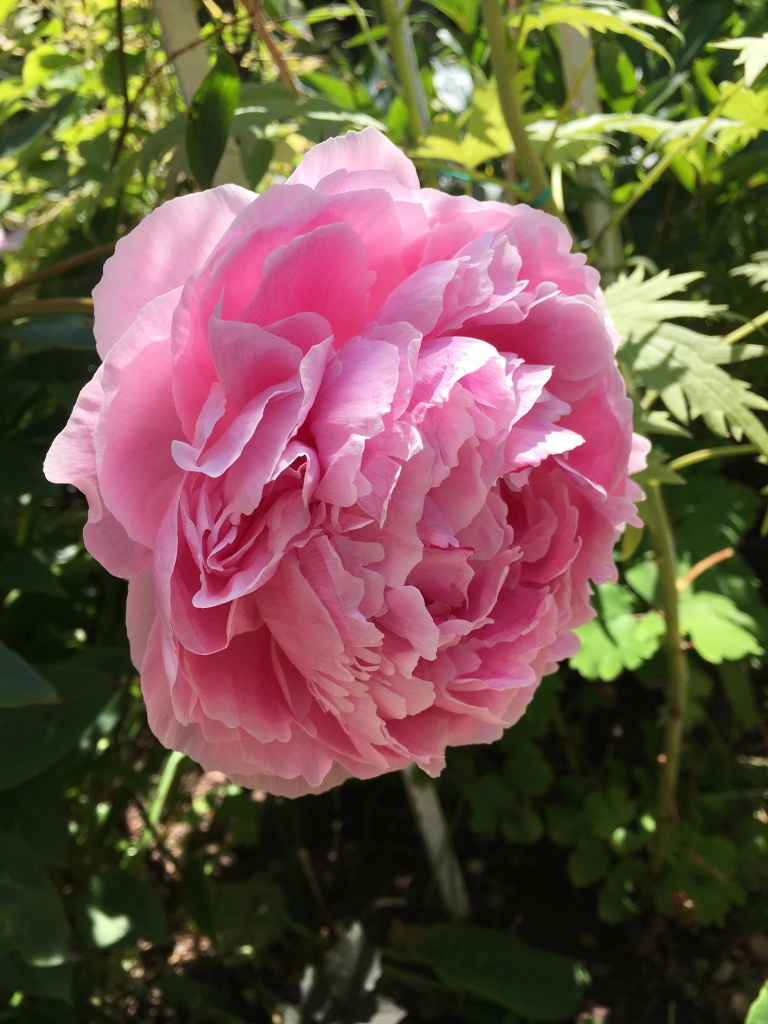



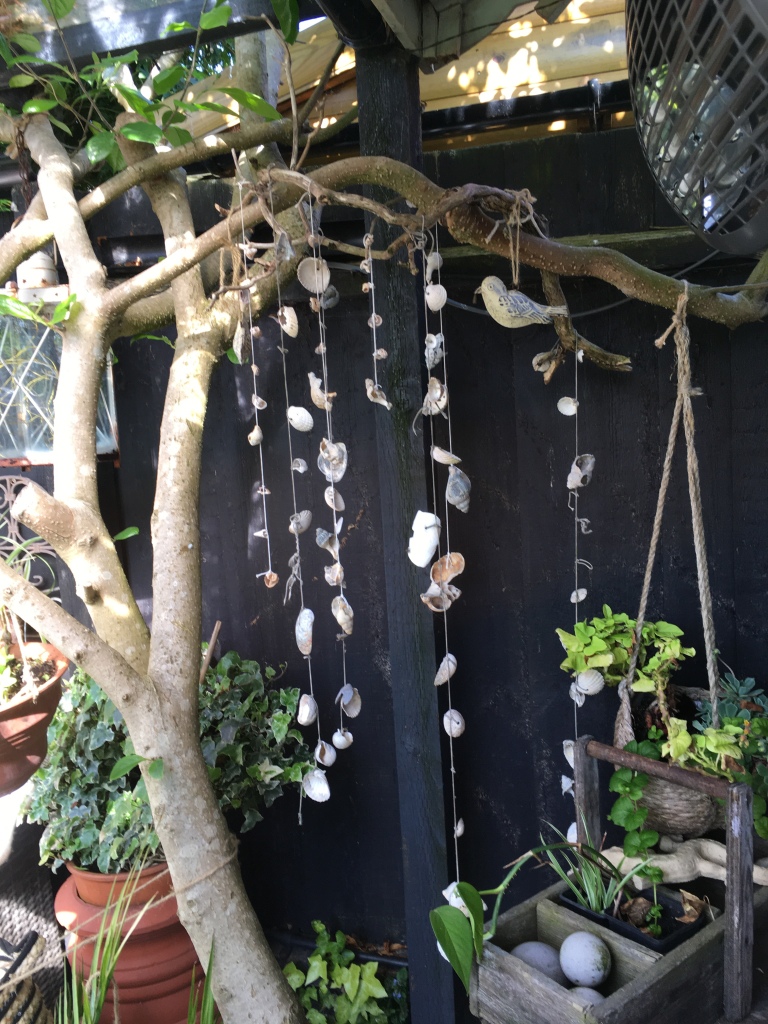
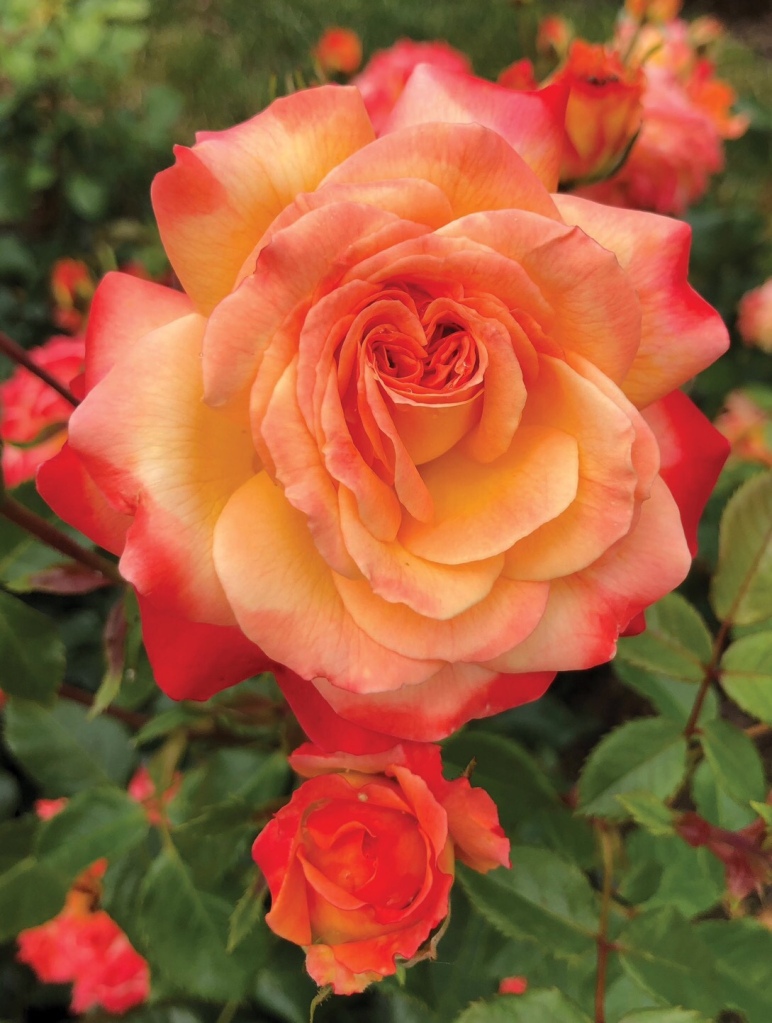


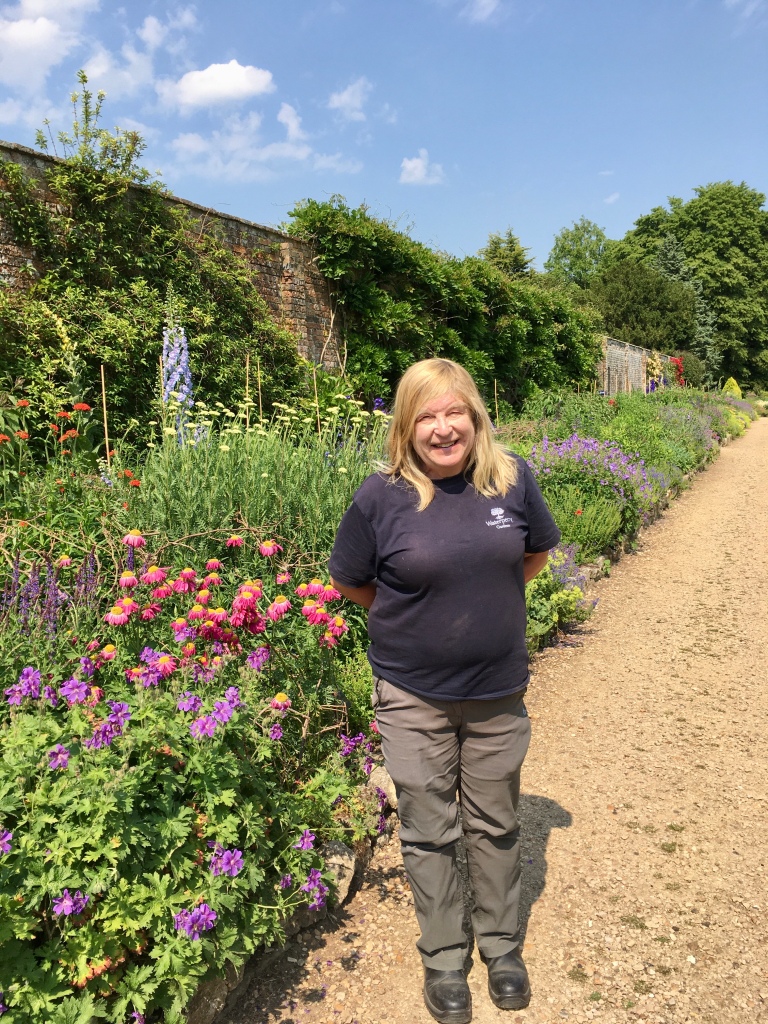

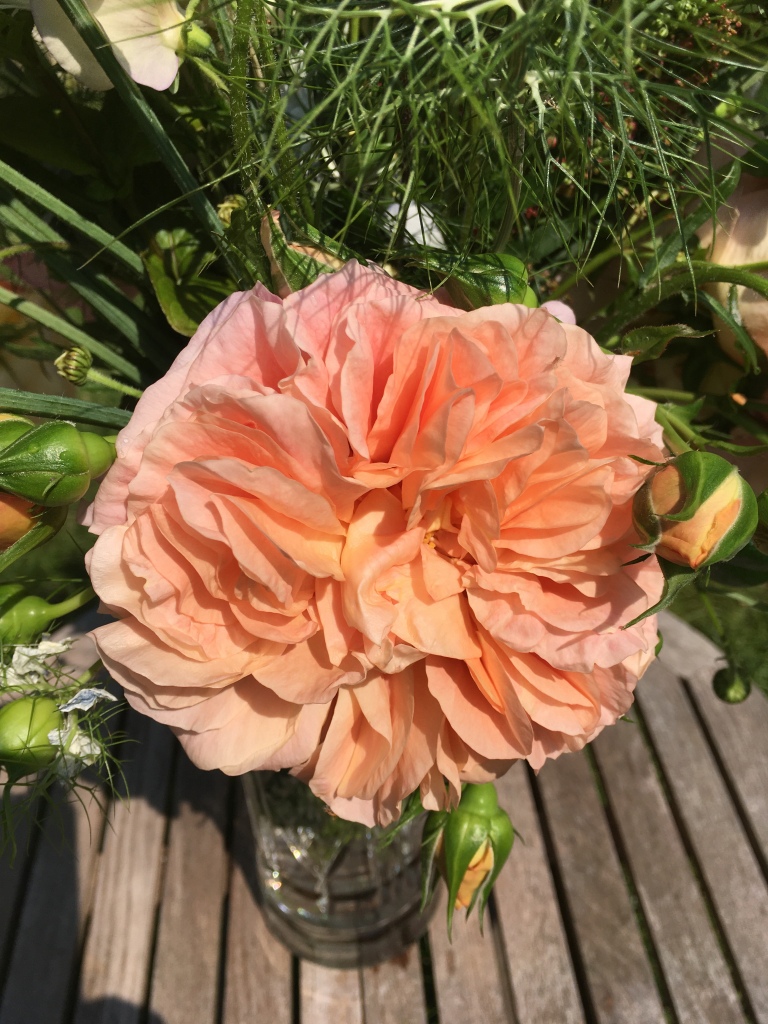
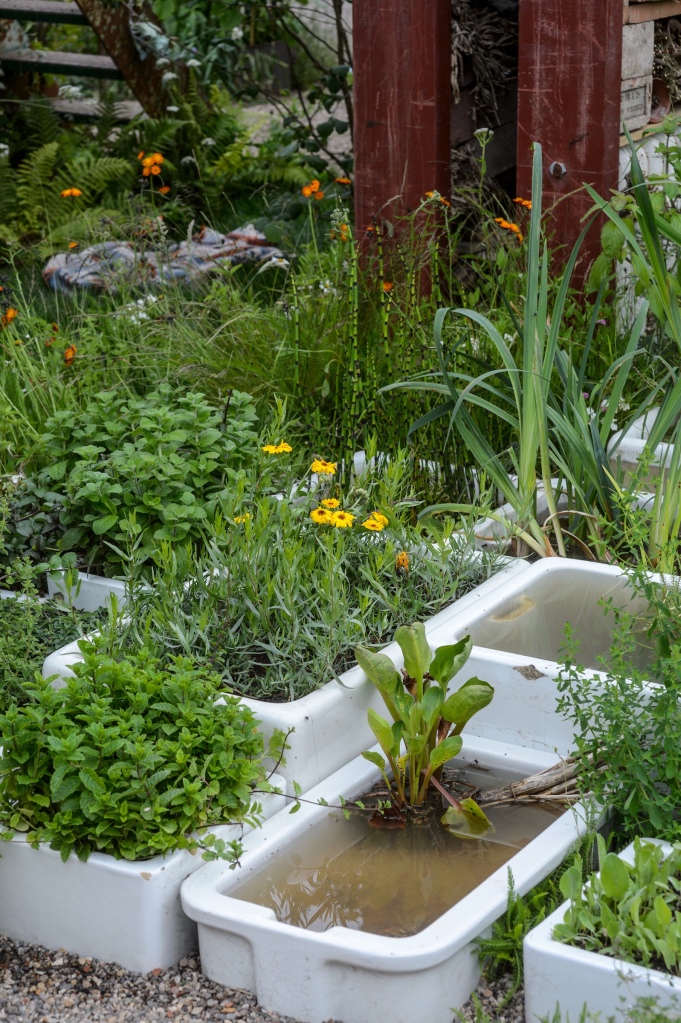

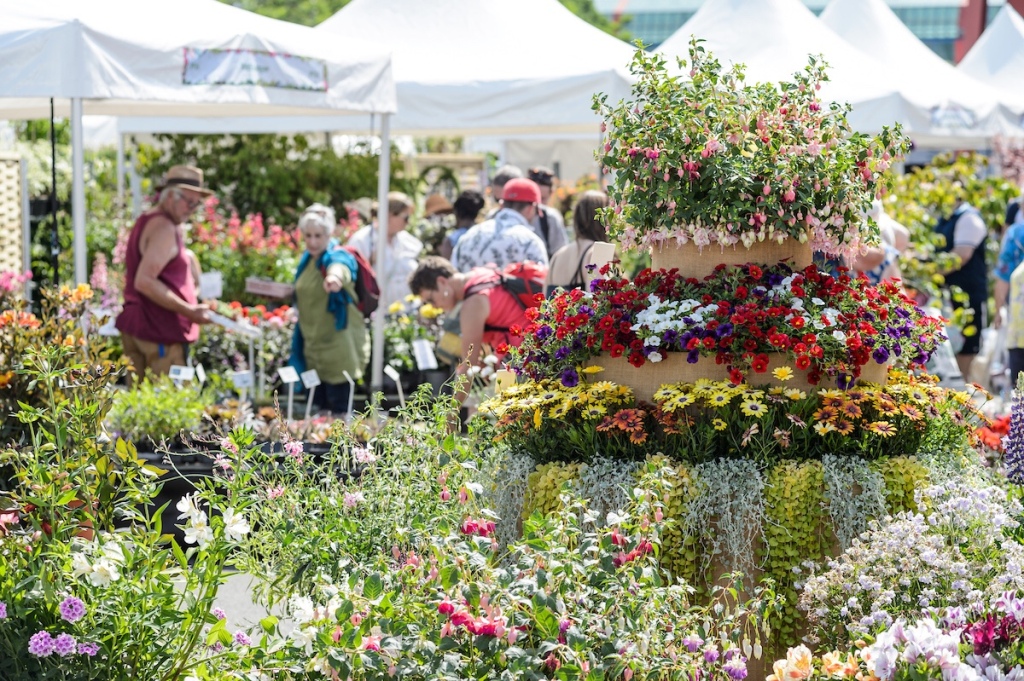
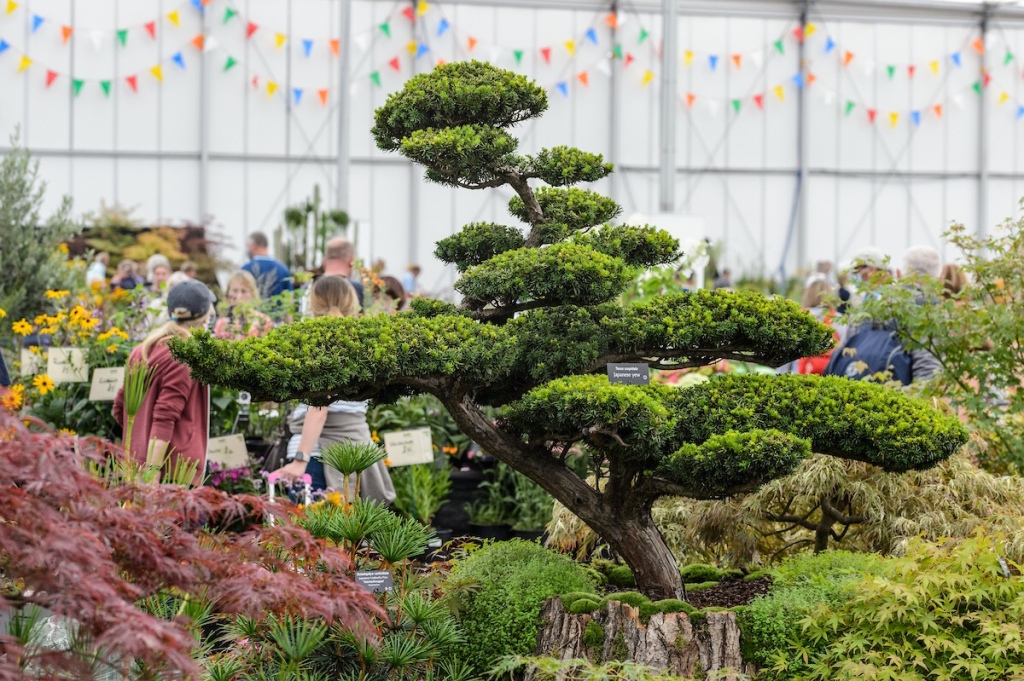
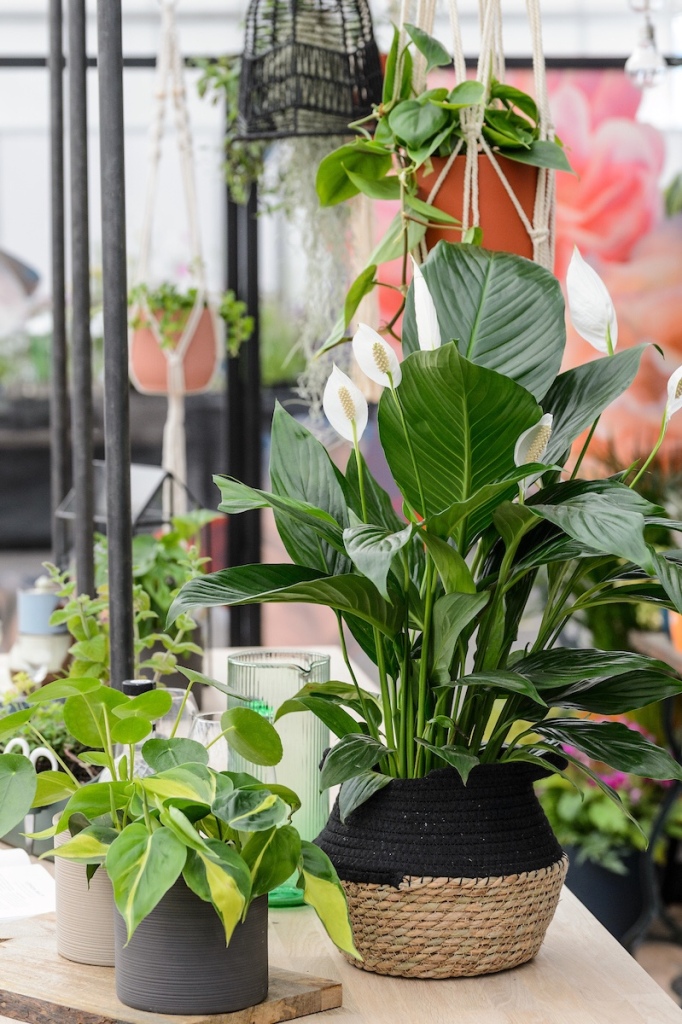




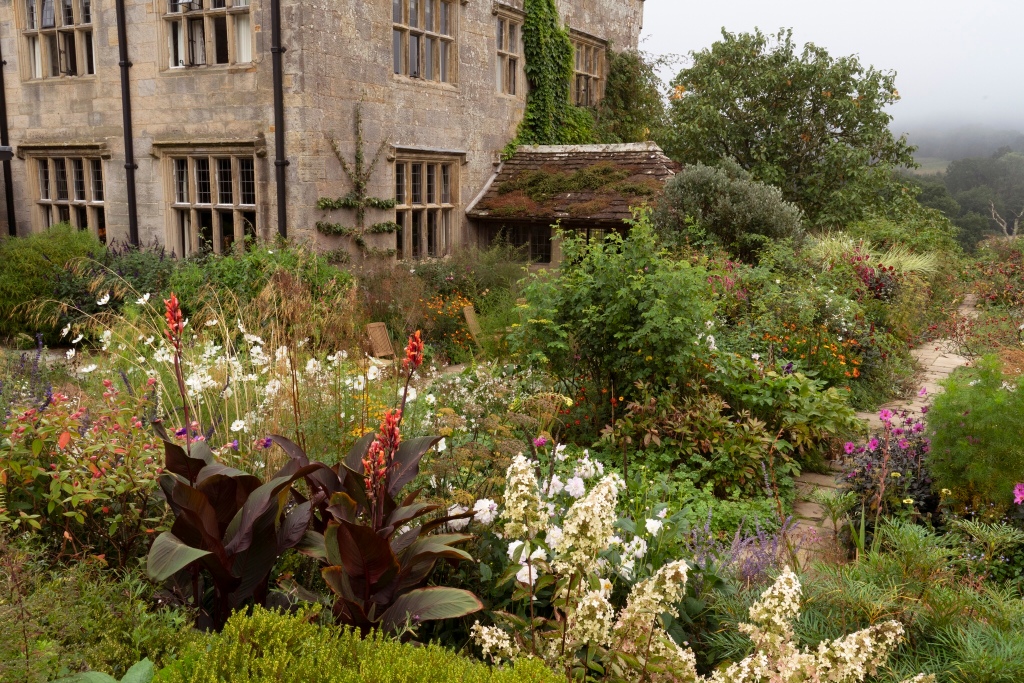

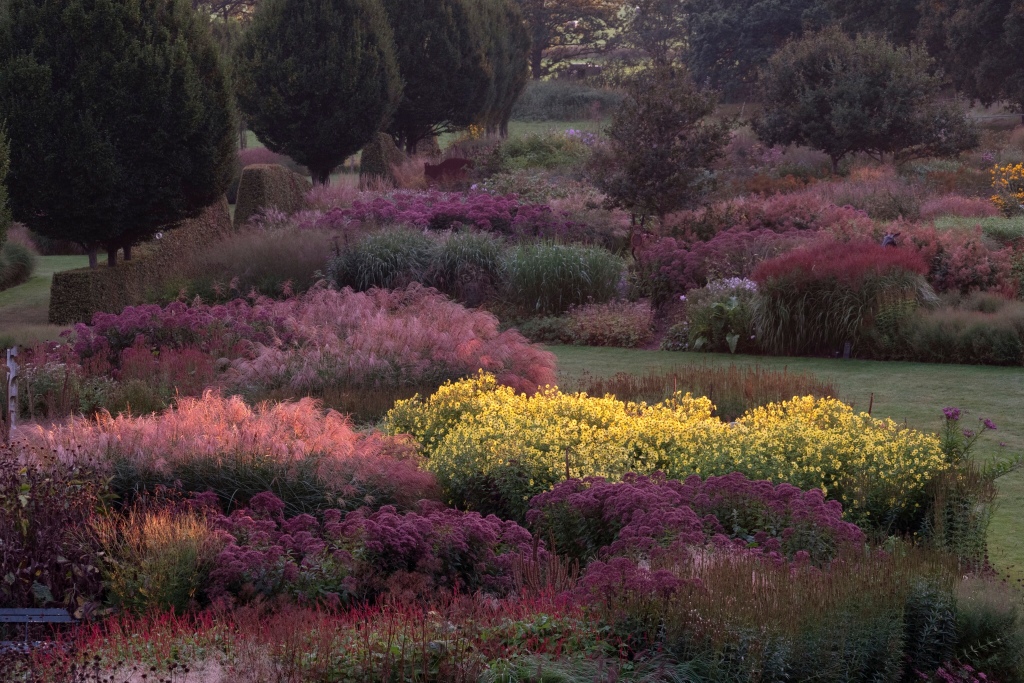



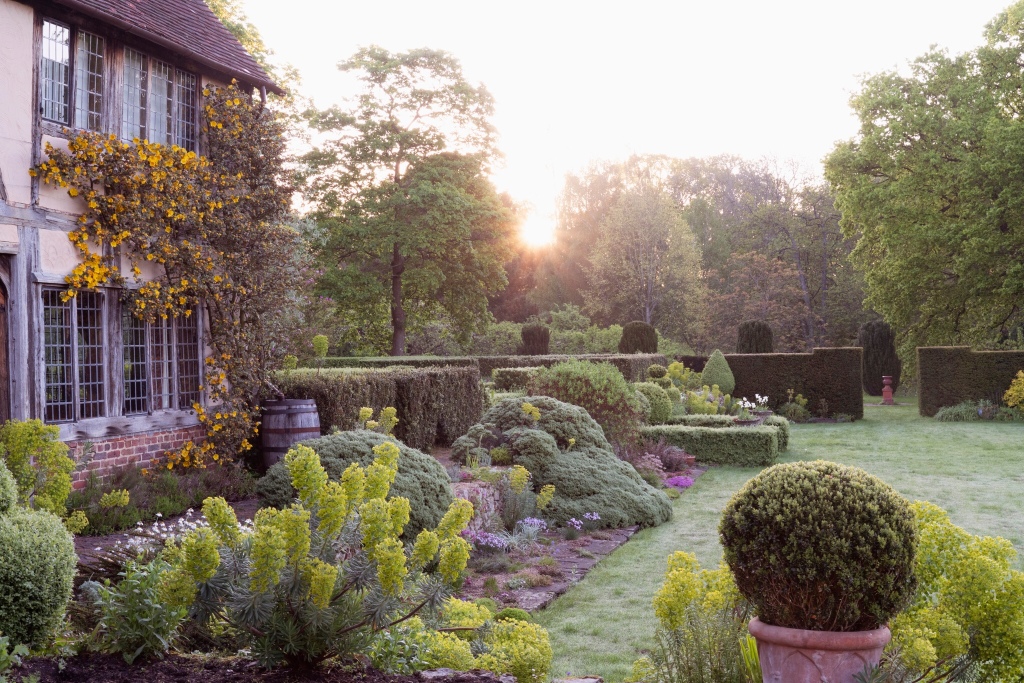













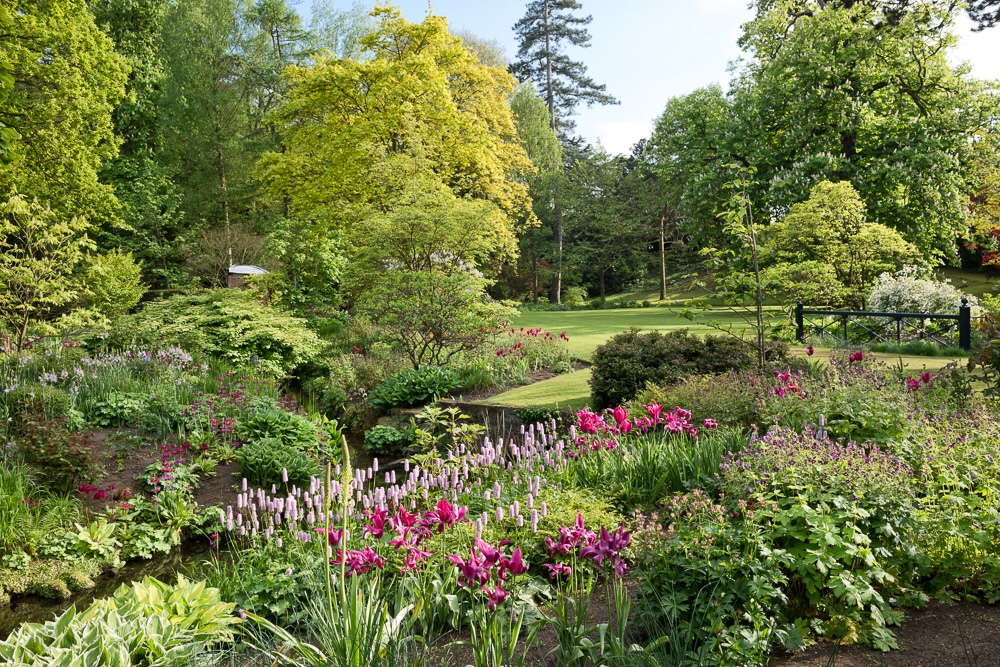





















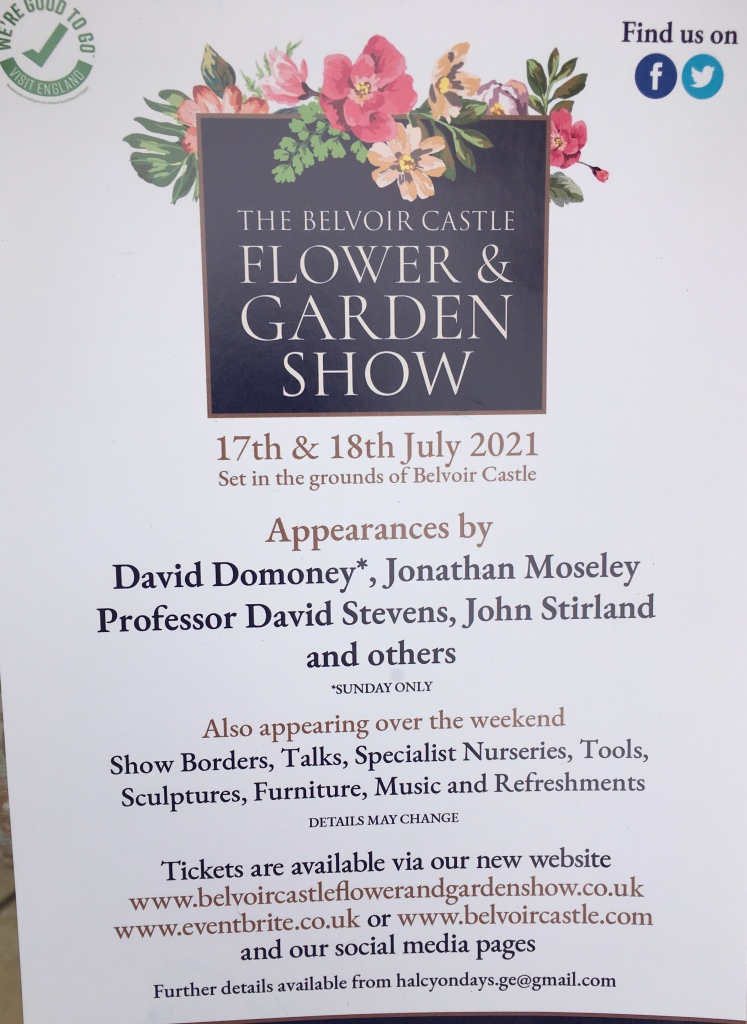
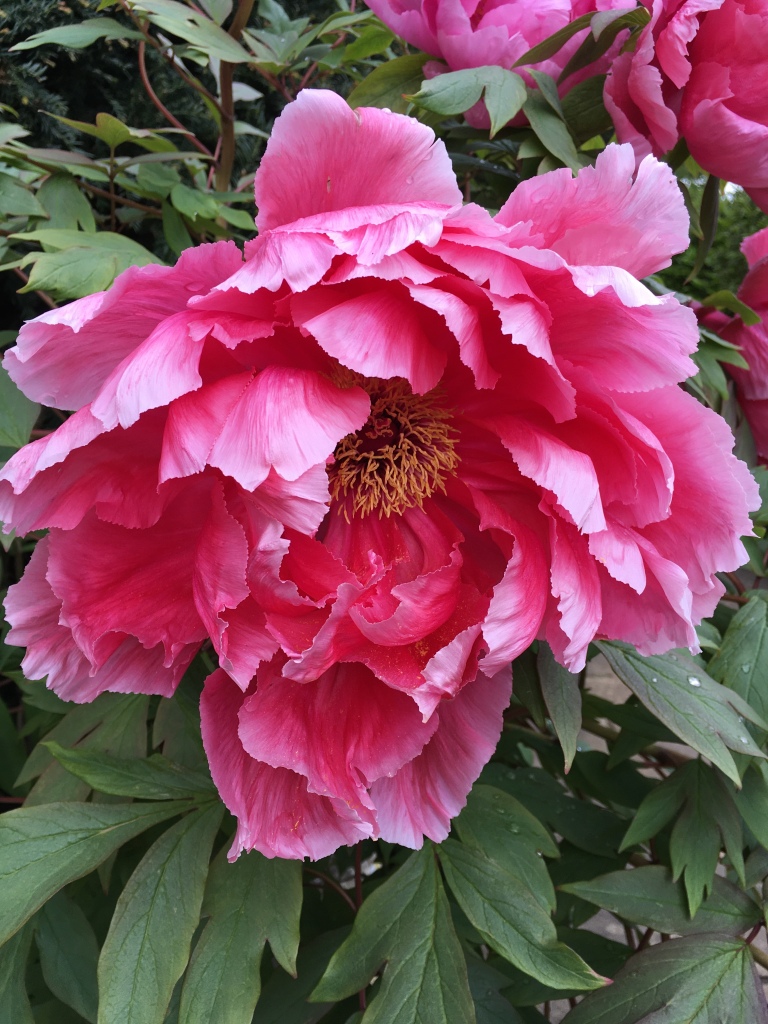
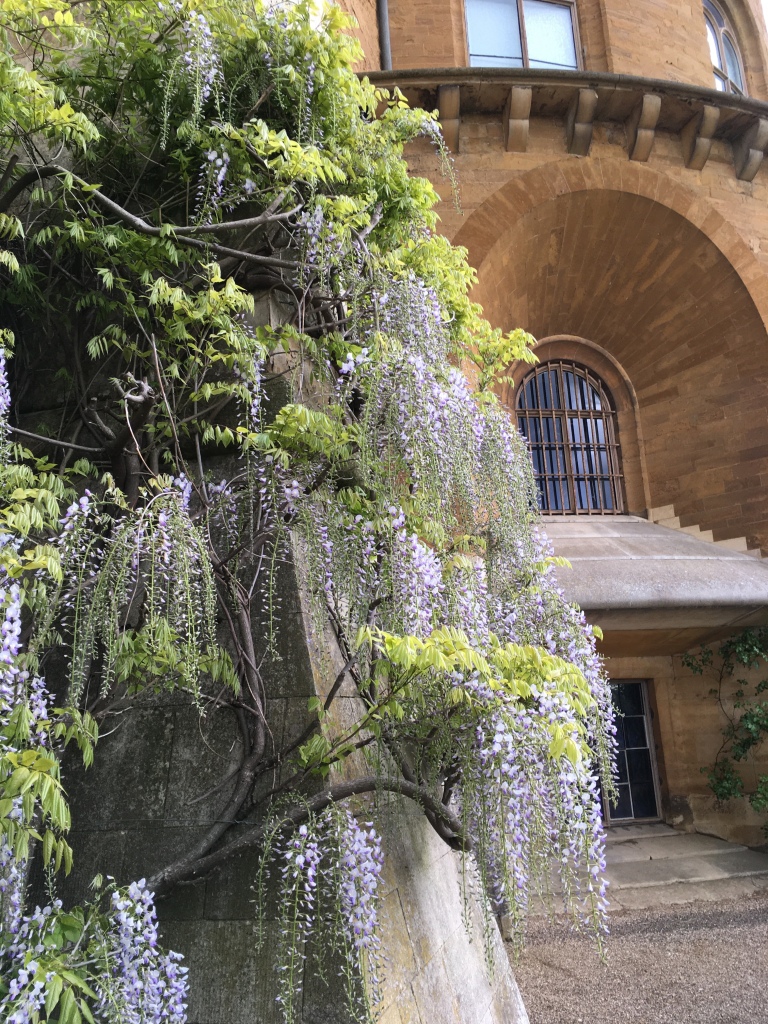

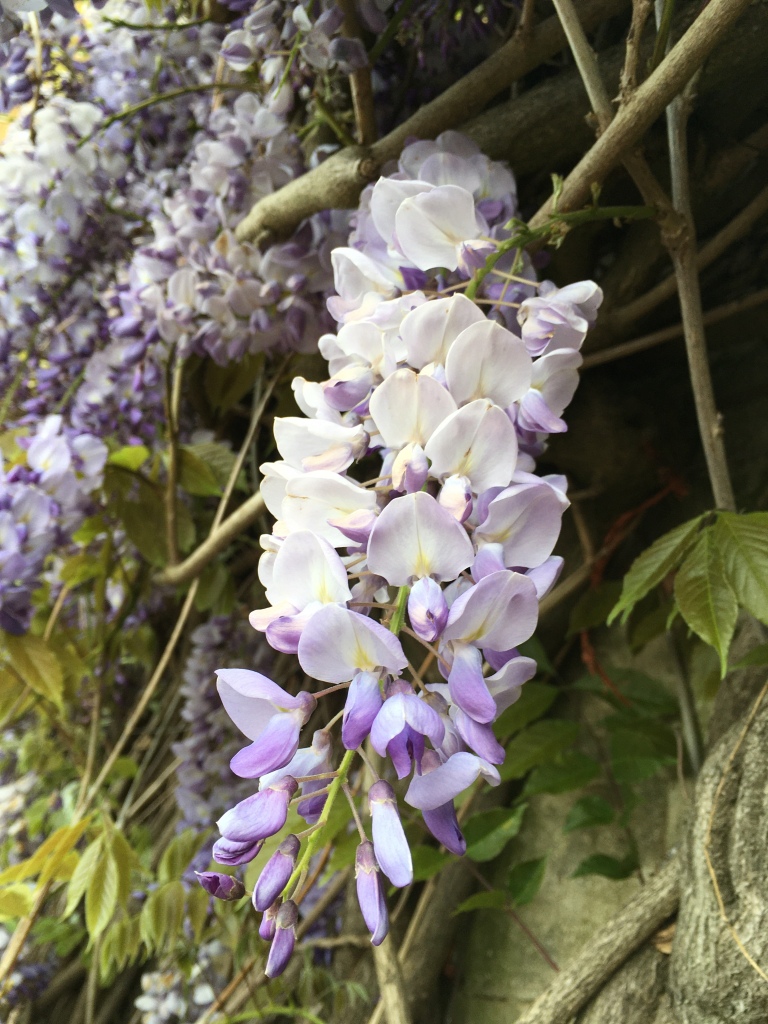
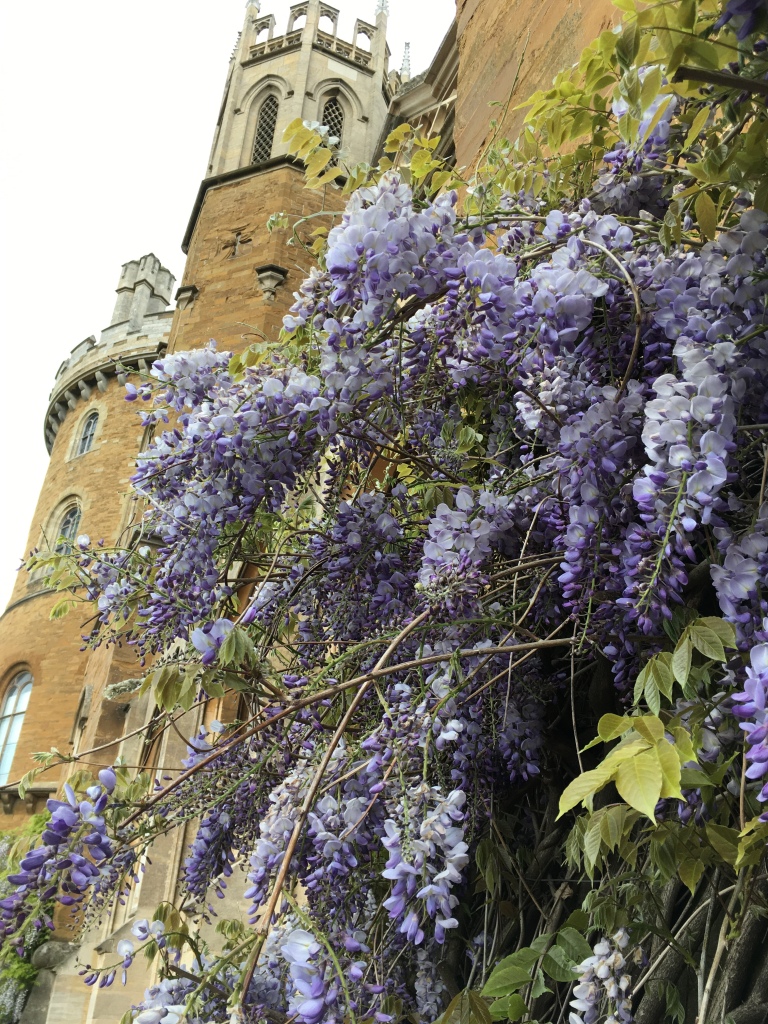
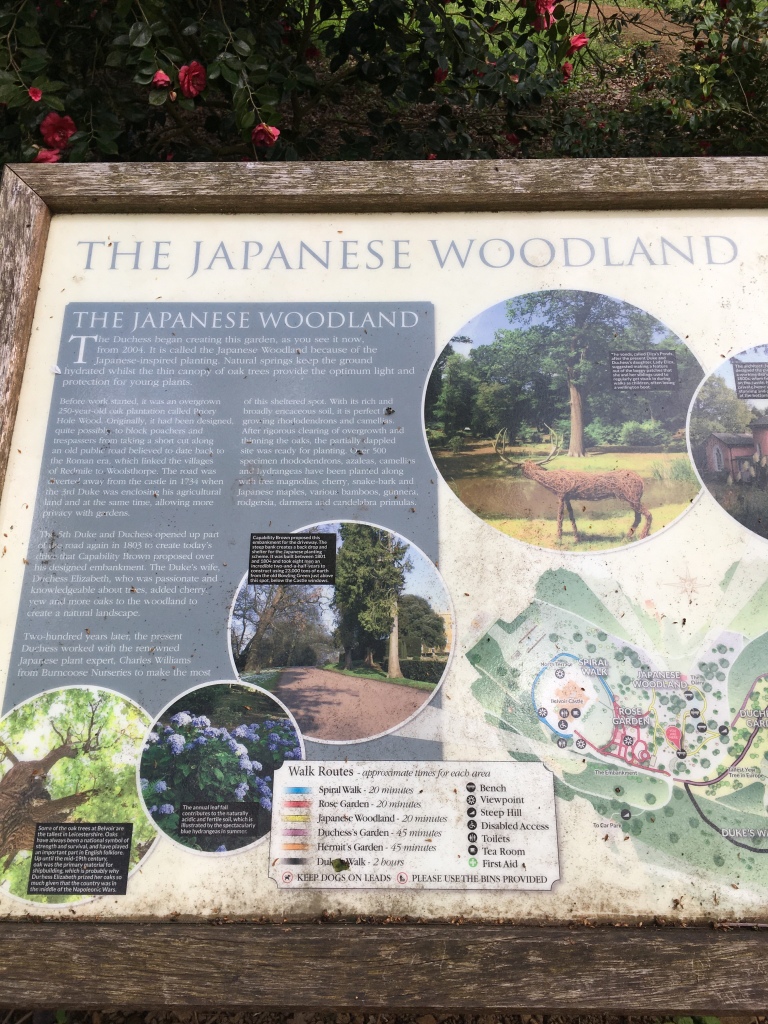
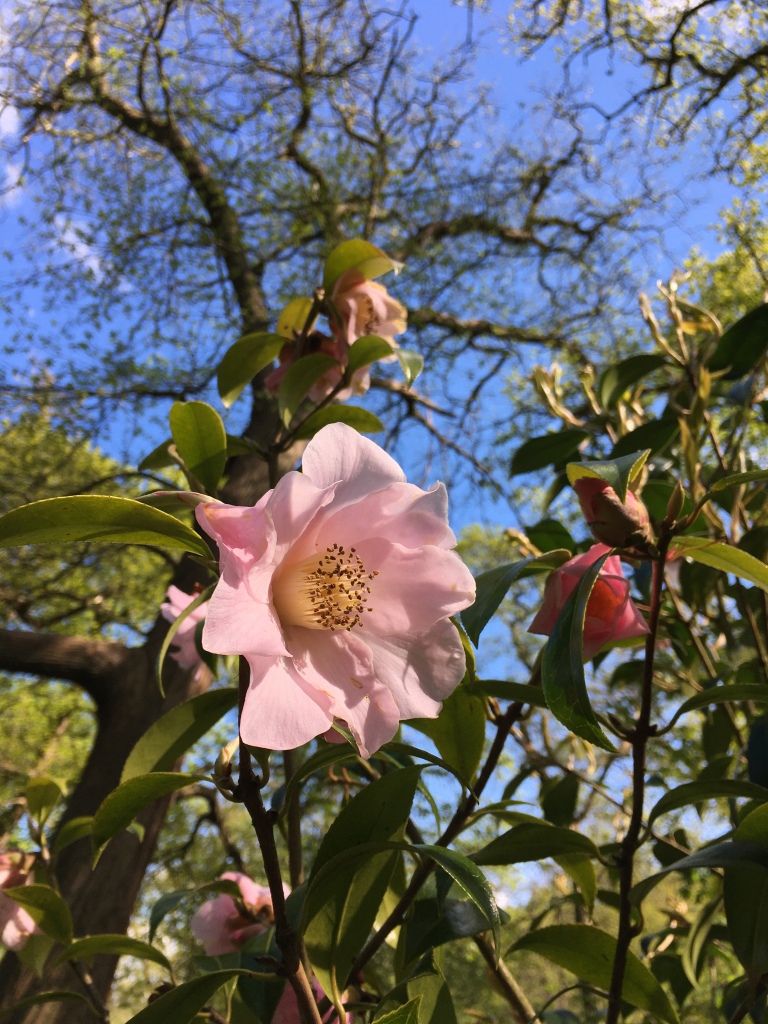
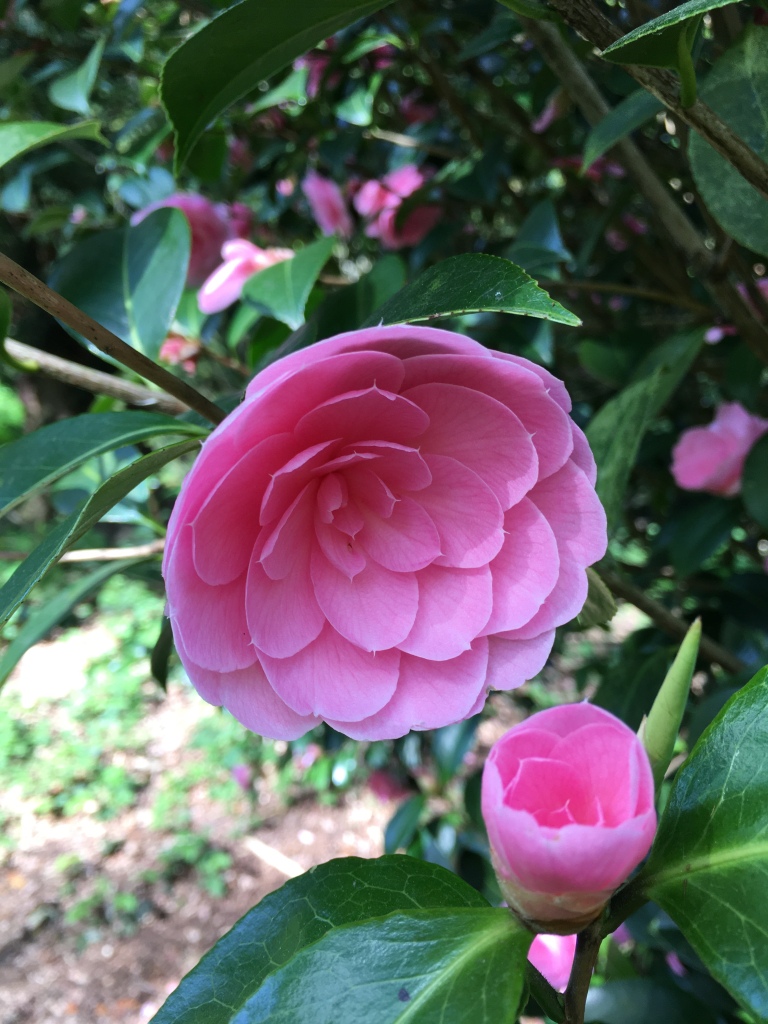
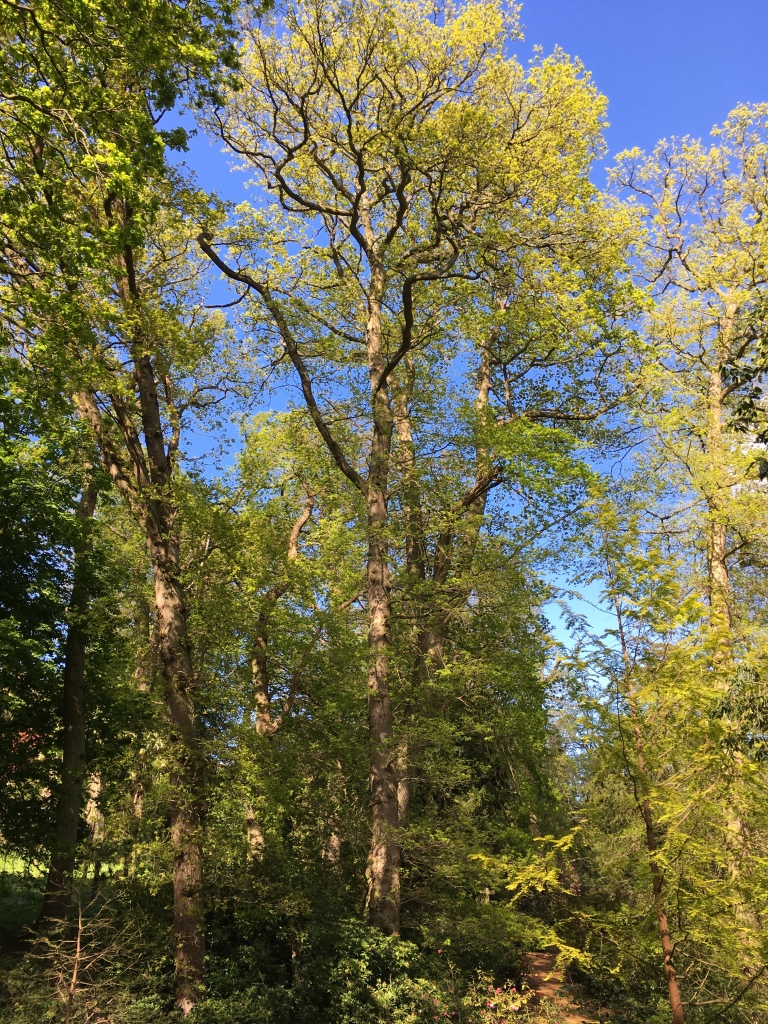
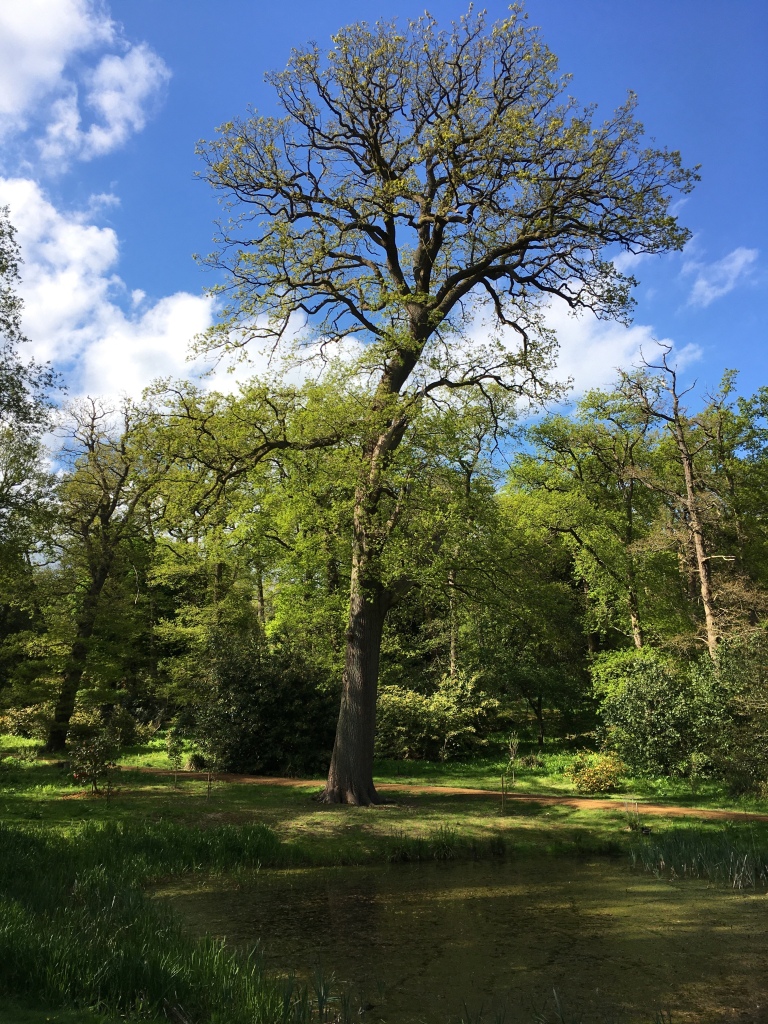
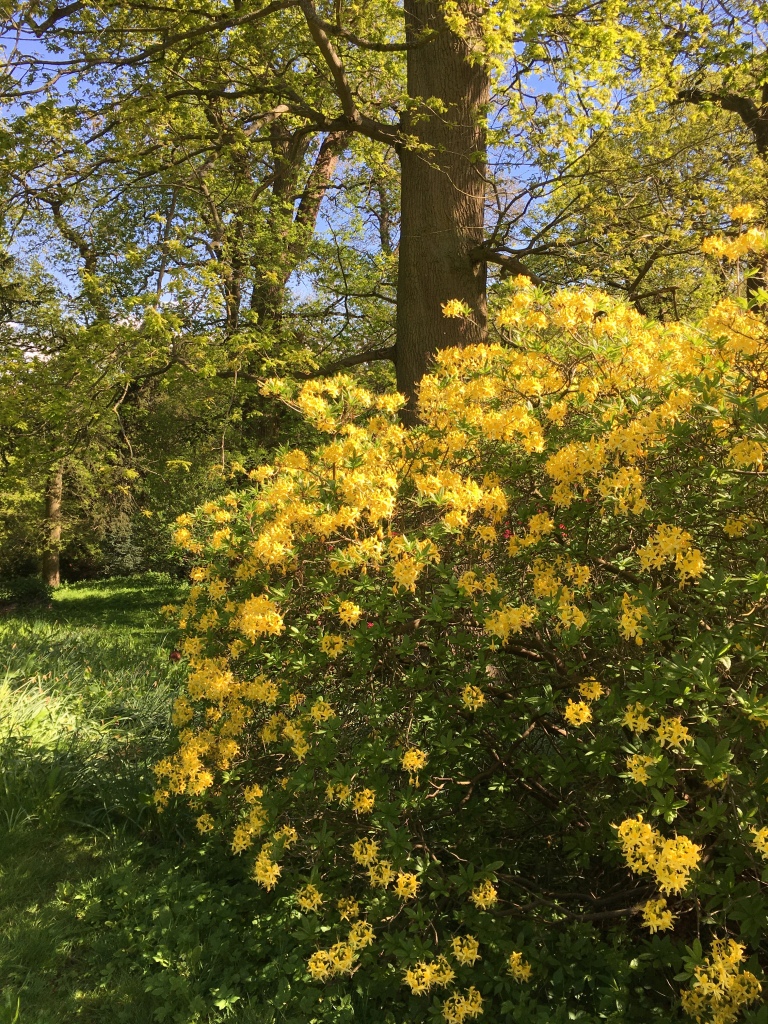
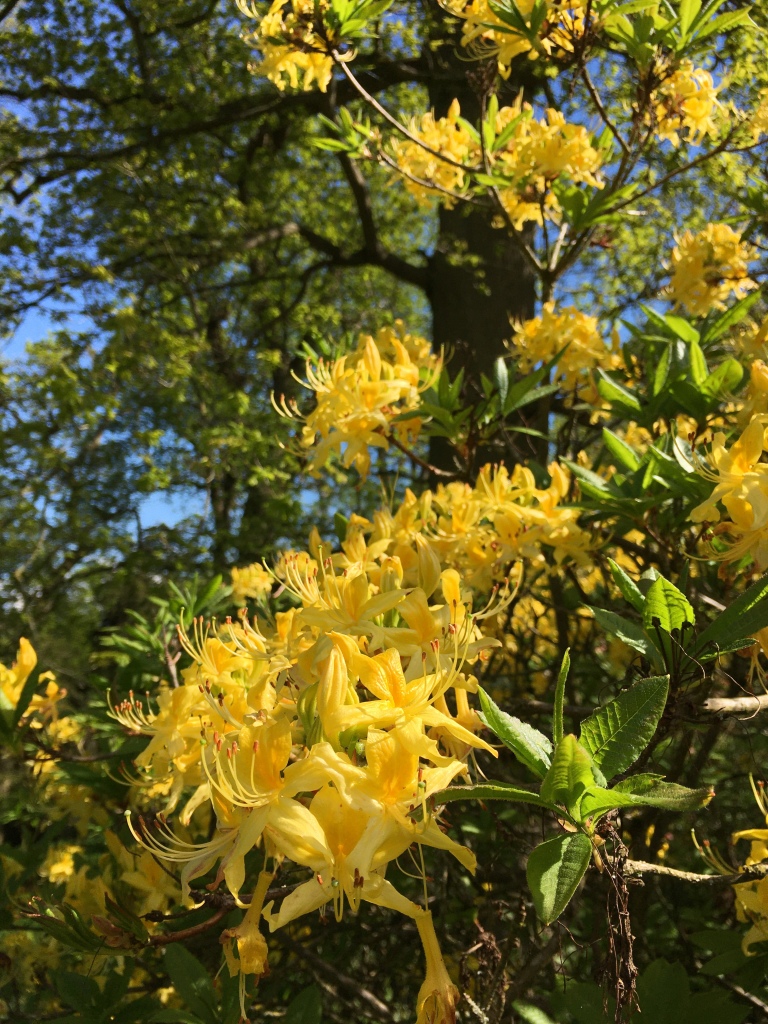
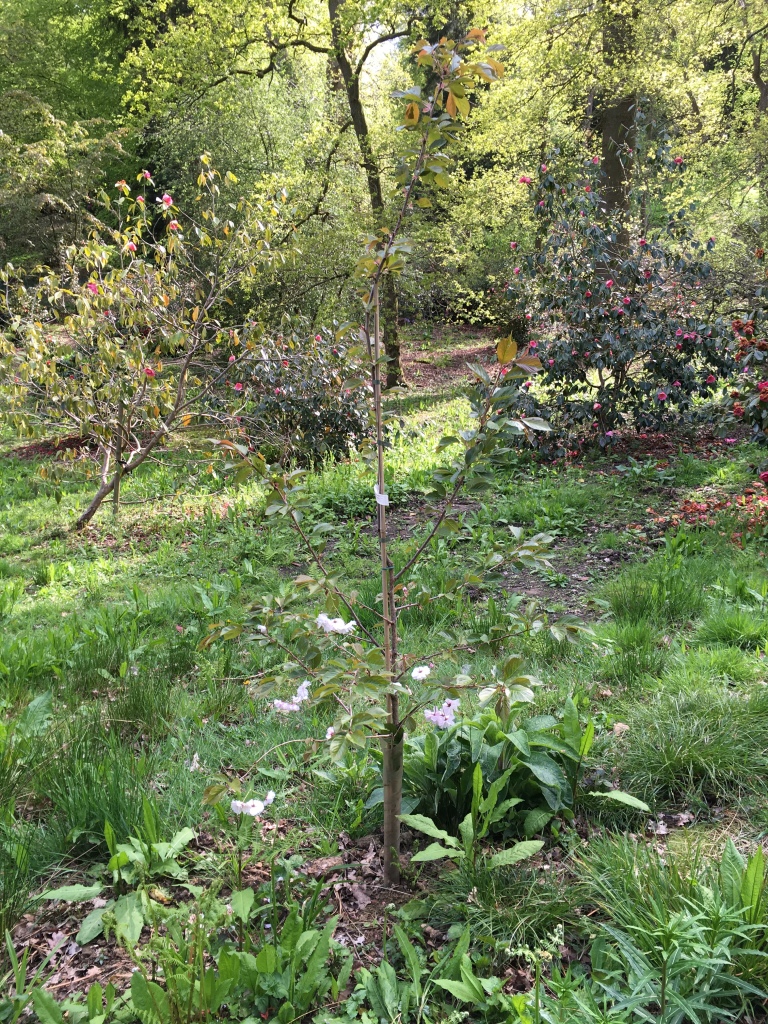
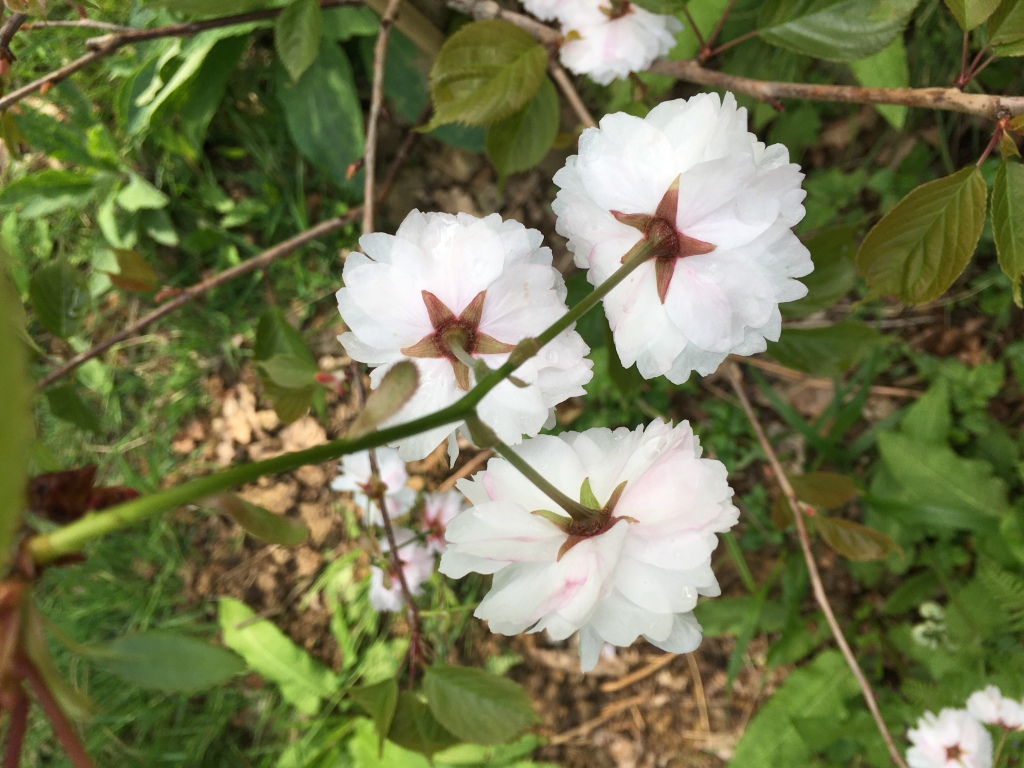
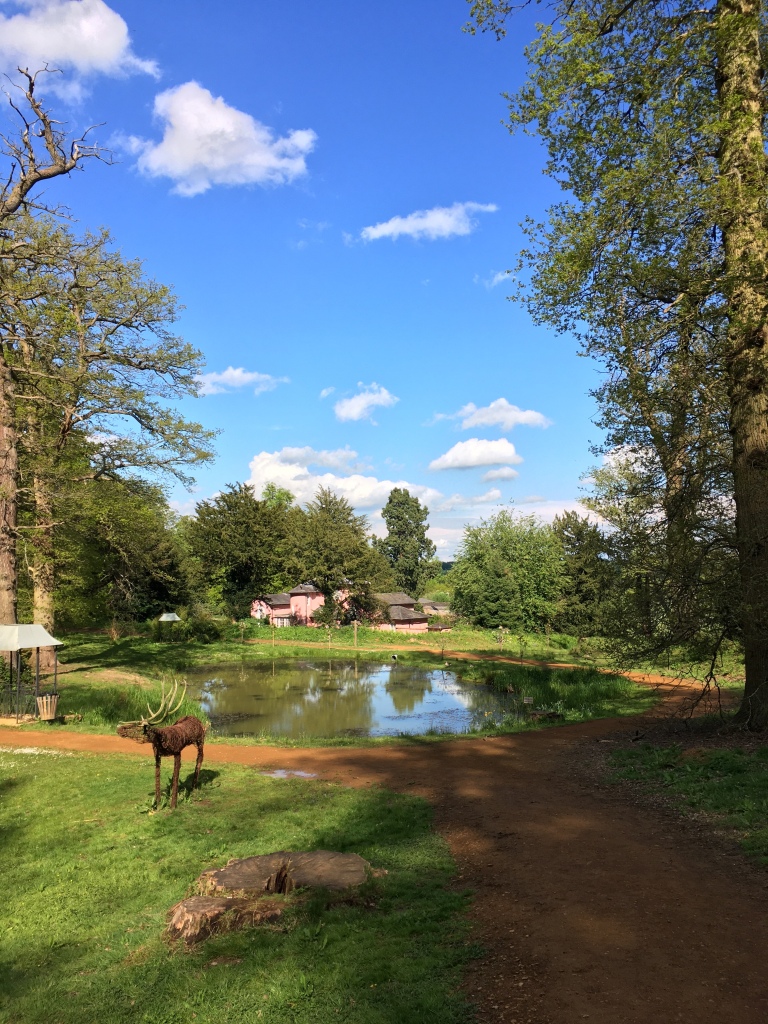
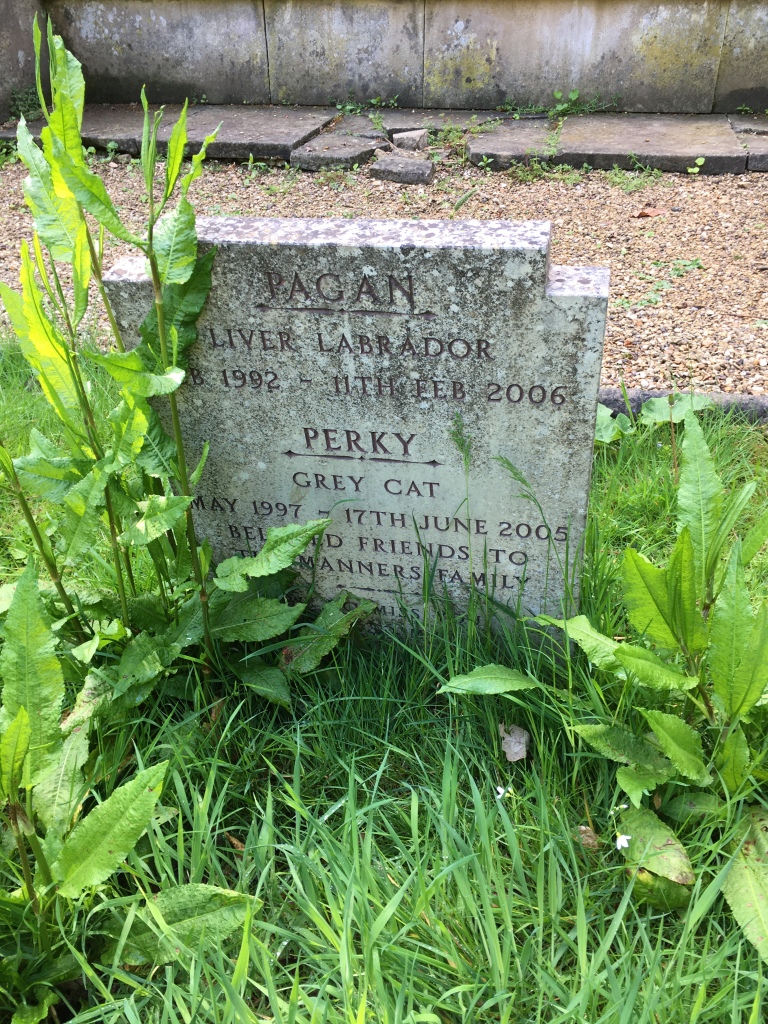
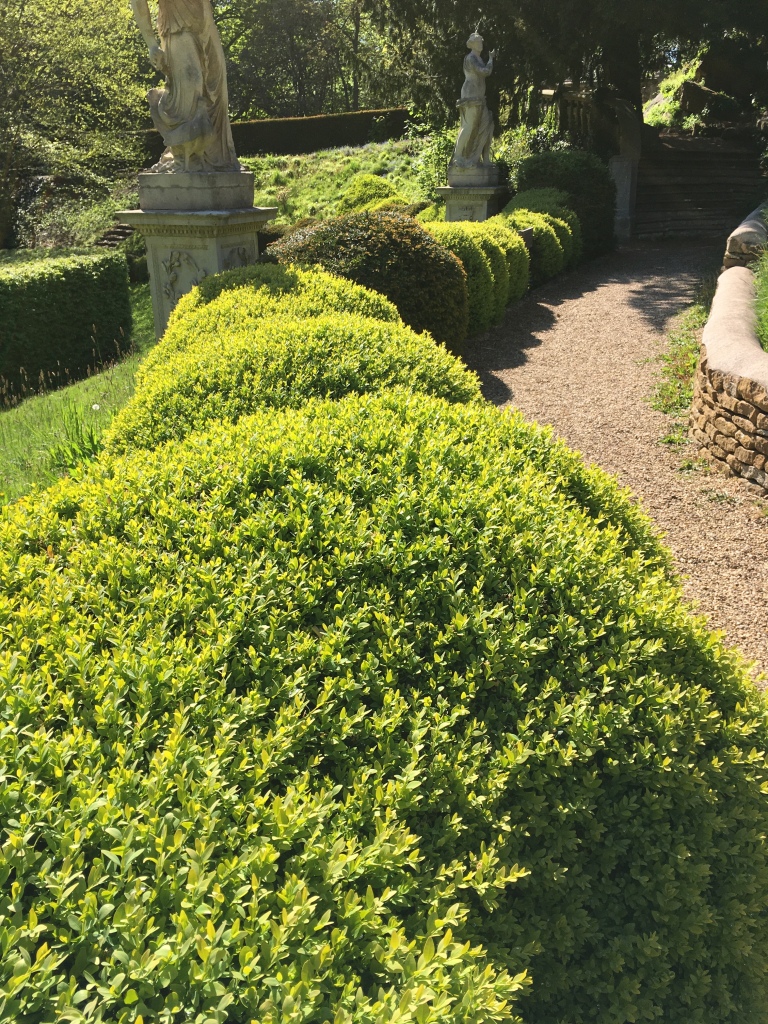
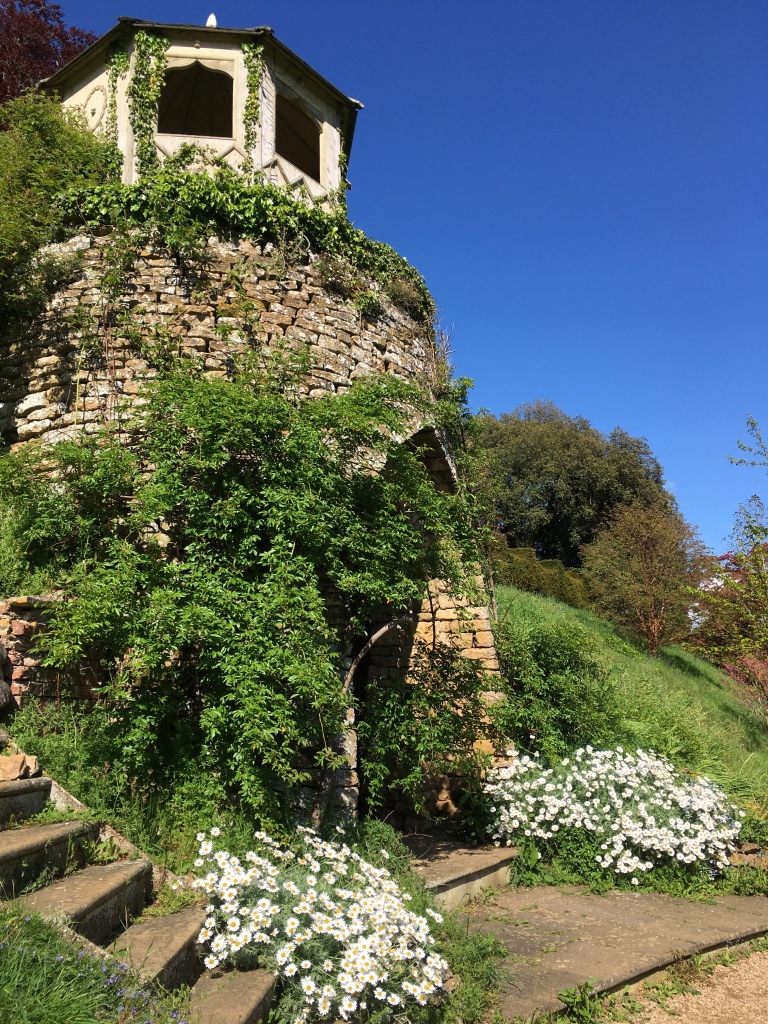
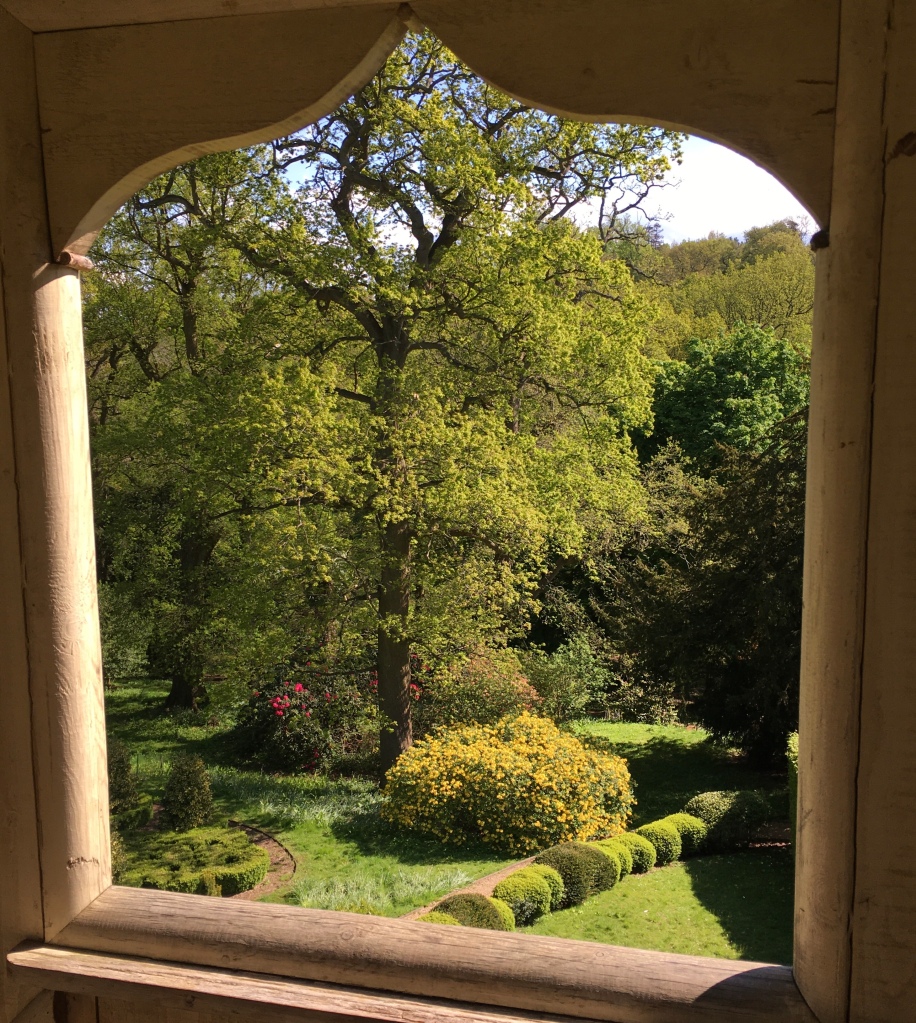
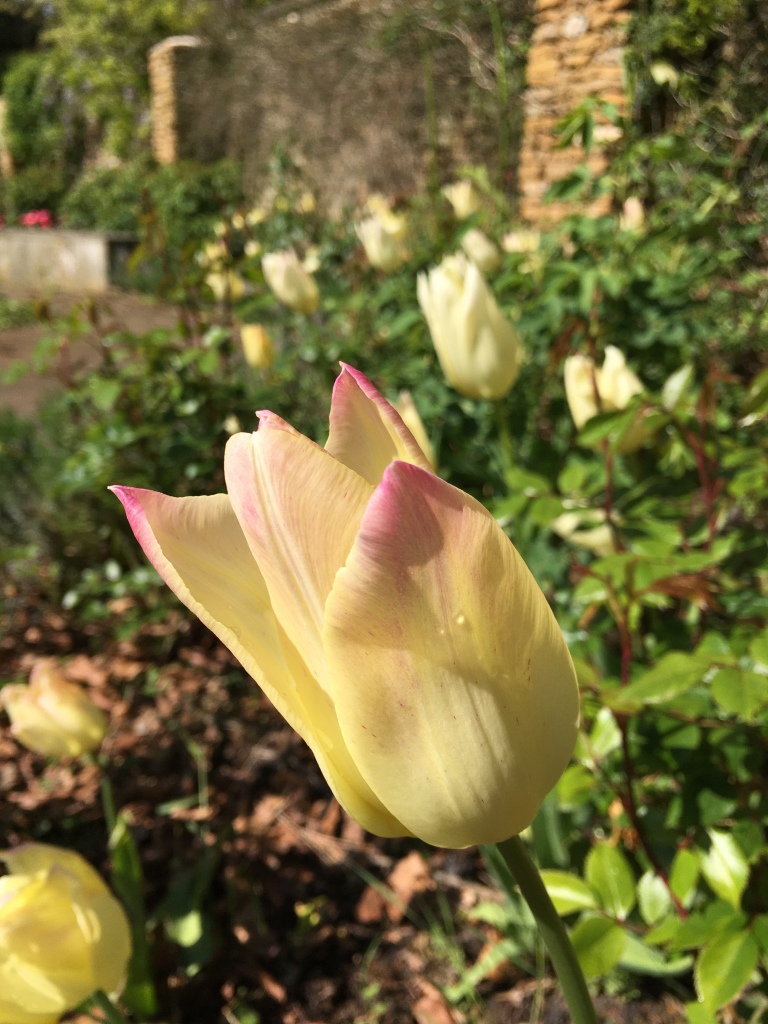

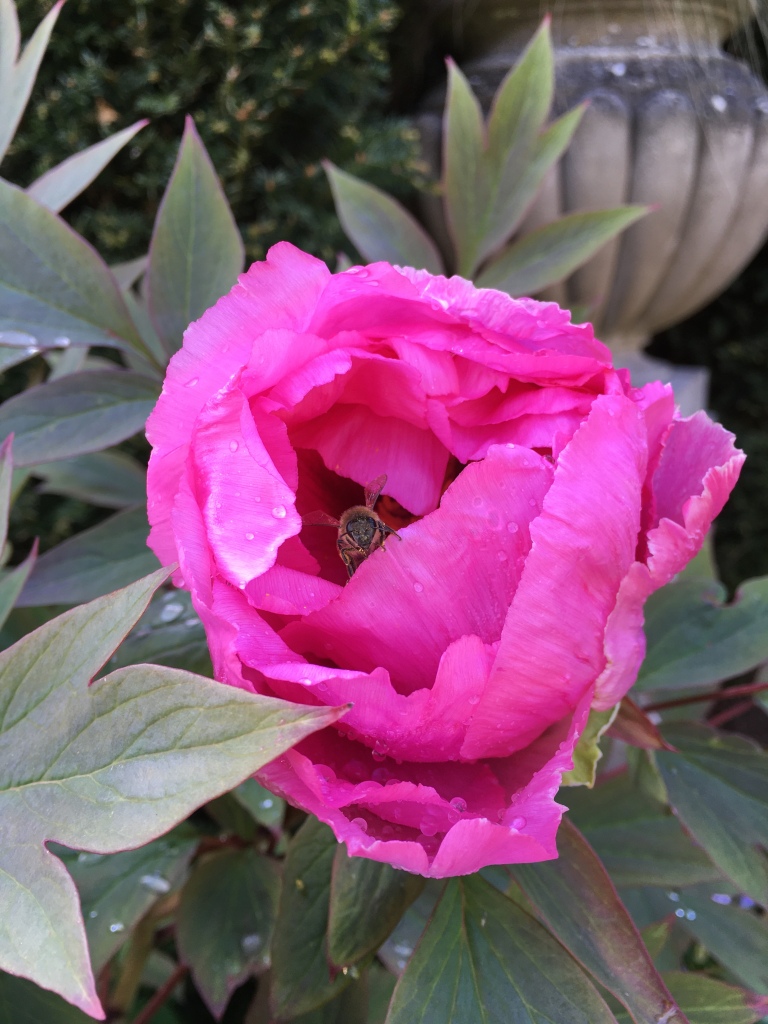
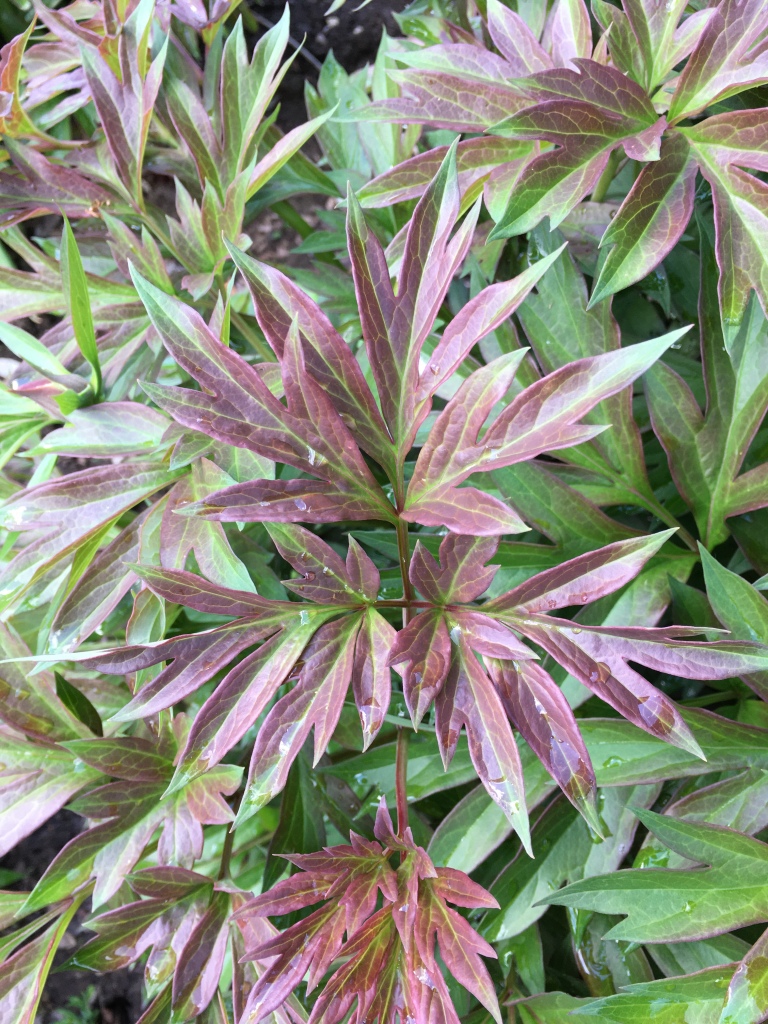

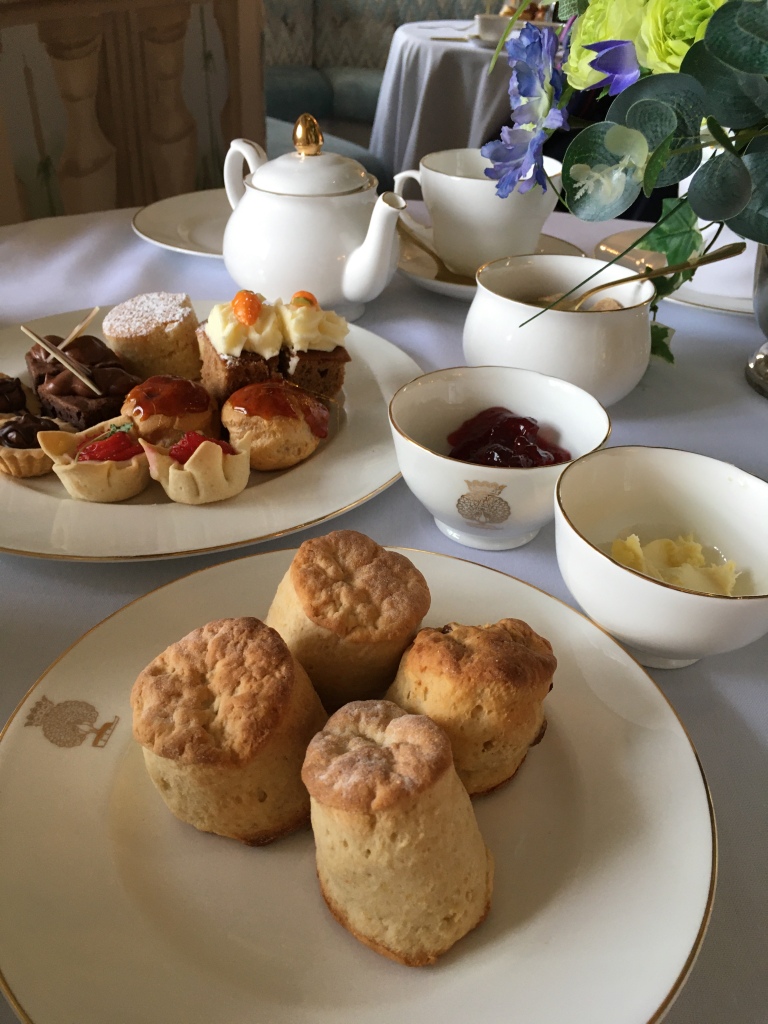
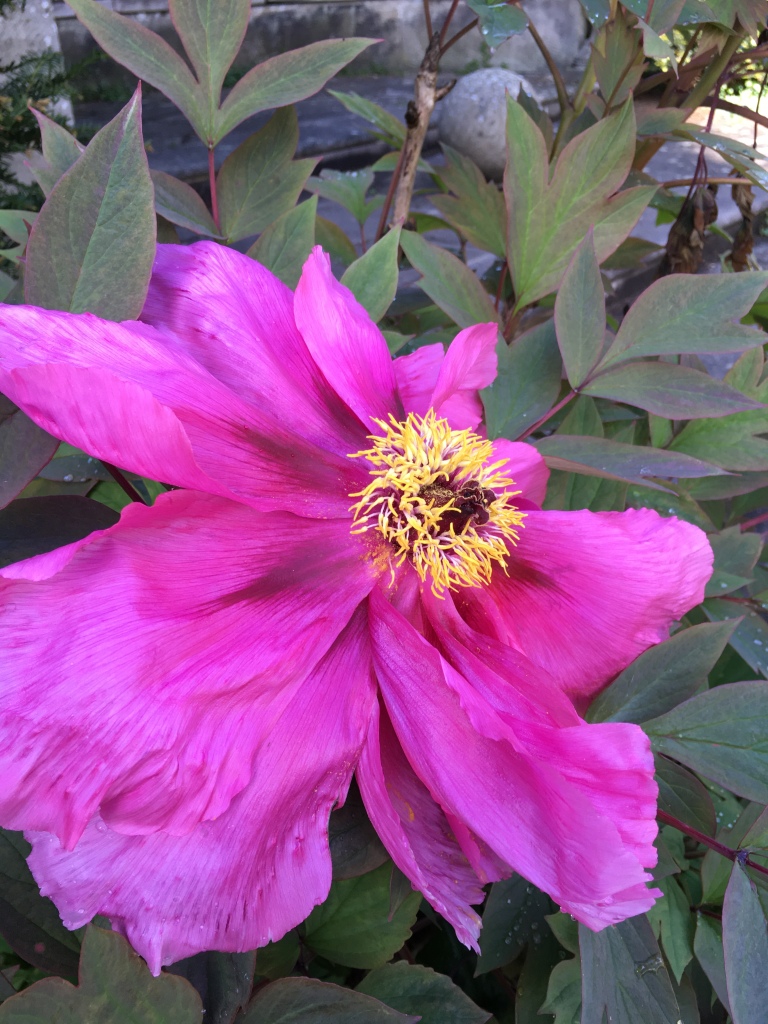






















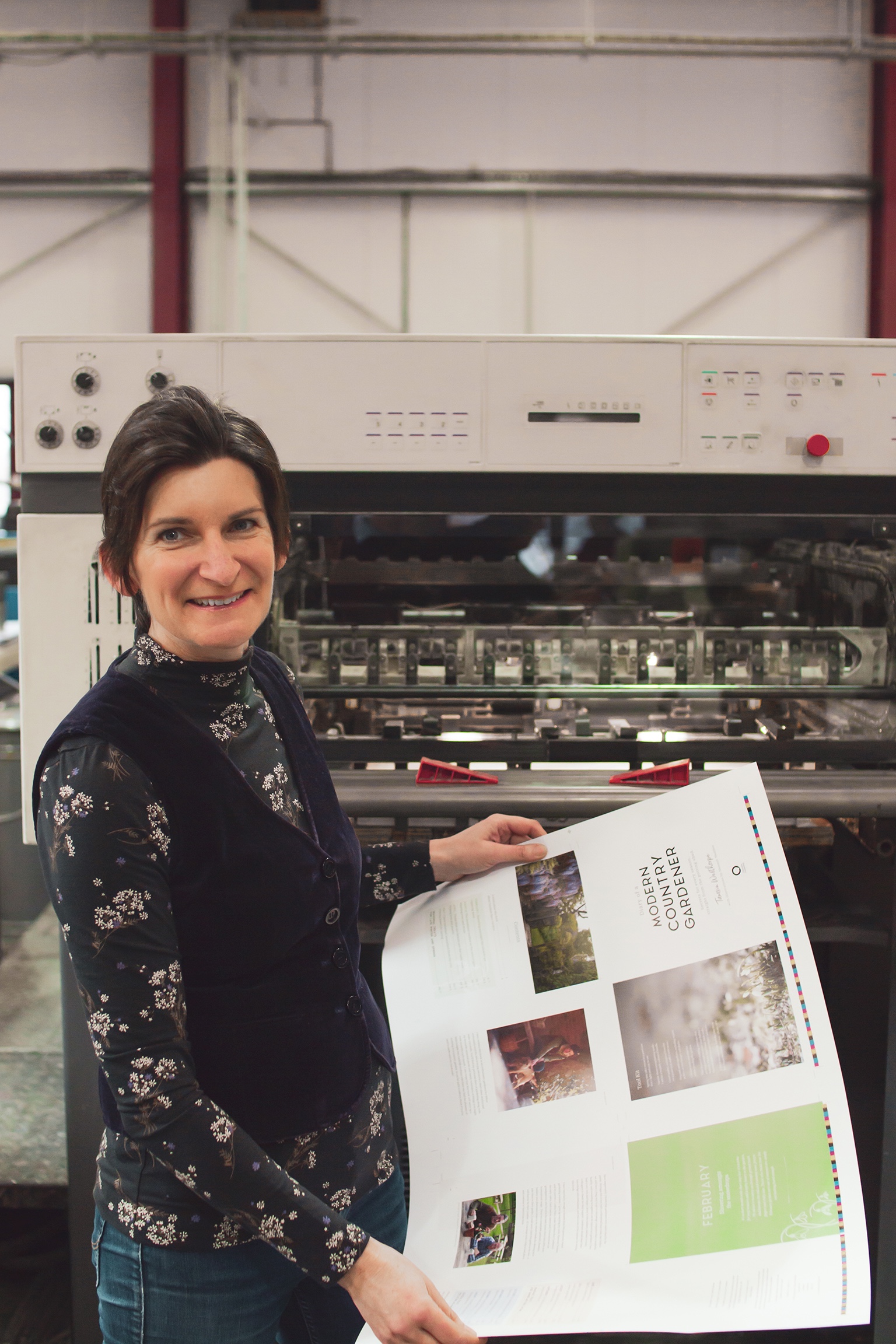













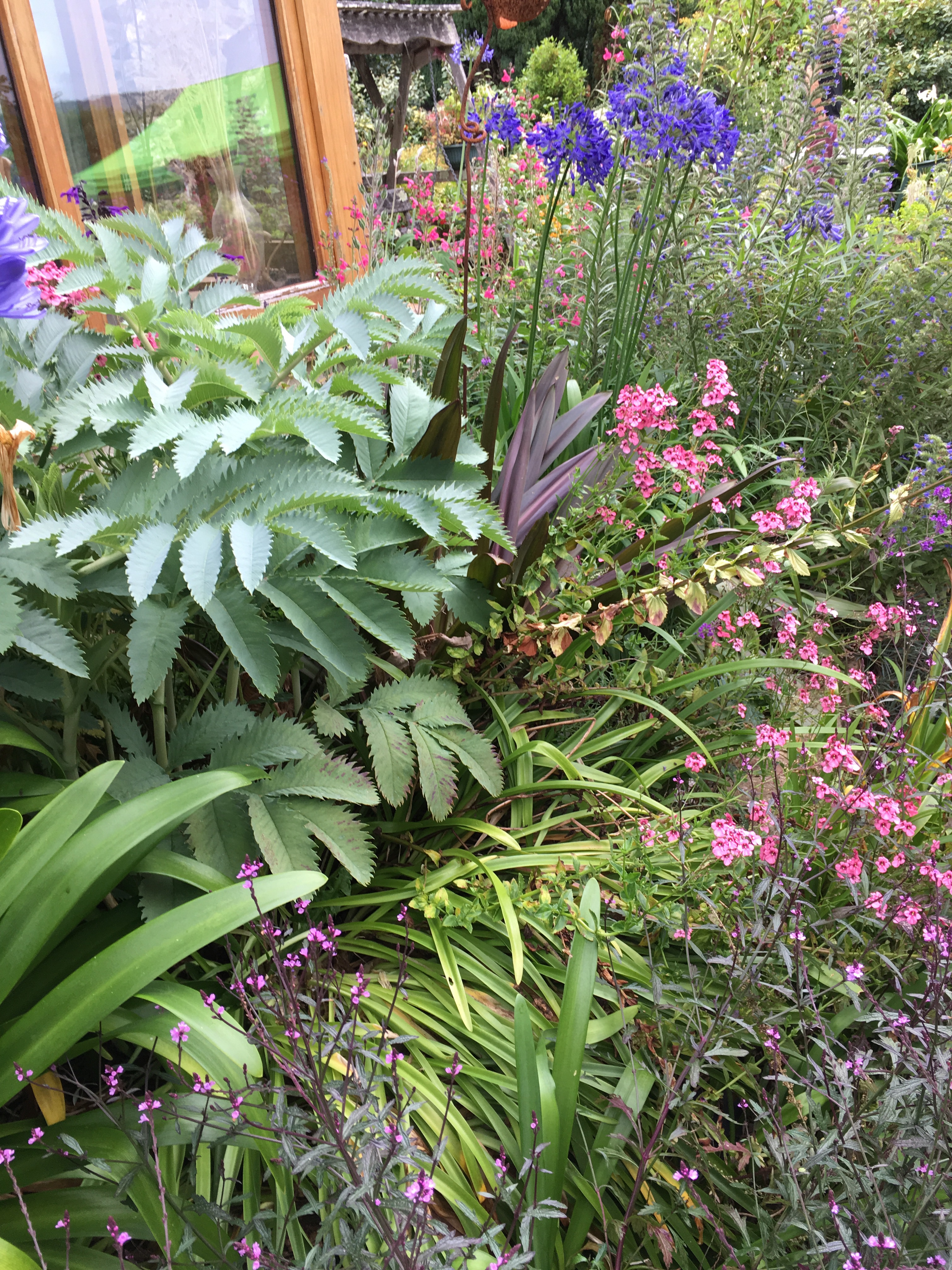






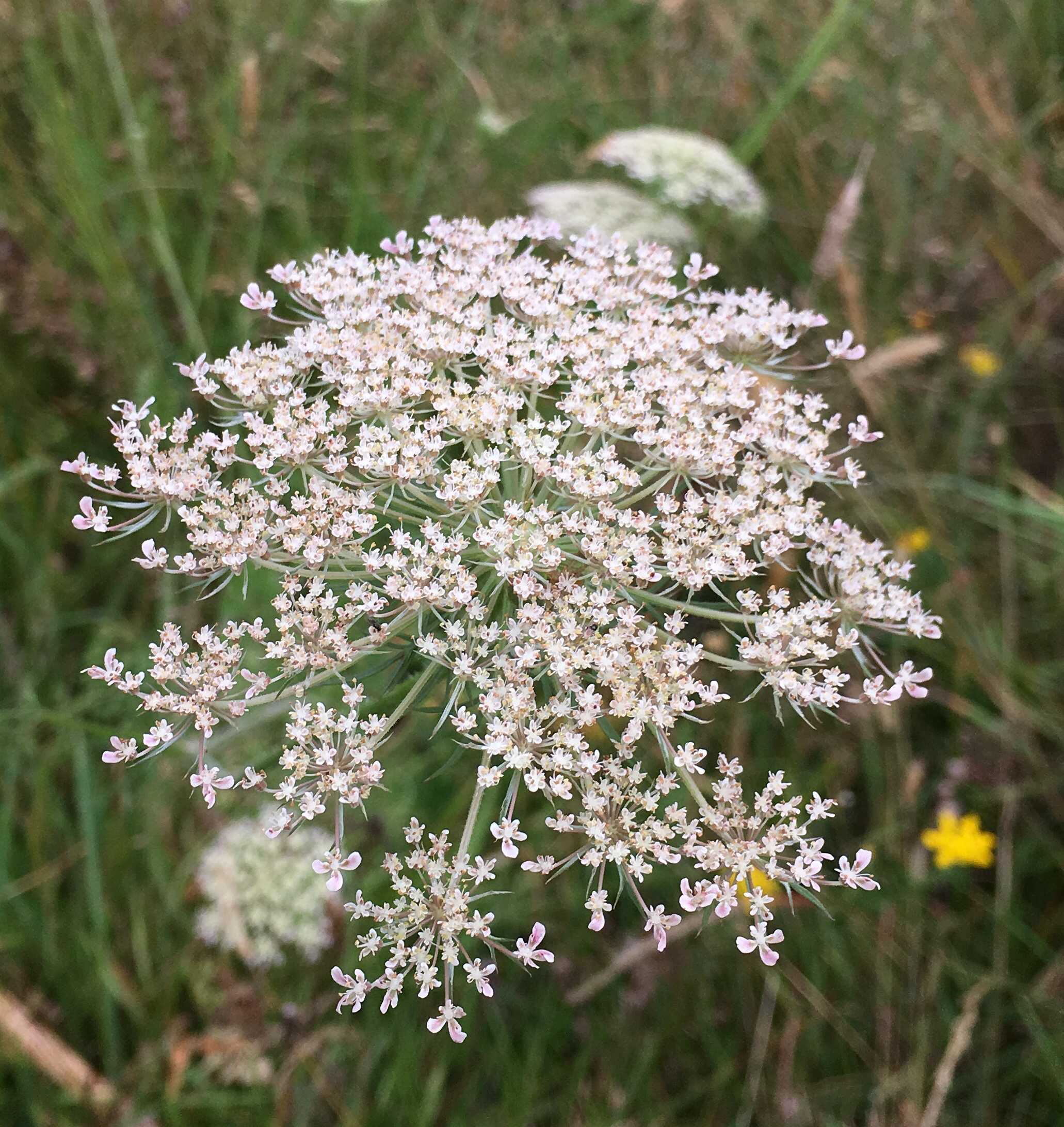


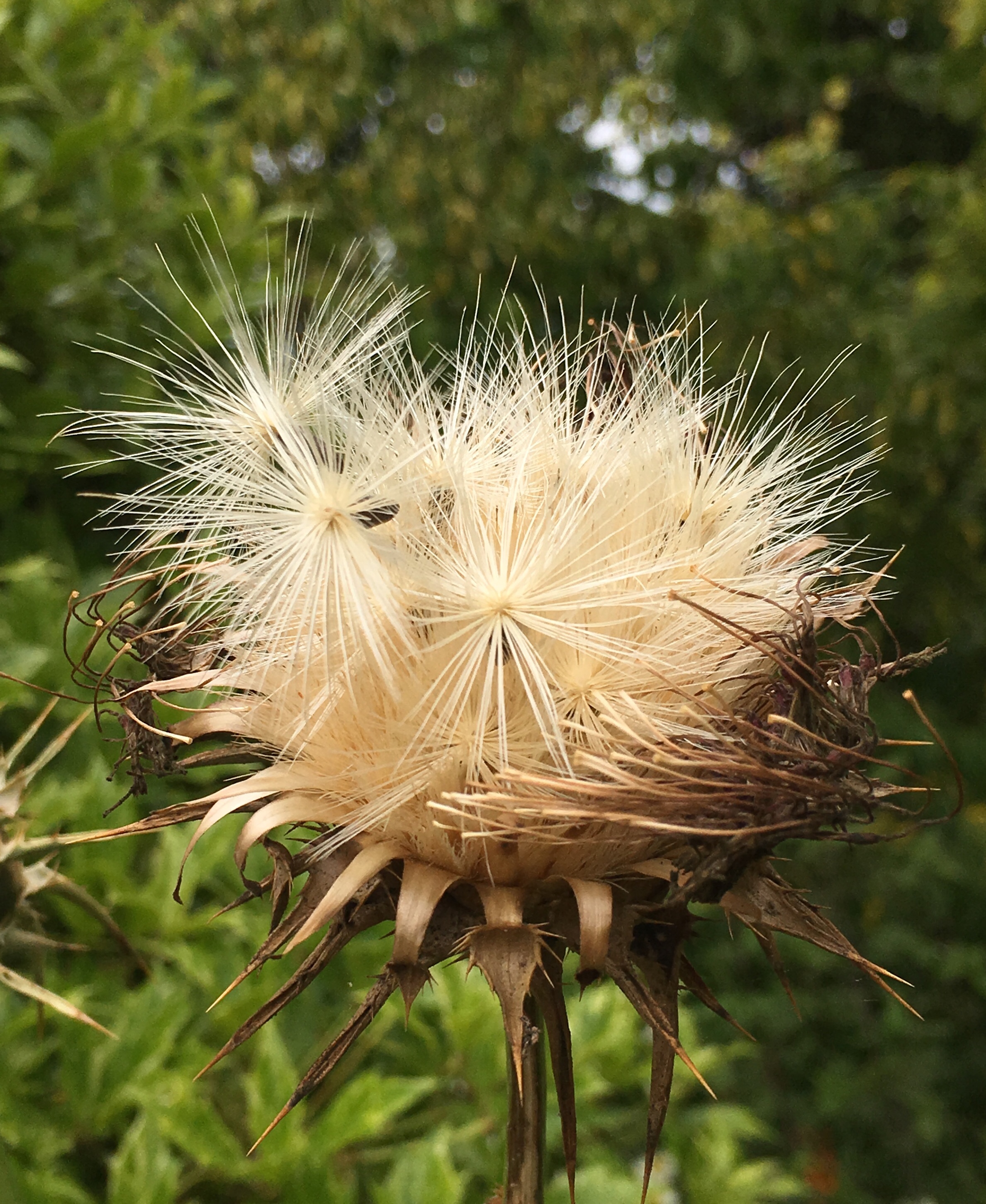
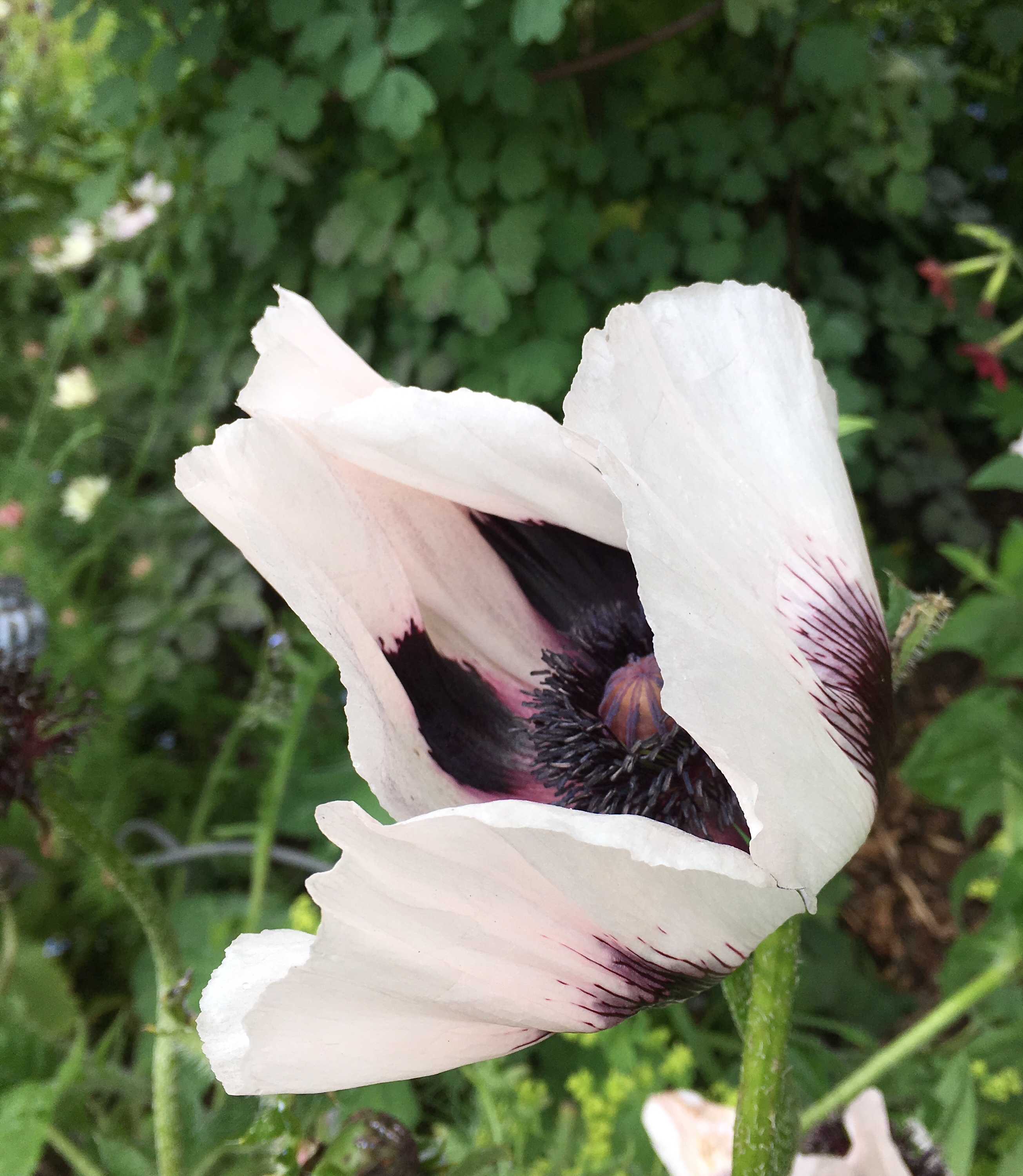
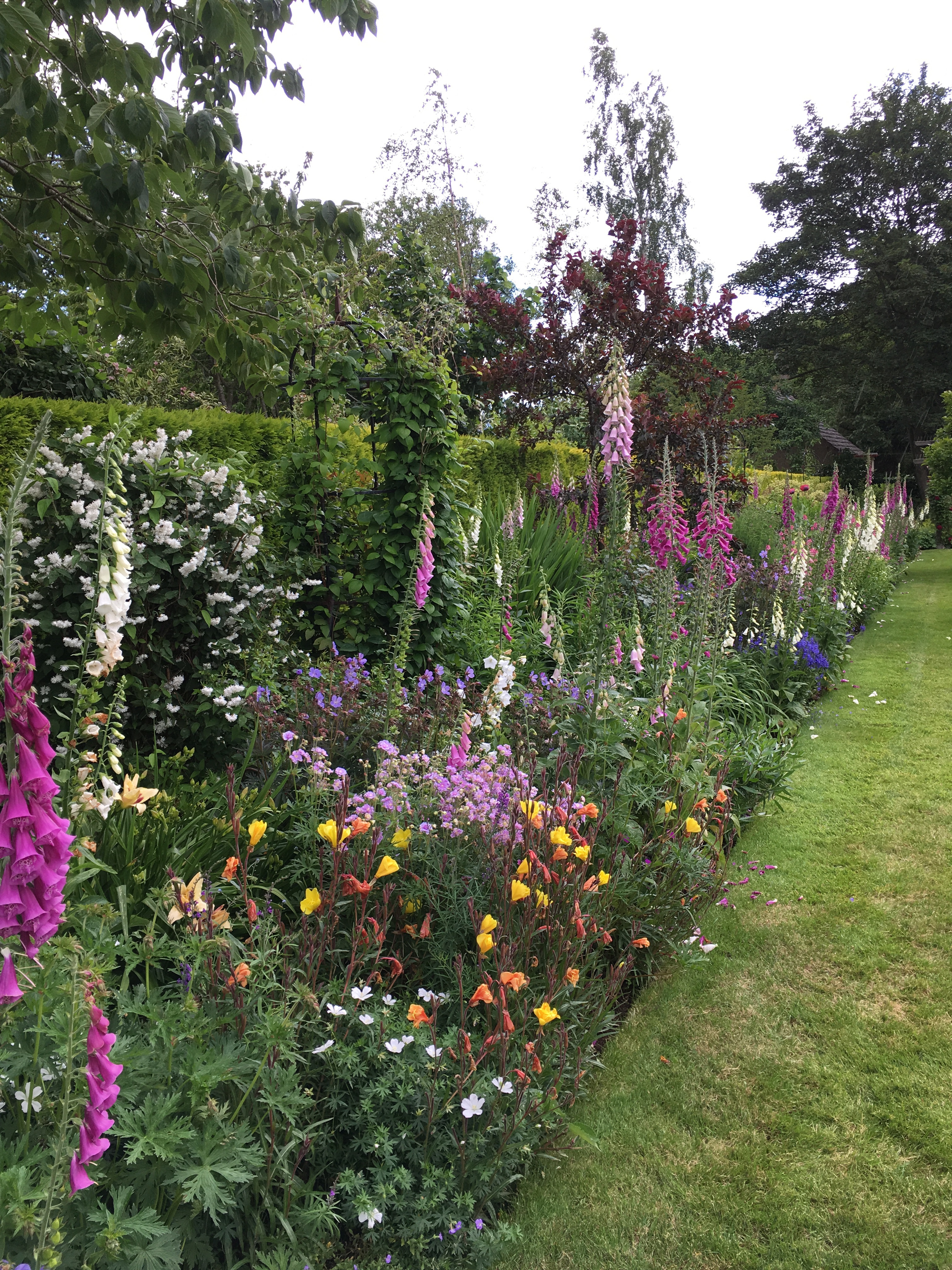

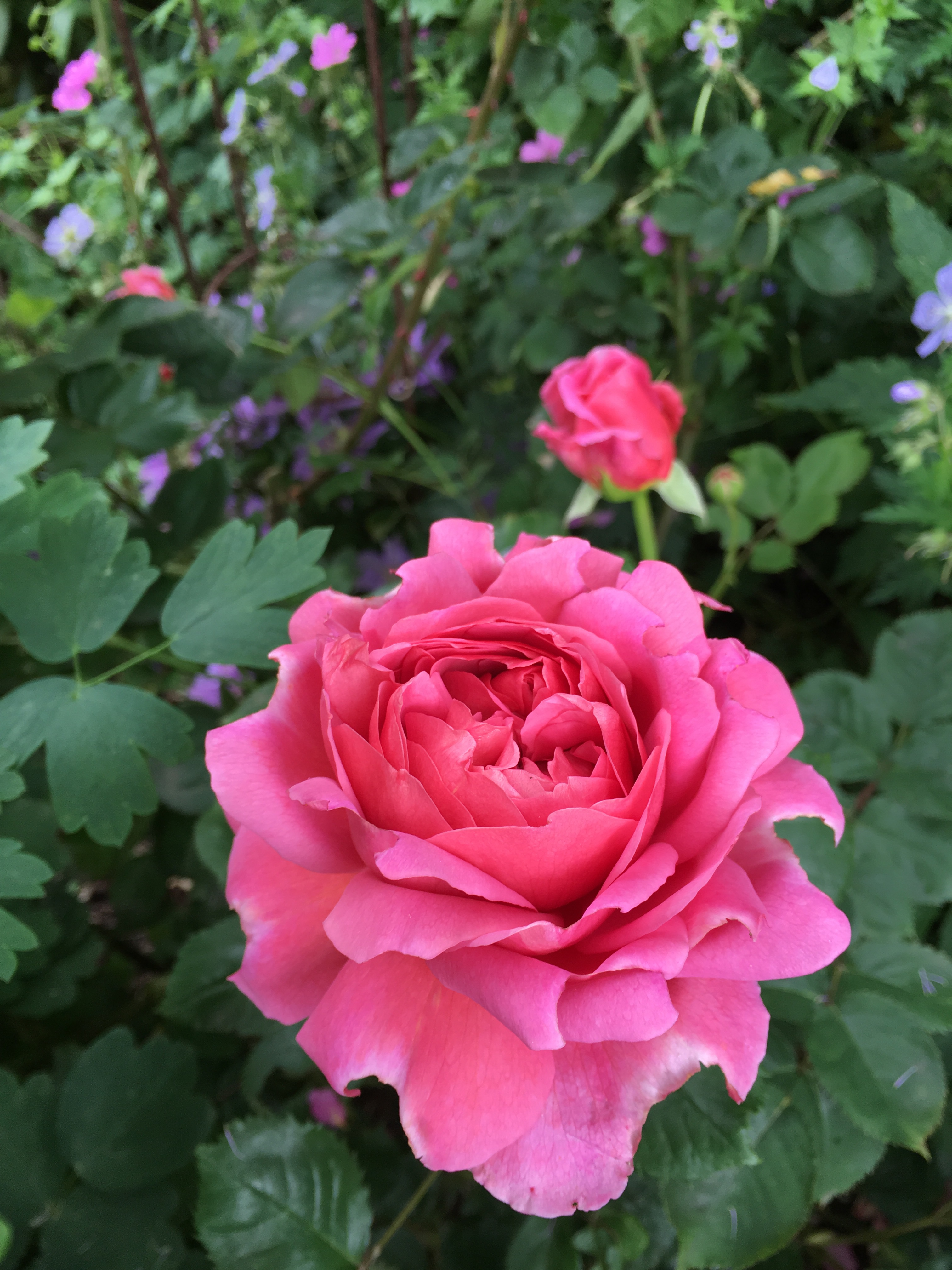
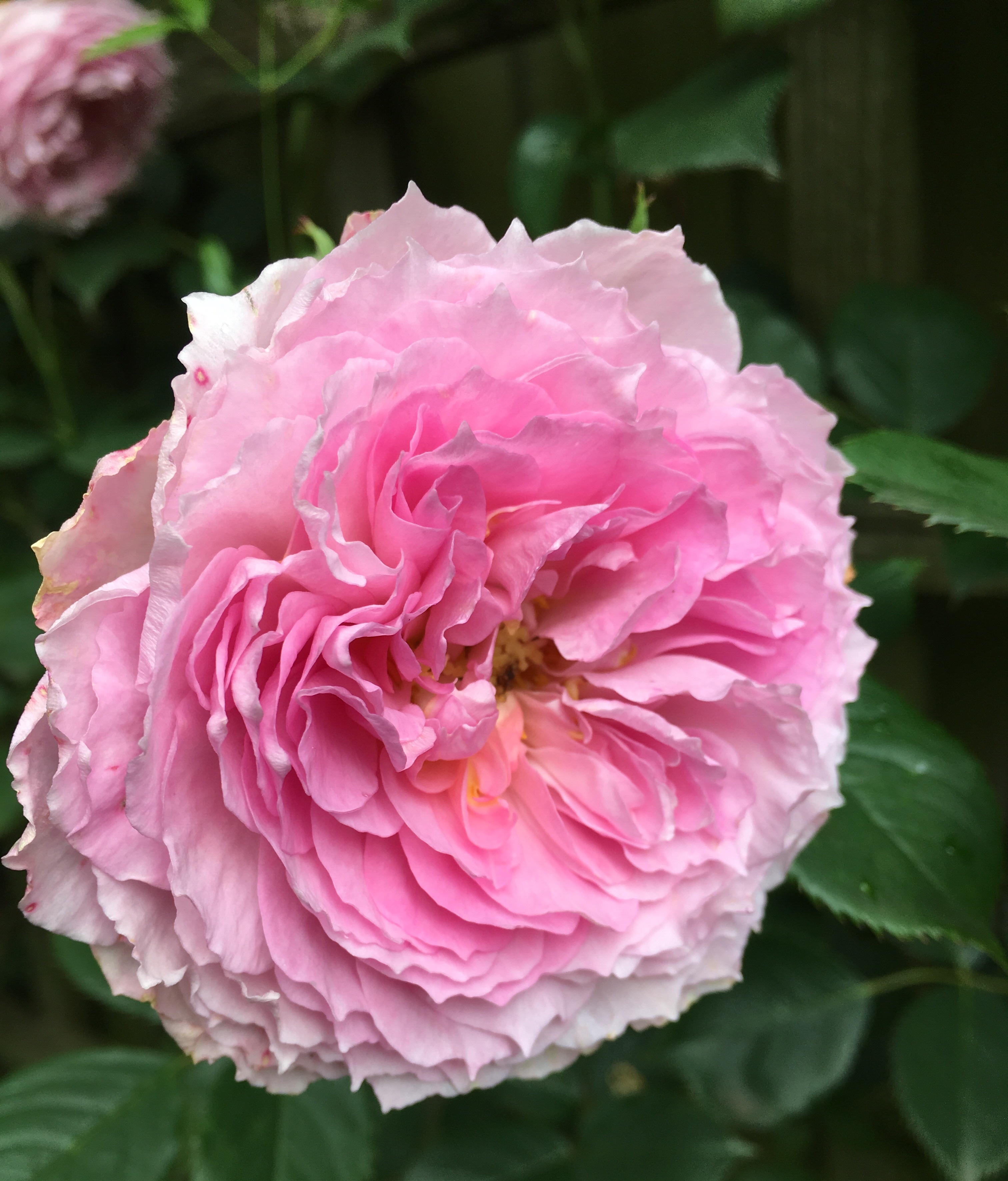
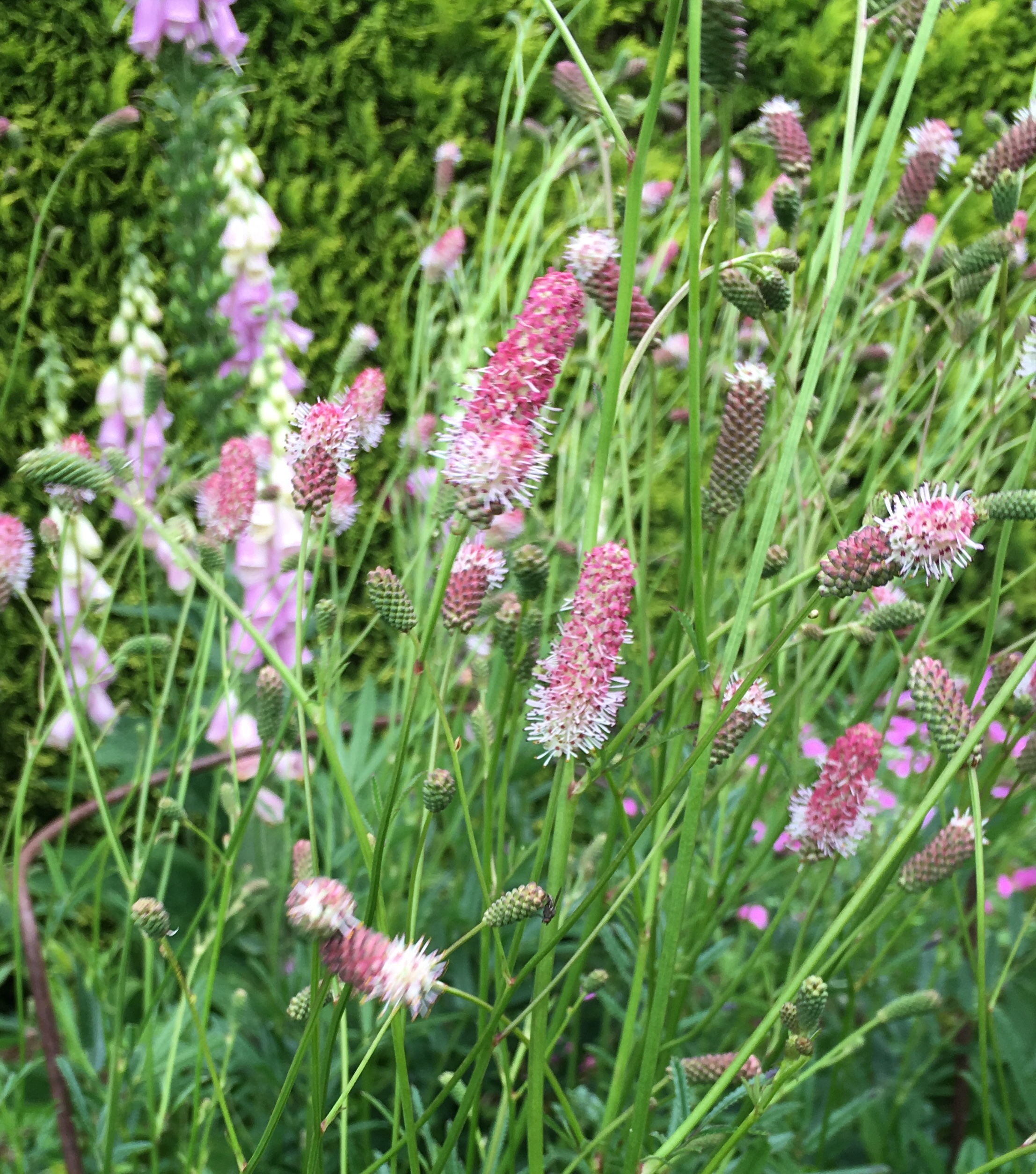

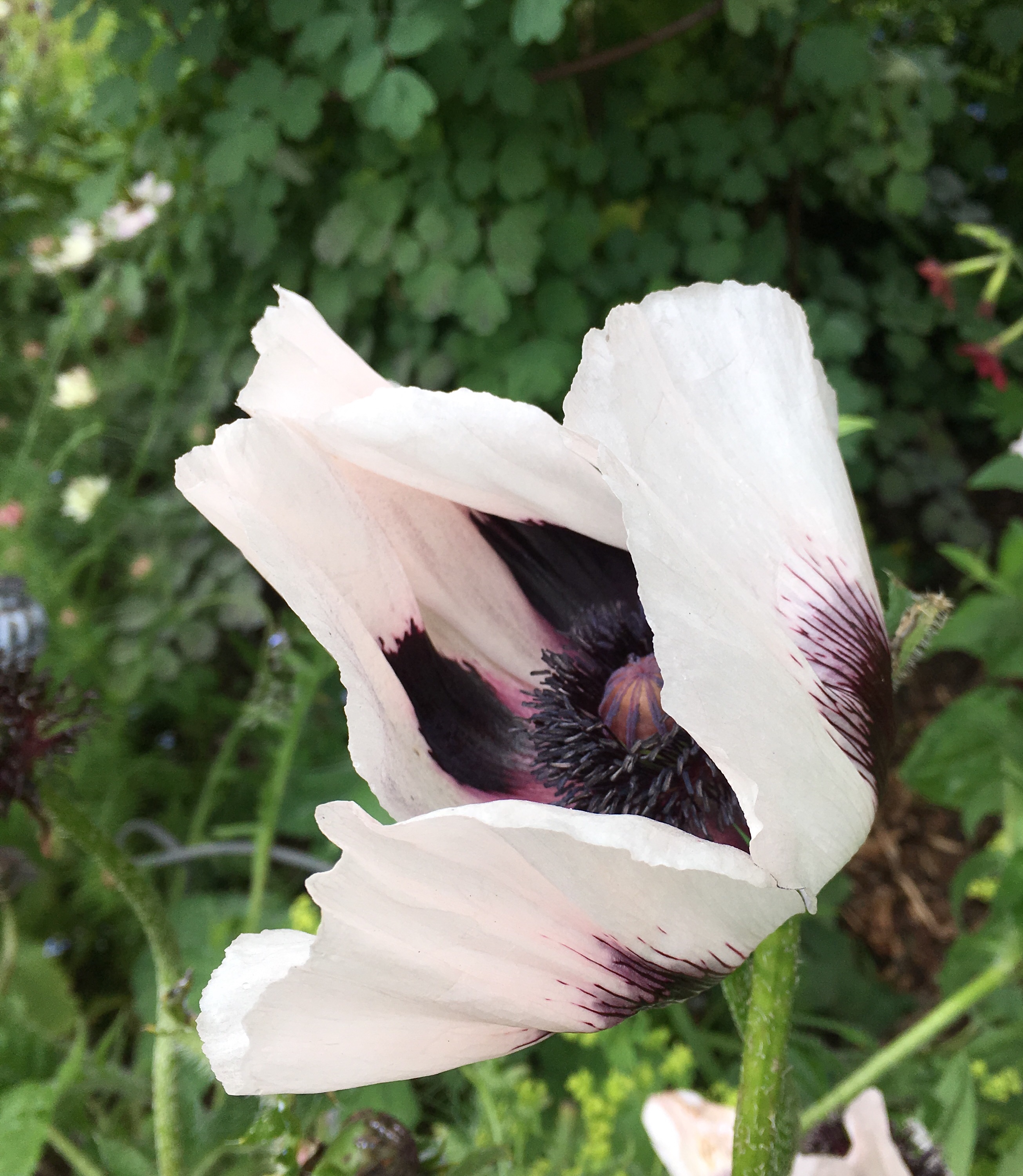
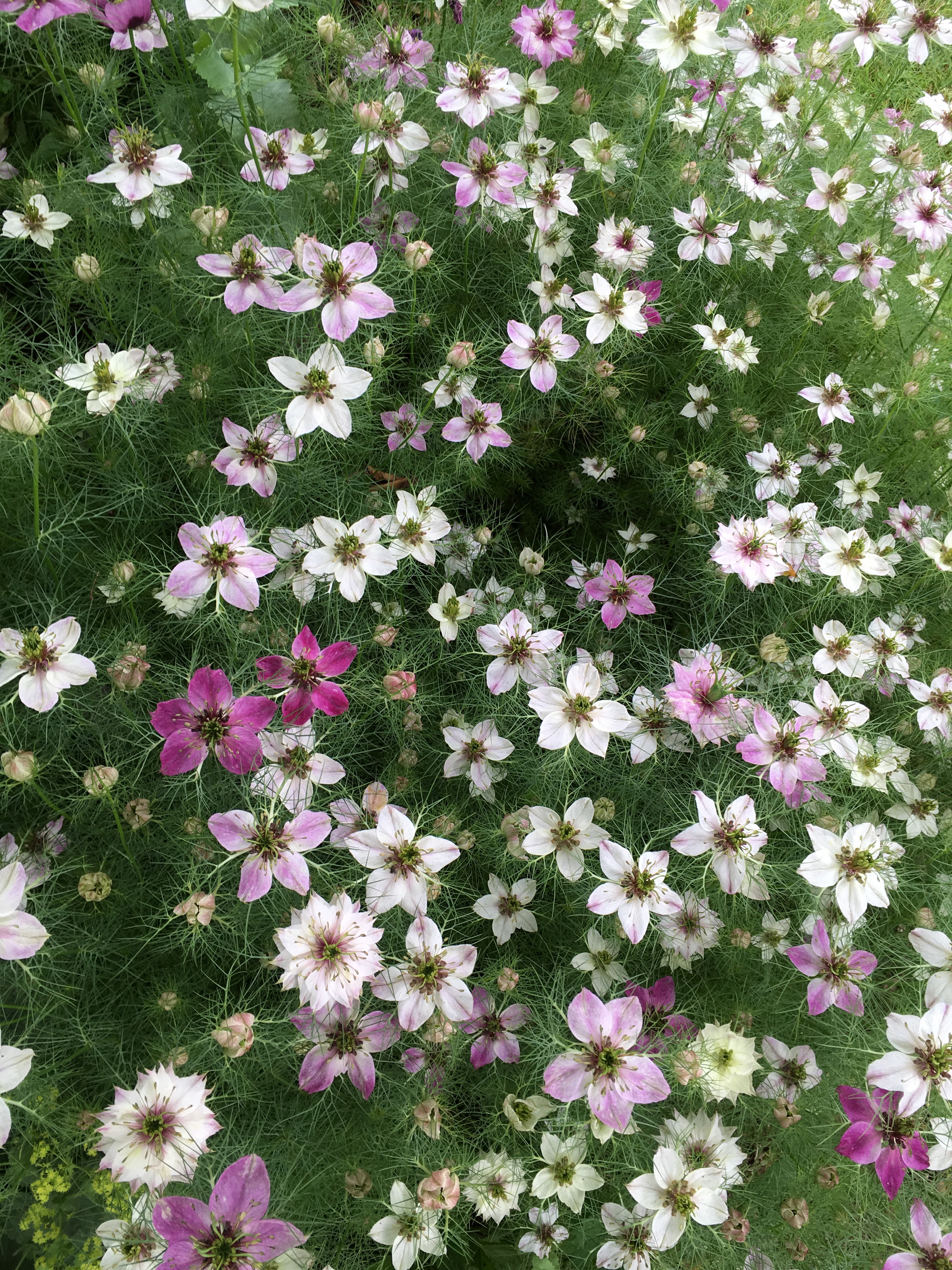
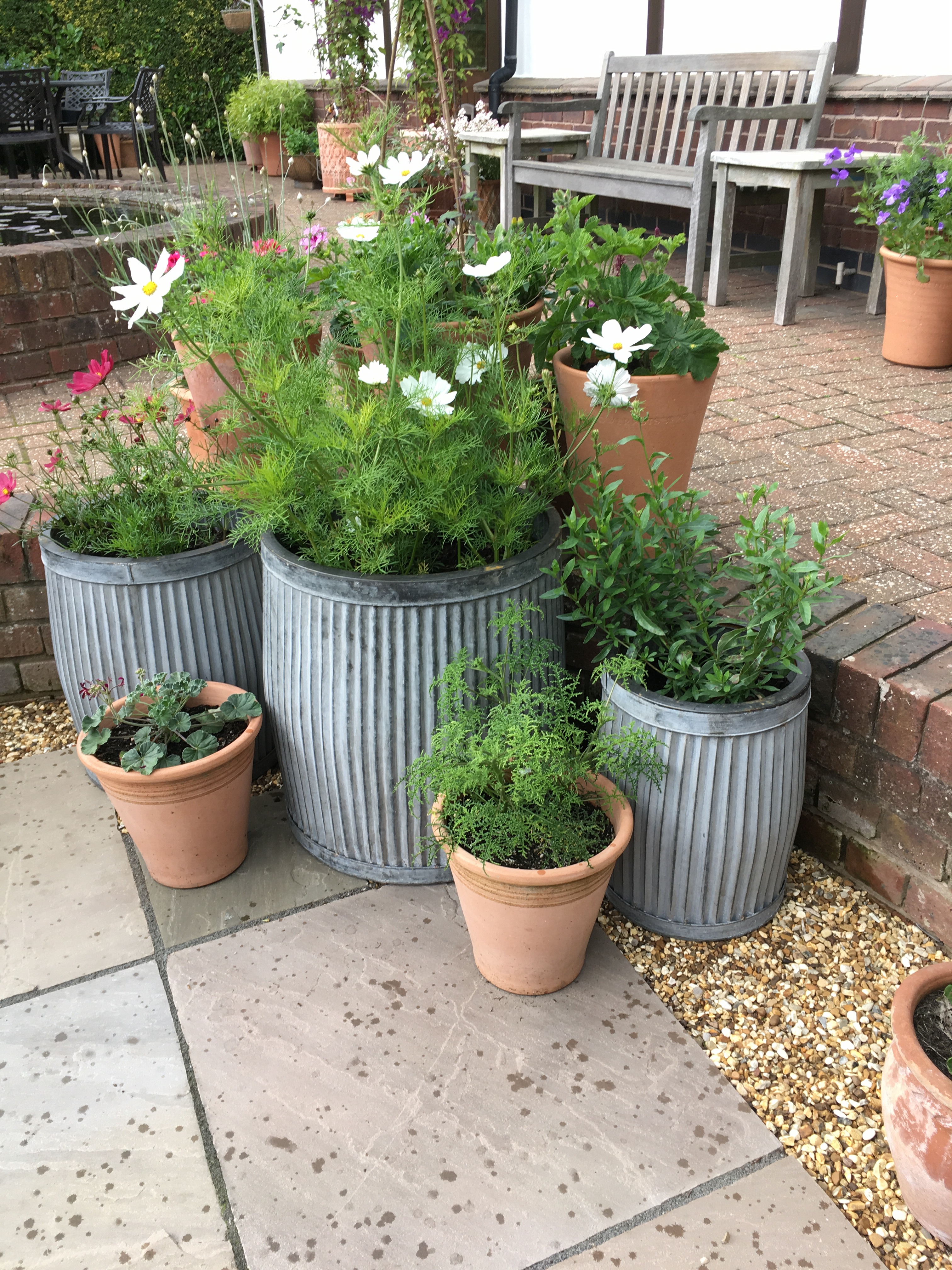
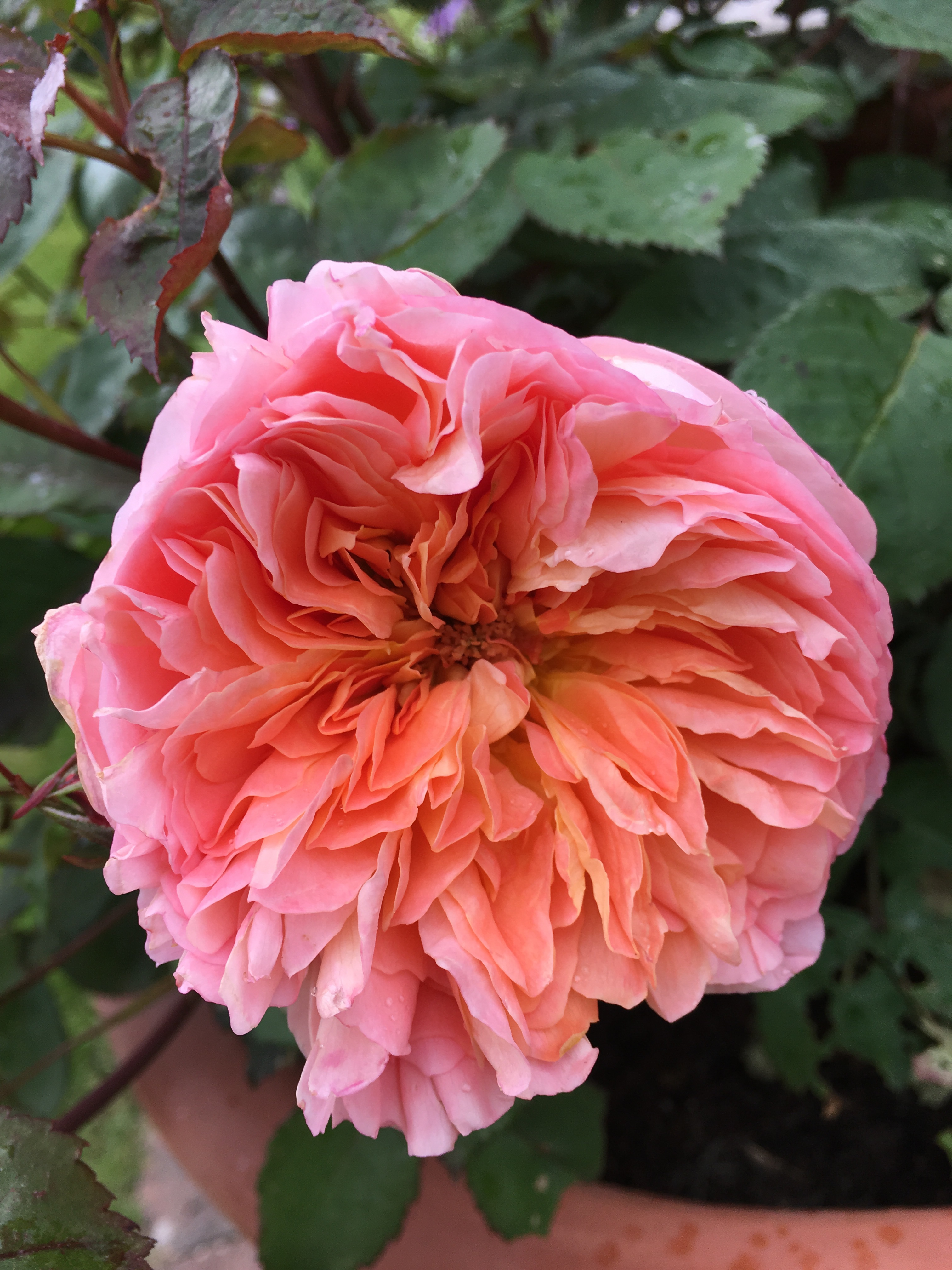
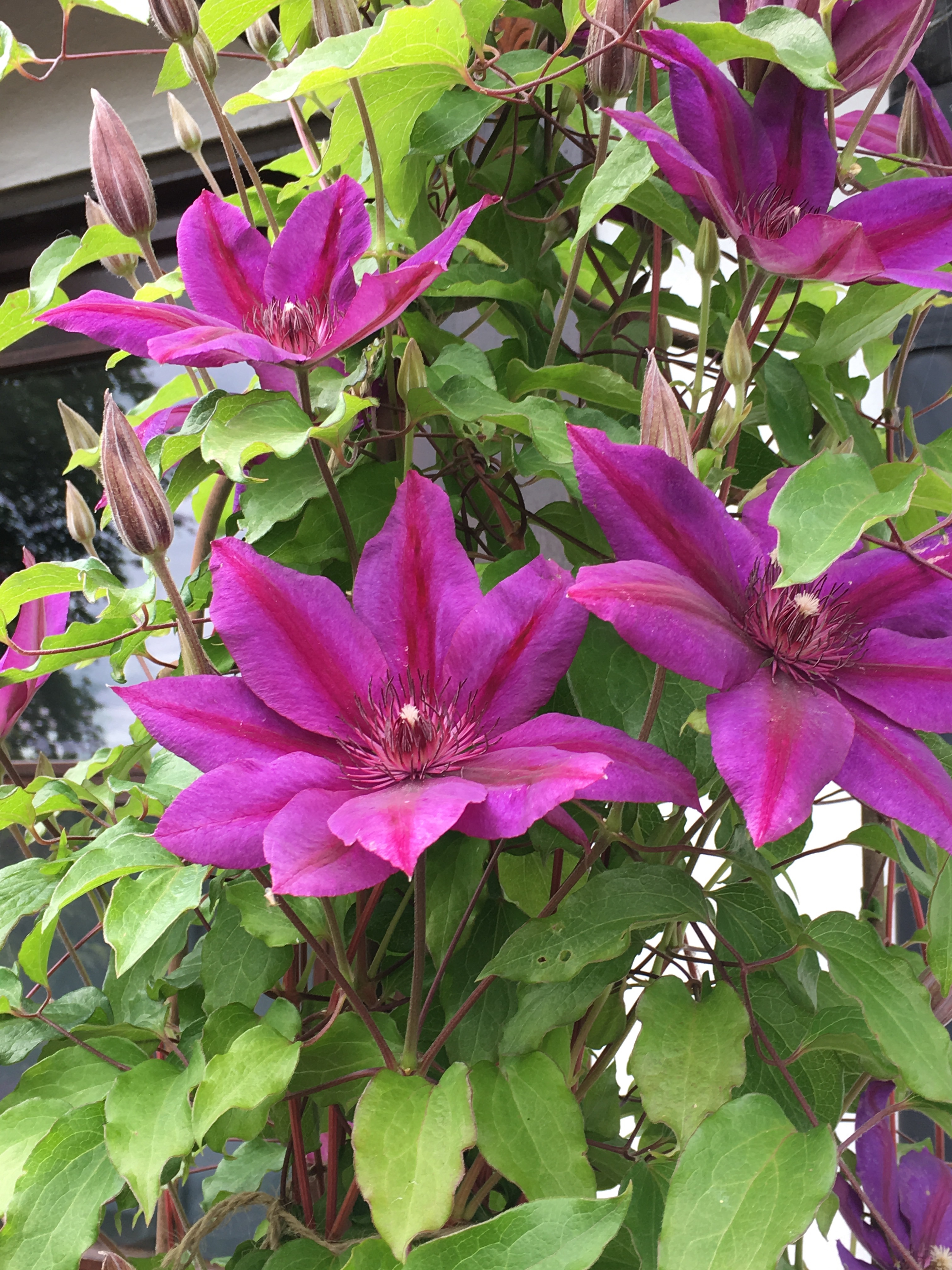
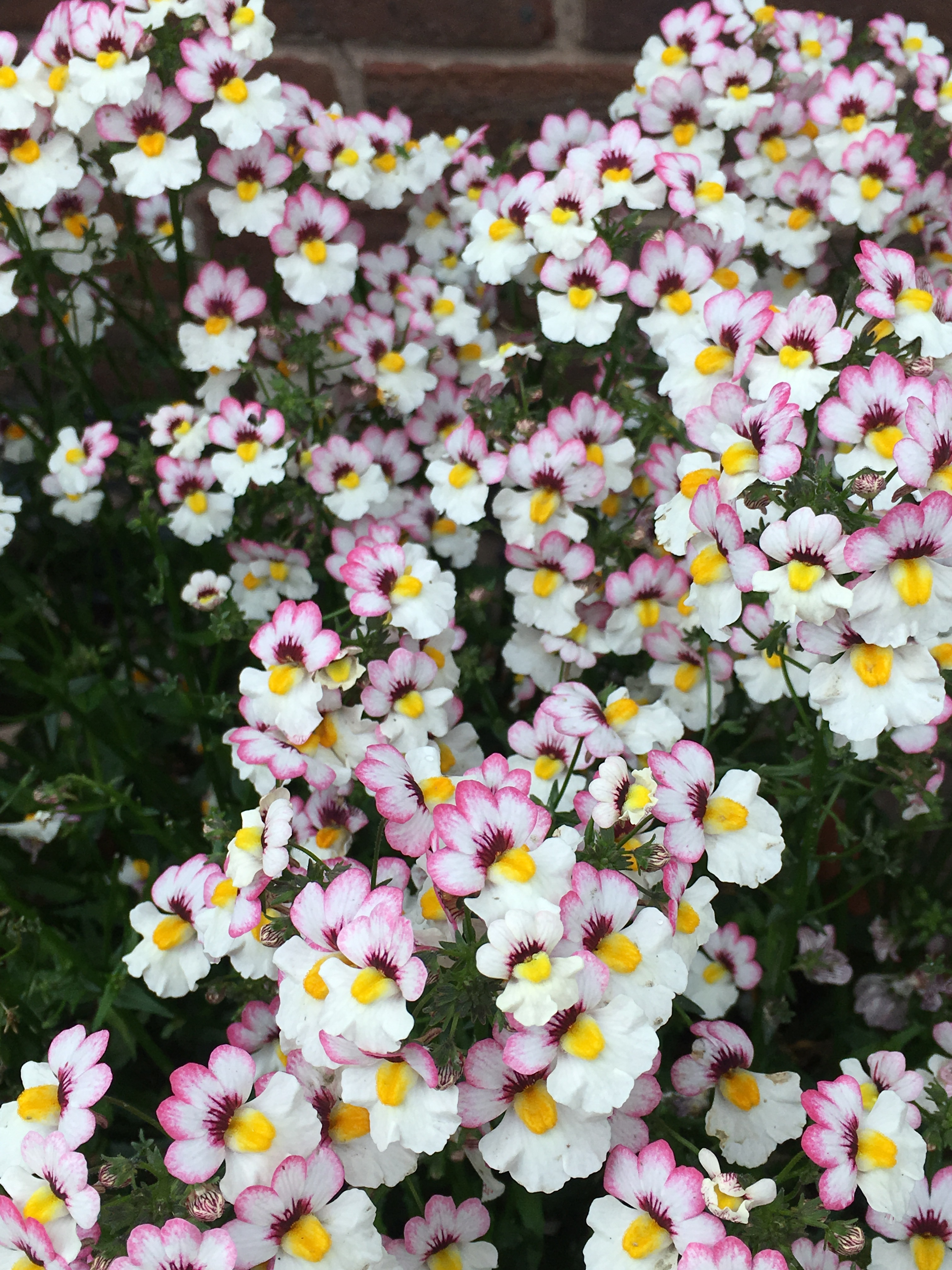
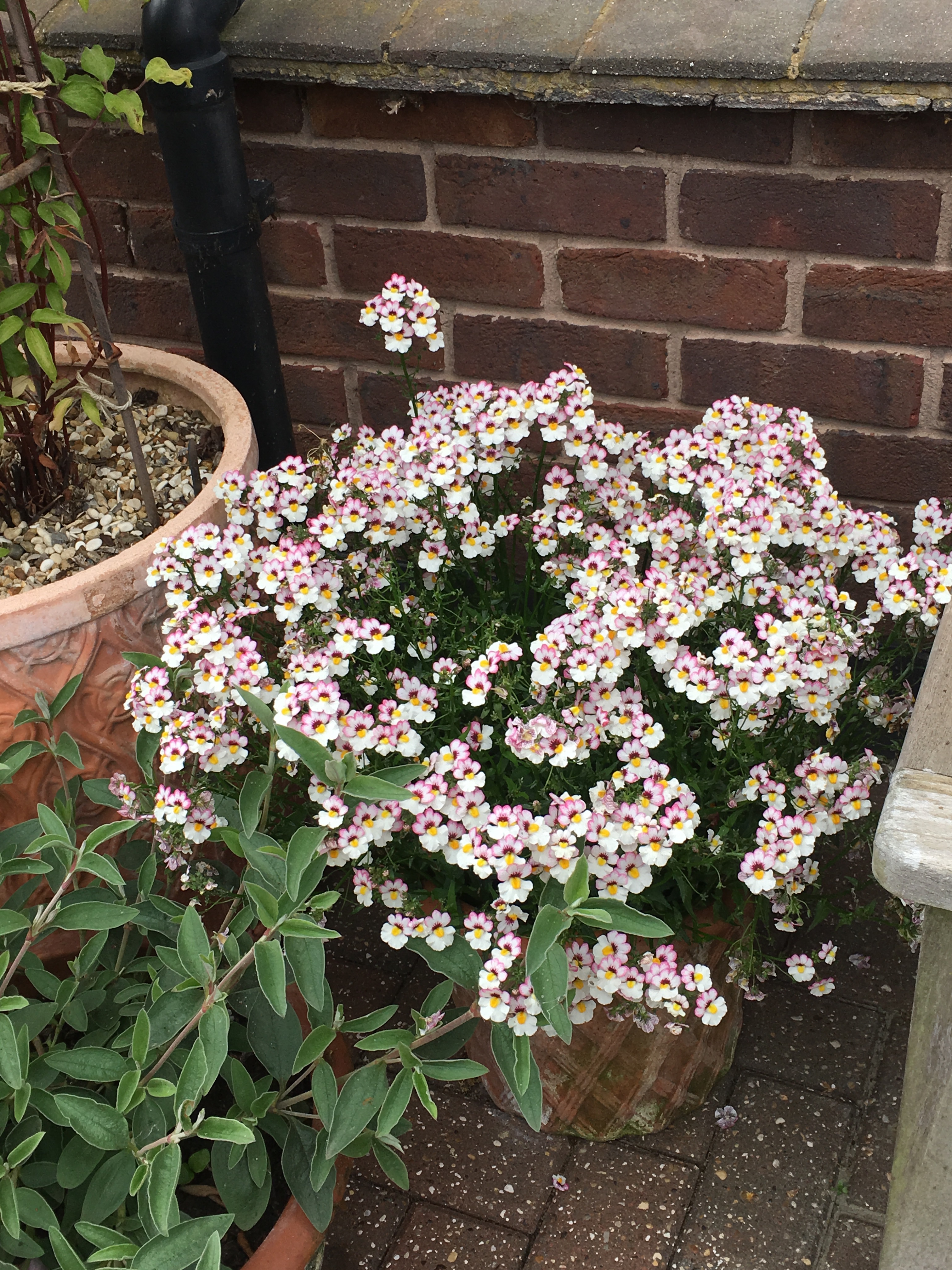
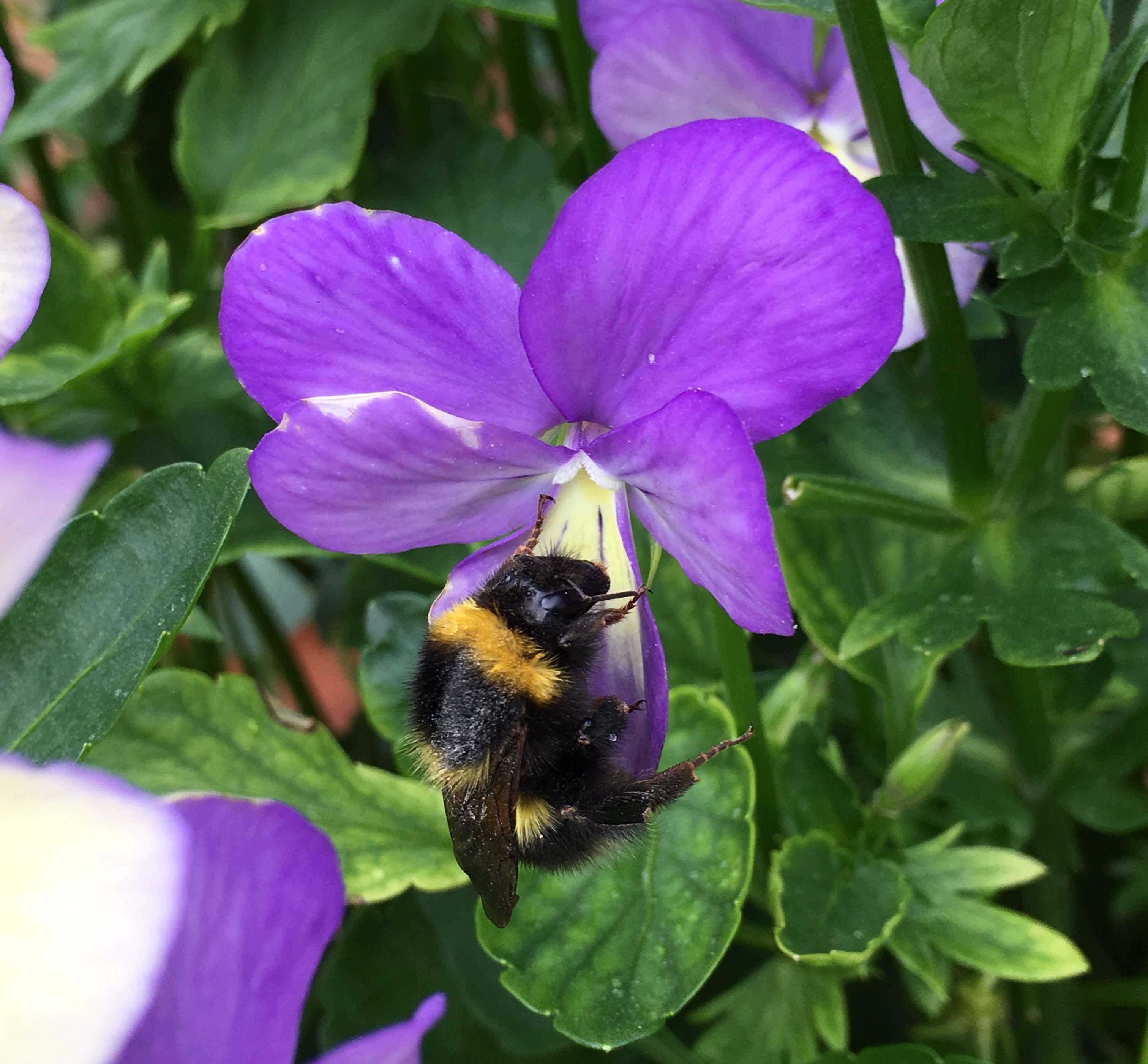
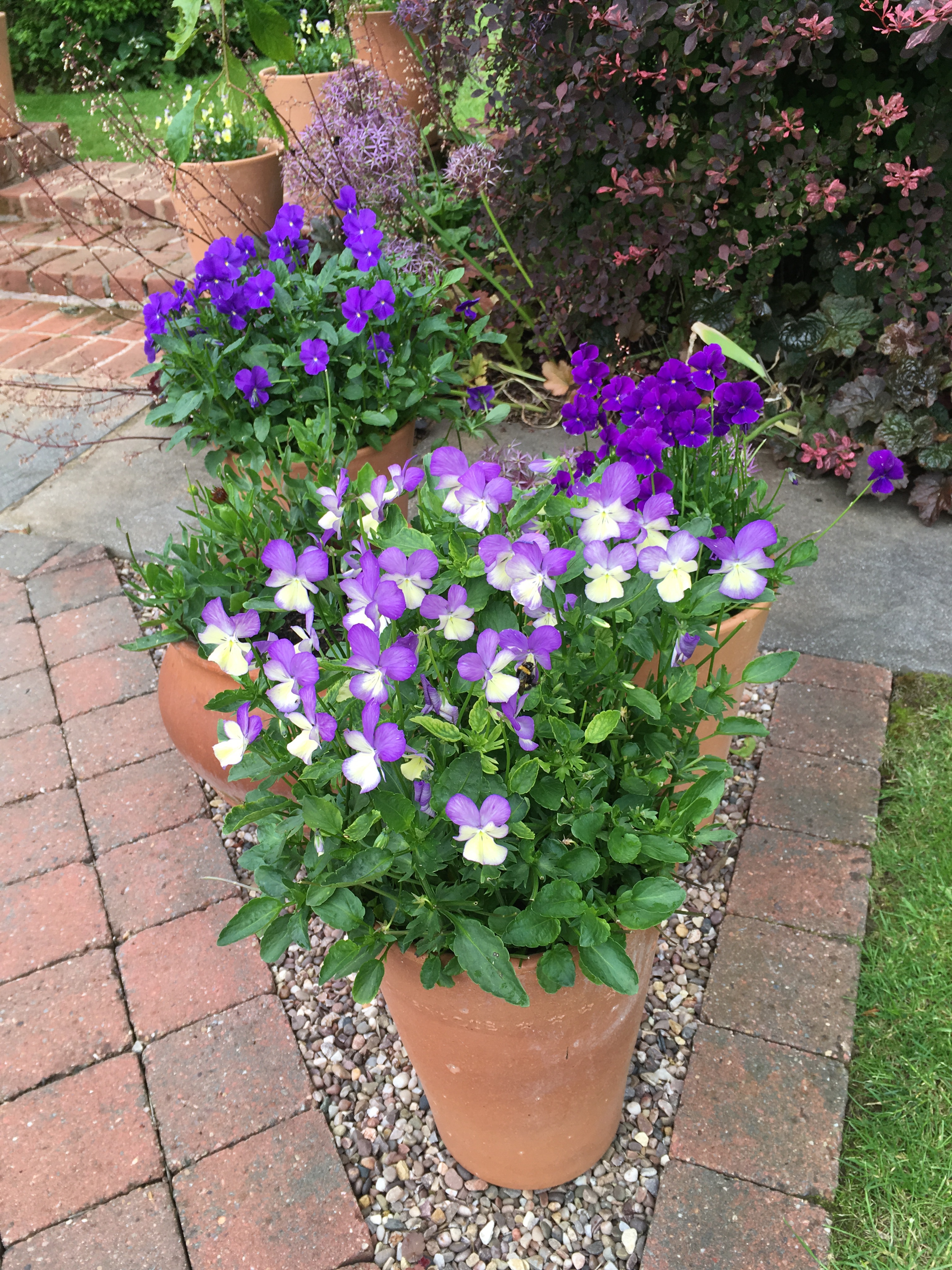

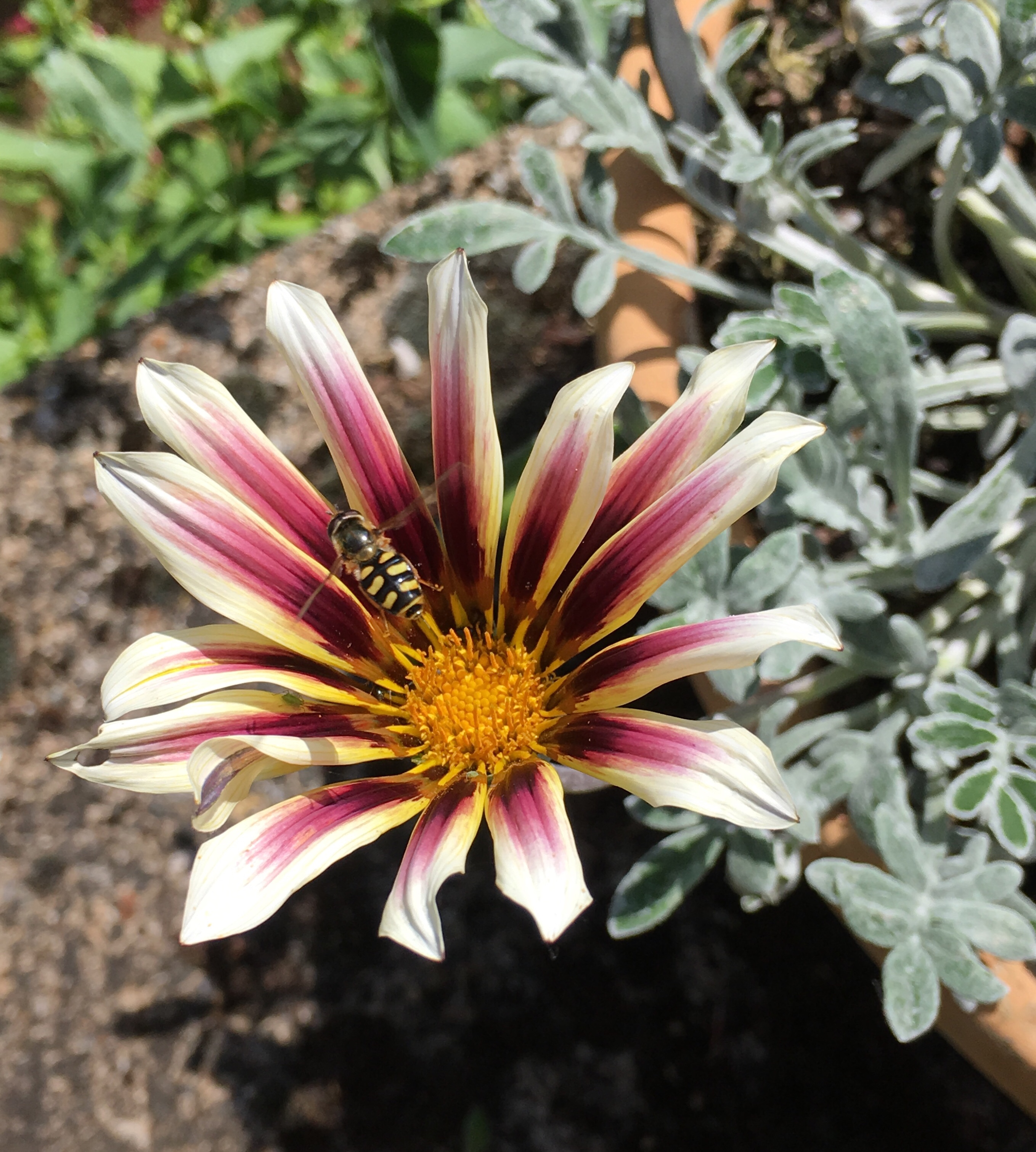




























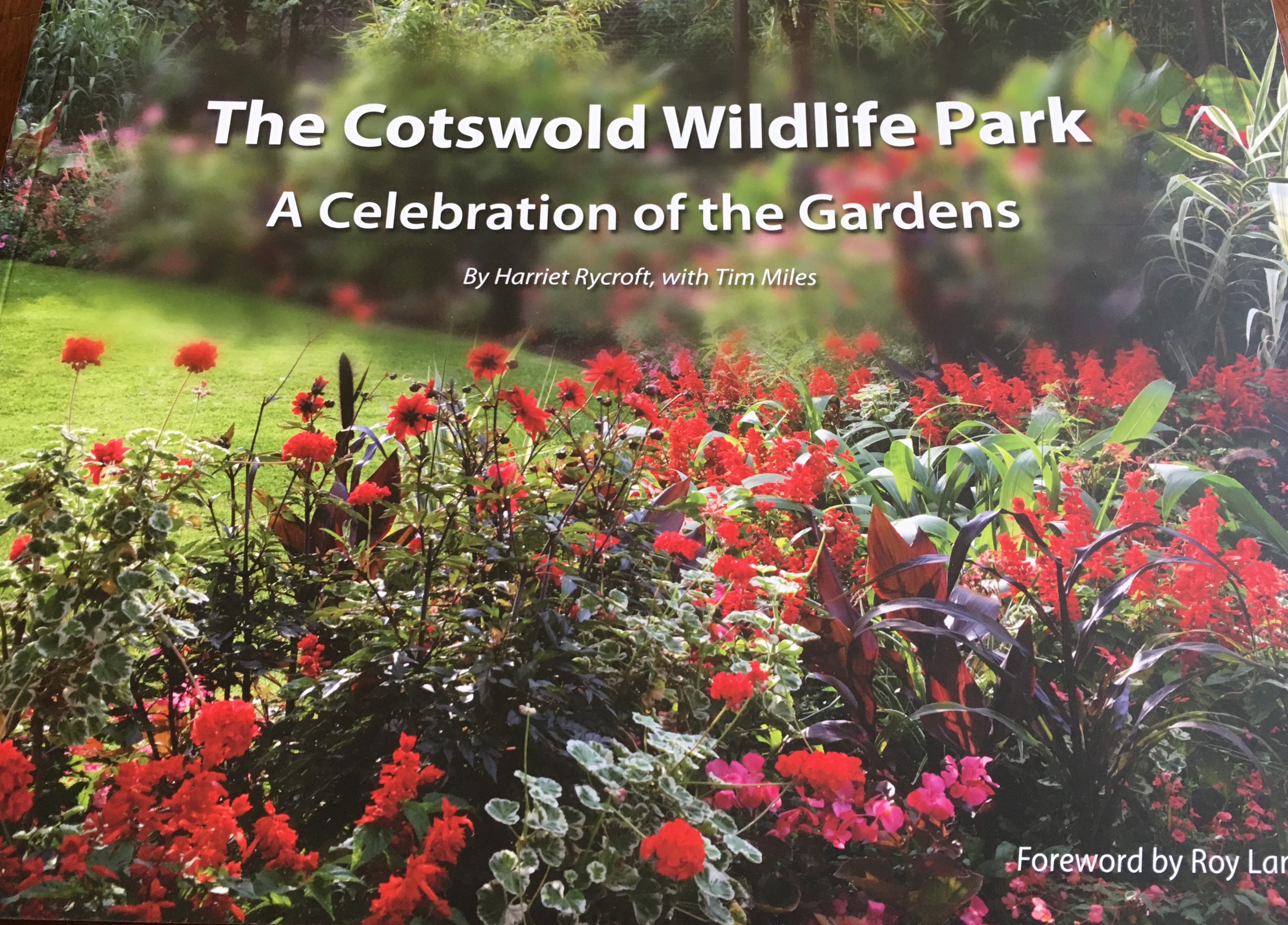













































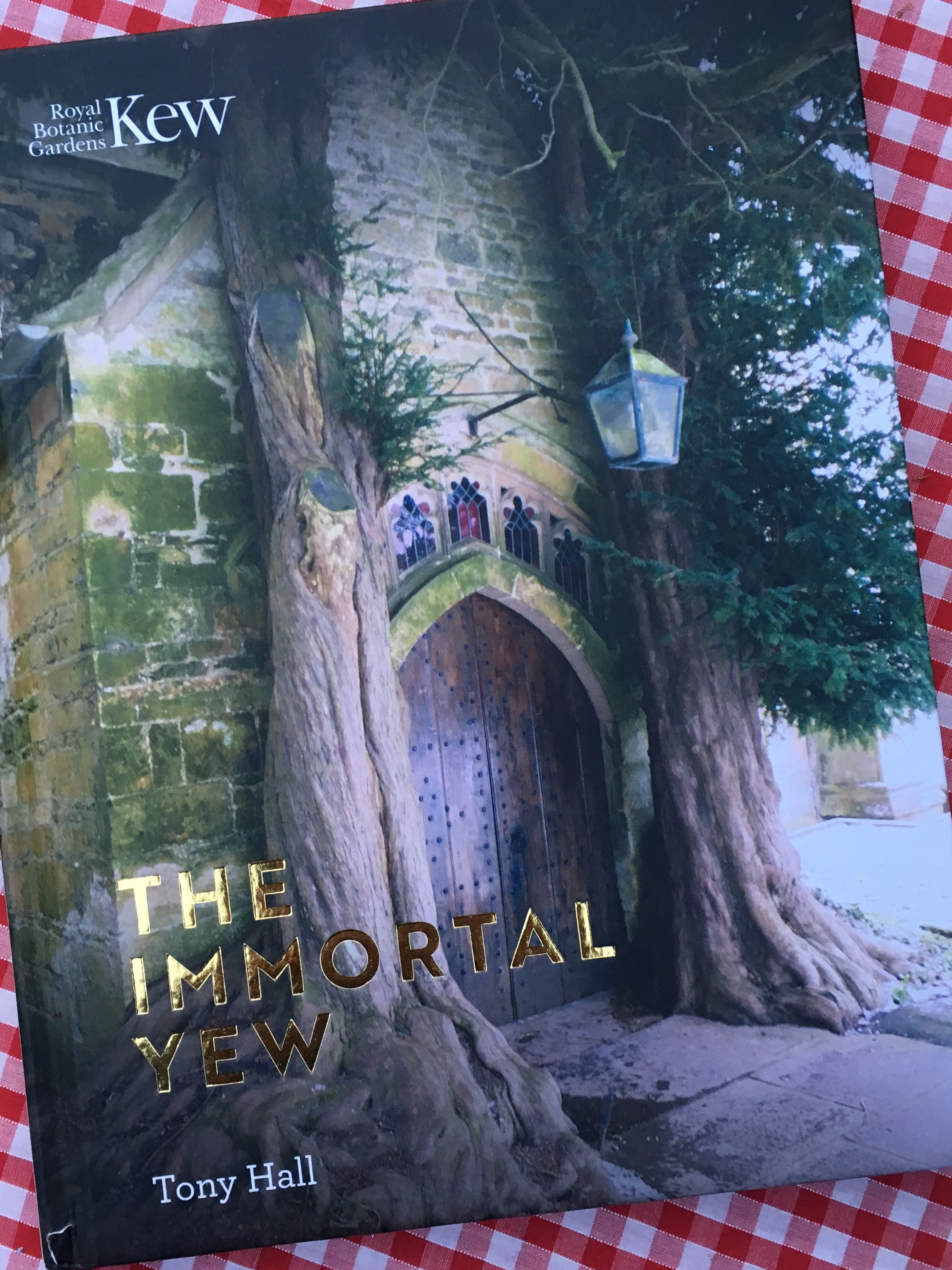
 What books would you recommend to gardening friends? What are your favourite books?
What books would you recommend to gardening friends? What are your favourite books?